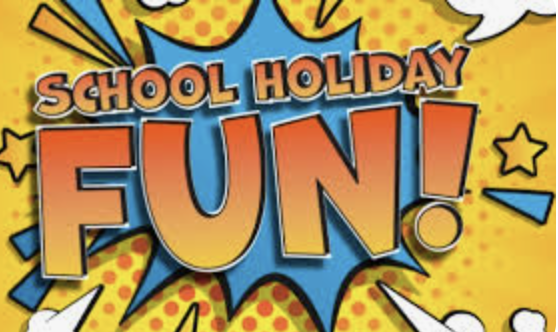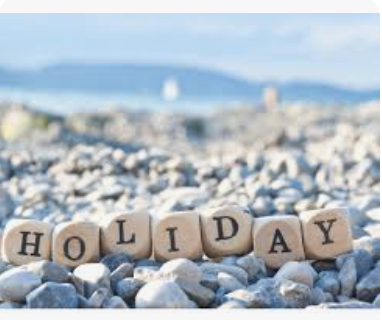7C2 Global Studies
Section outline
-
-
Opened: Monday, 6 May 2024, 12:00 AMDue: Monday, 6 May 2030, 5:00 PM
-
Opened: Thursday, 19 September 2024, 12:00 AMDue: Monday, 25 September 2034, 3:00 PM
-
-
Kia ora 7C2,
A warm welcome to Takutai Whanua. My name is Mrs Raeesa Dada and I am you Global Studies teacher for this year.
I hope that you had an awesome holiday break and that you are all excited about your learning in Takutai Whanau.
Learning Intention:
We are learning to :
- understand the meaning of Global Studies.
Success Criteria: I can/have
discuss with my buddy the meaning of Global Studies
So, what is Global Studies?

Most schools refer to Global Studies as the Social Sciences. We will be learning about how societies work and how people can participate as critical, active, informed, and responsible citizens. Our contexts are drawn from the past, present, and future and from places within and beyond New Zealand!
This year we will focus on including Aotearoa NZ's Histories in our teaching and learning.
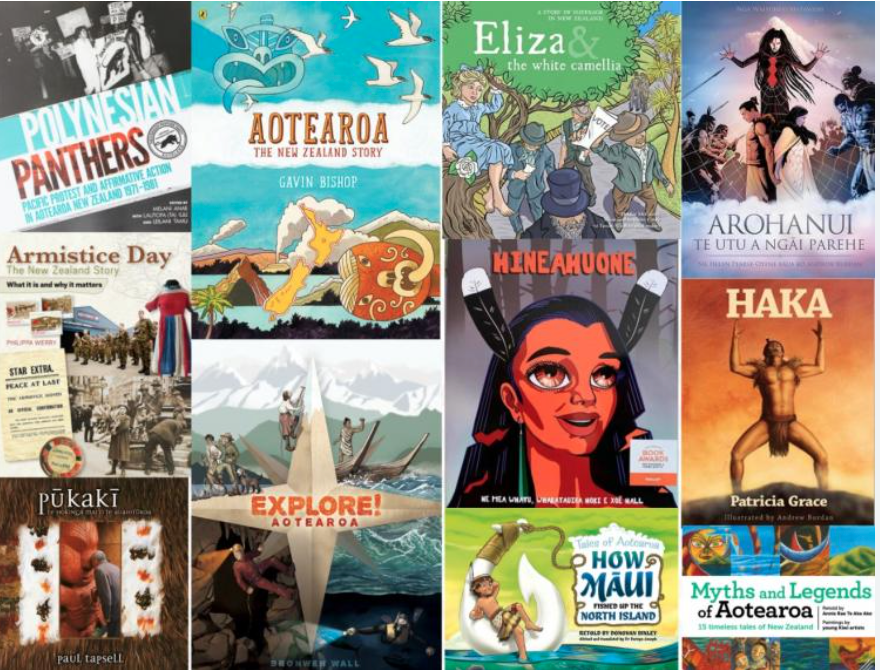
Weekly Quiz
Every Monday, we will be doing the Weekly Quiz.
Each week the quiz consists of twenty international and New Zealand questions that help us understand the news and the world around them. Questions cover politics, events, issues, discoveries, sport, entertainment, knowledge etc.
Be prepared and listen, watch or read the news throughout the week.
This week, we will be spending some time getting to know each other. You will be designing your Global Studies title page so that it tells me something about you and your life.
For example, if I was designing my page I would:
- draw 2 flags one from South Africa (the place I was born in and grew up in) and one from New Zealand(where I've been living for the past 26 years).
- I am a Muslim - so I'd also include visual images and key words about my culture, traditional dress and cultural celebrations.
You will also be completing your sneaker activity giving me a bit more detail about yourself! Remember to add lots of colour!
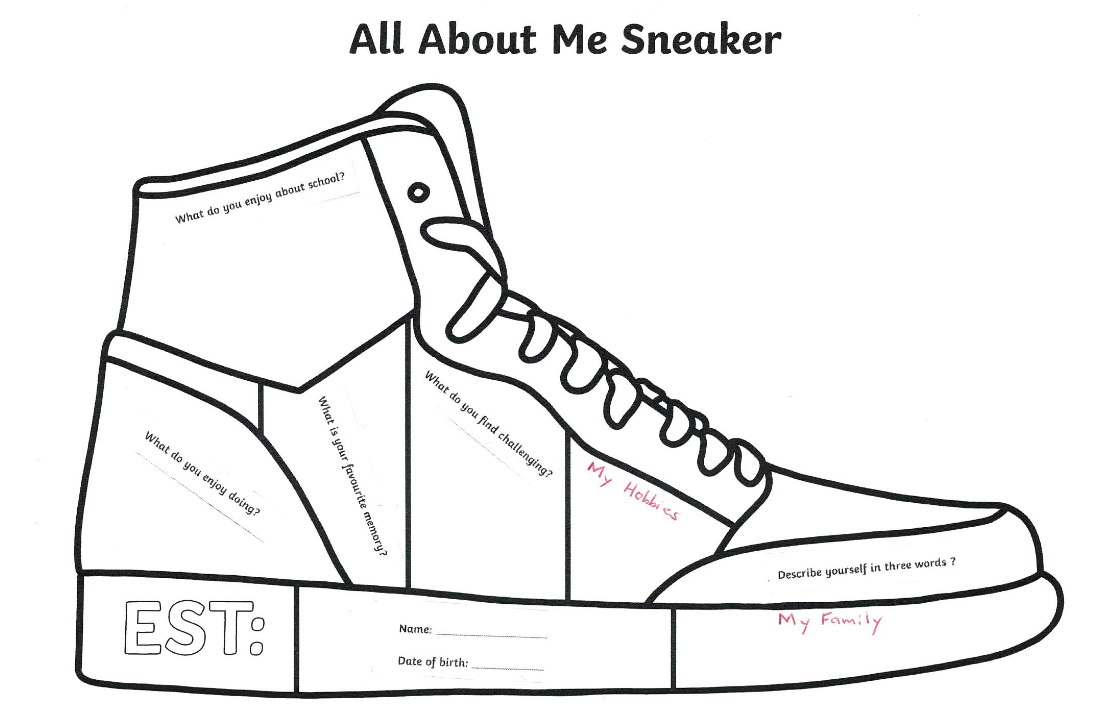
About Waitangi Day....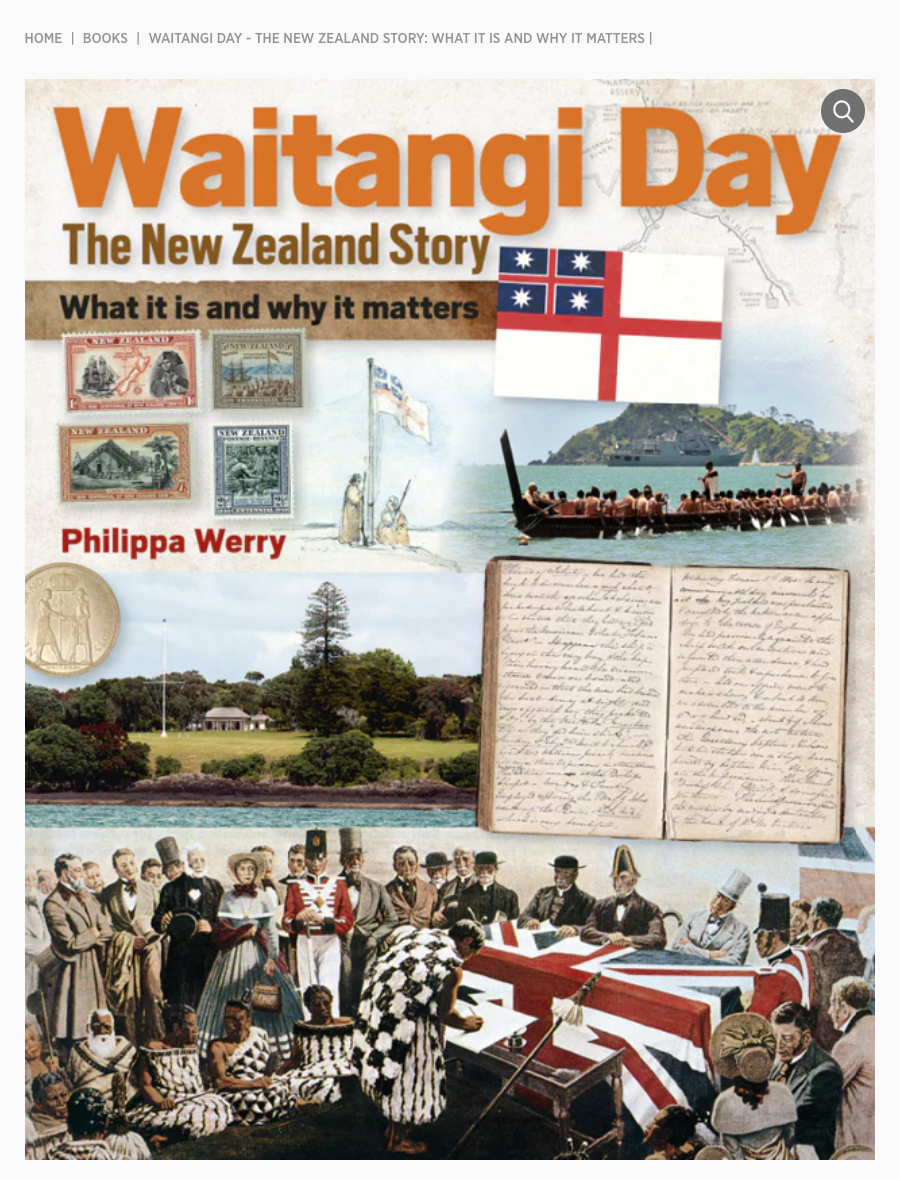
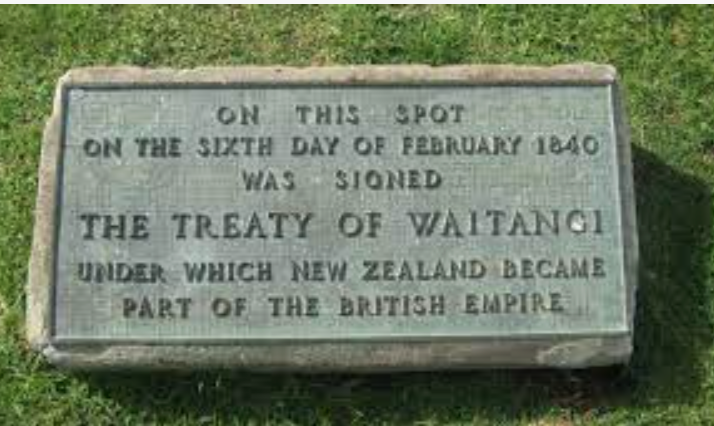

https://nzhistory.govt.nz/politics/treaty/waitangi-day
Please always refer to our 7C2 Google Classroom for more resources. MHOL and Google Classroom are the main resources used for teaching and learning at Mission Heights Junior College!
https://classroom.google.com/u/0/c/NjU3MjA2NzI1MTU5
I look forward to getting to know you all!
-
Kia ora 7C2,

EXPLORE / TŪHURA learning intentions:
- We are EXPLORING what we know about treaties, including Te Tiriti o Waitangi.
- We are CONNECTING links between agreements as a class previously and some details about Te Tiriti or Waitangi Day.
- We are EXPLORING how “sovereignty” (the power to make laws for a country and being able to enforce those laws) is key to understanding Te Tiriti and its implications.
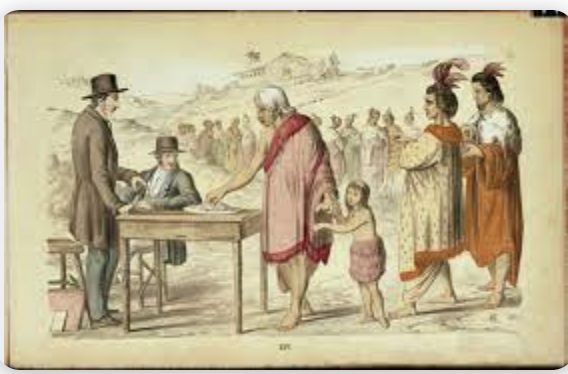
Before the Treaty
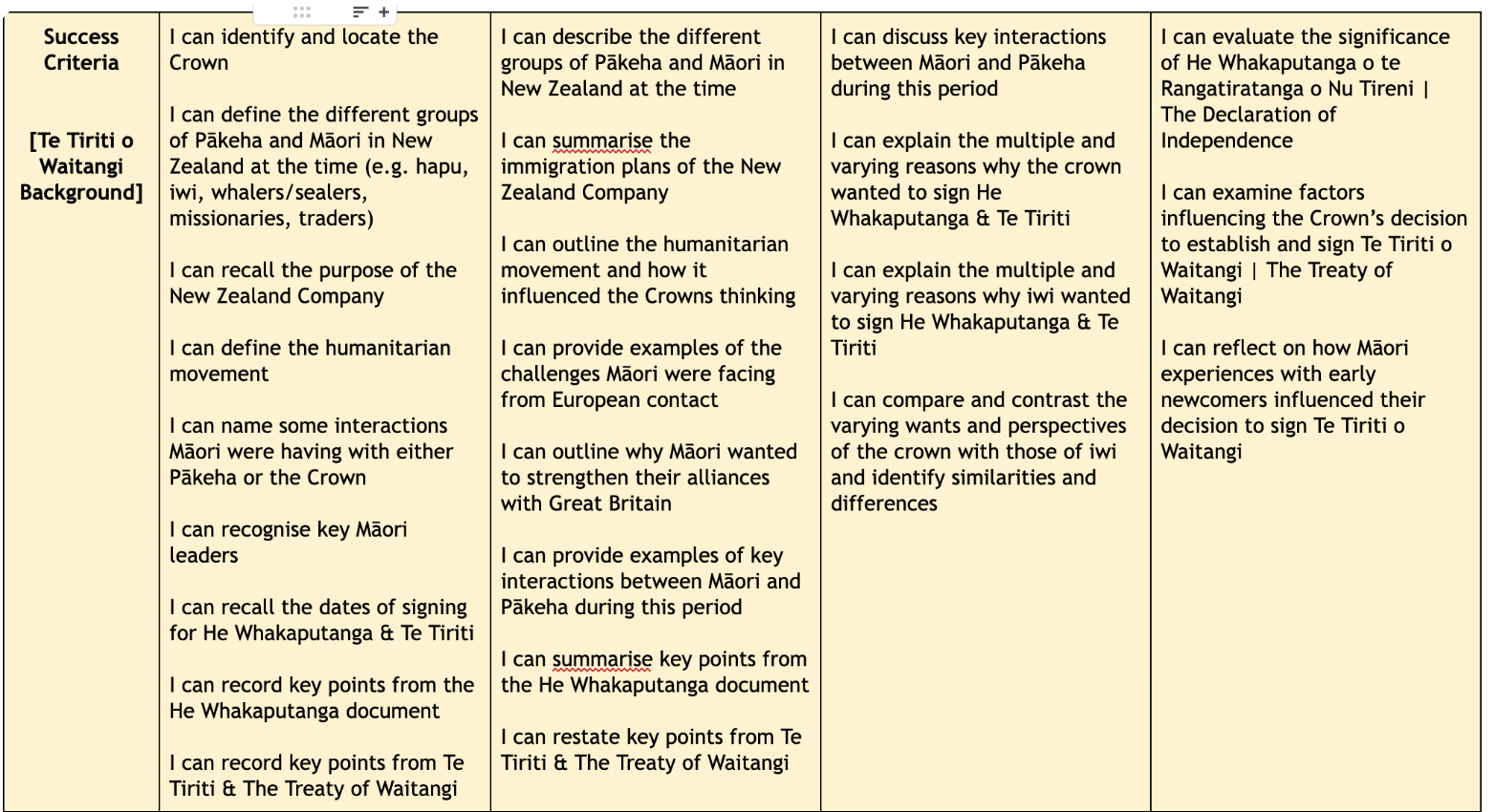
Pre Treaty Activities
- Find out what the students know about the history of Aotearoa New Zealand. Have them work in groups to come up with significant events in our history.
- Read through Comic SJSL_Te Tiriti 0 Waitangi-2ndEd.pdf
- Work towards a class timeline of events. You may like to structure this in the same way as the story (before Te Tiriti, after Te Tiriti).
- Explain that for hundreds of years, Aotearoa New Zealand was a solely Māori land.
- Work through Pre-Treaty Activities on GC.
- Watch the He Whenua Rangatira video from the National Library of New Zealand He Tohu exhibition to give us a sense of the early migrations of hapū and iwi around the country: .
- Discuss the importance of the natural resources that were traded here and overseas.
- Explain that in 1835, He Whakaputanga – the Declaration of Independence told the world that Aotearoa New Zealand was a Māori country and that rangatira were in charge.
- Watch this He Tohu video that shows the voyages of Te Tiriti to find out whether it came to your region: .
- complete sheet on the New Zealand History website: https://nzhistory.govt.nz/politics/treaty/making-the-treaty/treaty-of-waitangi-signing- locations. This website provides biographical information on each person who signed Te Tiriti. Encourage students with a personal connection to Te Tiriti to look for people from their hapū or iwi.
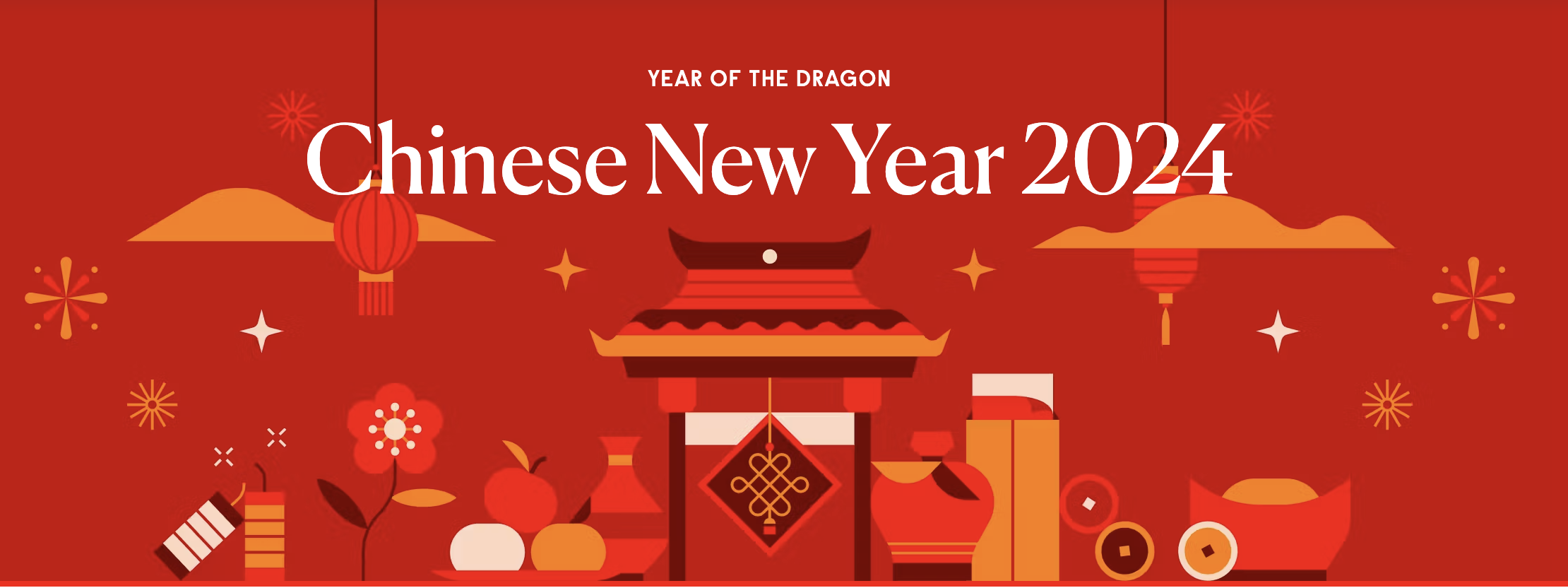
https://chinesenewyear.net/When is Chinese New Year 2024?Saturday, February 10th
Chinese New Year 2024 falls on Saturday, February 10th, 2024, and celebrations culminate with the Lantern Festival on February 24th, 2024.
How Long is Chinese New Year?16 Days
Celebrations last up to 16 days, but only the first 7 days are considered a public holiday (February 10th–February 16th, 2024).
What is the 2024 Chinese Zodiac?Dragon
Chinese New Year marks the transition between zodiac signs: 2024 is the Year of the Dragon; 2023 the Year of the Rabbit.
-
Kia ora 7C2,
This week we will continue with our discussions that we started during our last session.
We will begin our session on Monday with our weekly quiz.
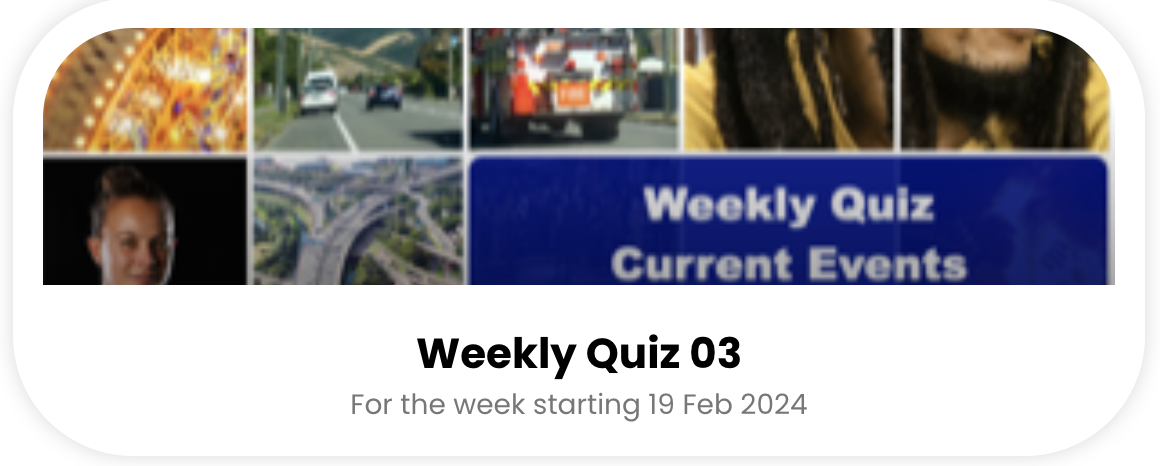
Before the Treaty

Pre Treaty Activities
- Find out what the students know about the history of Aotearoa New Zealand. Have them work in groups to come up with significant events in our history.
- Read through Comic SJSL_Te Tiriti 0 Waitangi-2ndEd.pdf
- Work towards a class timeline of events. You may like to structure this in the same way as the story (before Te Tiriti, after Te Tiriti).
- Explain that for hundreds of years, Aotearoa New Zealand was a solely Māori land.
- Work through Pre-Treaty Activities on GC.
- Watch the He Whenua Rangatira video from the National Library of New Zealand He Tohu exhibition to give us a sense of the early migrations of hapū and iwi around the country: https://www.youtube.com/watch?v=8w0zjqA3hUI .
- Discuss the importance of the natural resources that were traded here and overseas.
- Explain that in 1835, He Whakaputanga – the Declaration of Independence told the world that Aotearoa New Zealand was a Māori country and that rangatira were in charge.
- Watch this He Tohu video that shows the voyages of Te Tiriti to find out whether it came to your region: https://www.youtube.com/watch?v=GPhhHwwveDw .
- complete sheet on the New Zealand History website: https://nzhistory.govt.nz/politics/treaty/making-the-treaty/treaty-of-waitangi-signing- locations. This website provides biographical information on each person who signed Te Tiriti. Encourage students with a personal connection to Te Tiriti to look for people from their hapū or iwi.

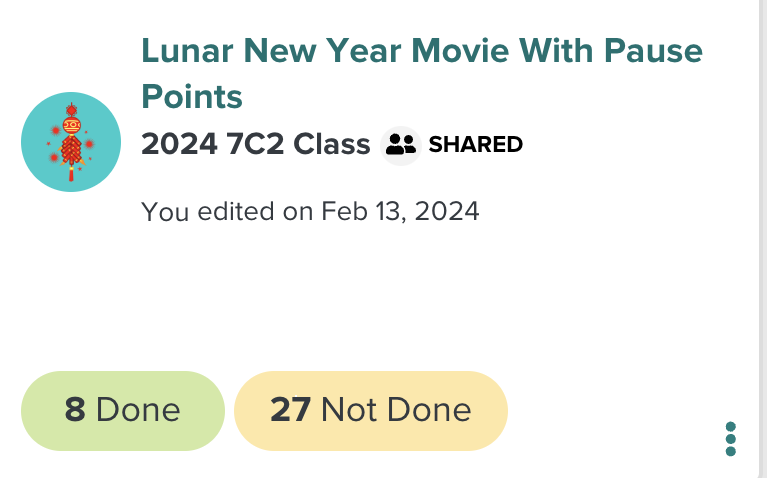
BrainPOP link (click here to access your BrainPOP activity)
A reminder to please complete your BrainPOP activity if you haven't already done so. Well done to the 8 students who have completed it so far! -
Kia ora 7C2,
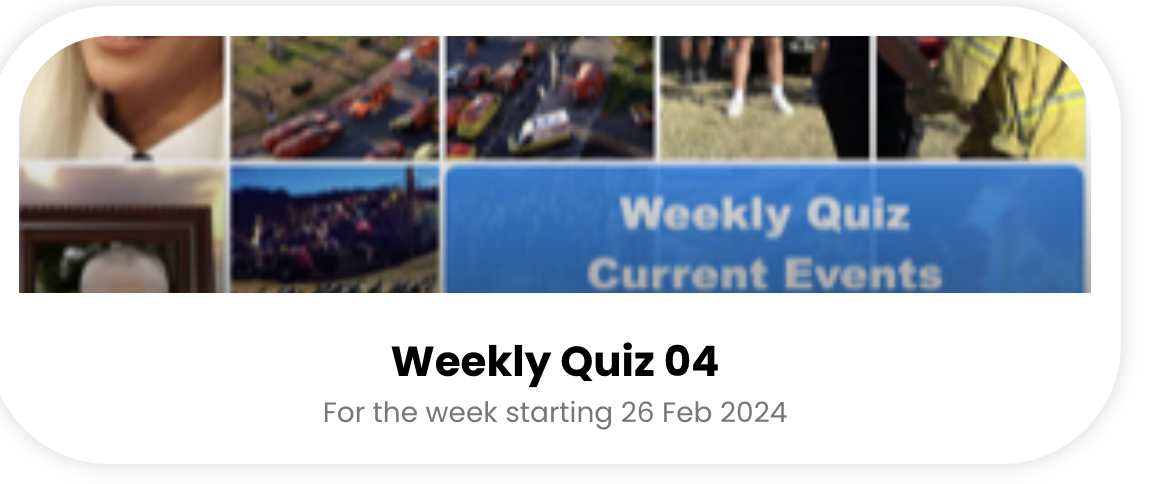
Learning Intention:
We are learning about :
- the arrival of the voyagers in NZ.
- the importance of the History of New Zealand.
Success Criteria: I can/have
share my prior knowledge of the discovery of New Zealand.
How do we believe that Voyagers arrived in New Zealand?
Complete the following task in your book.
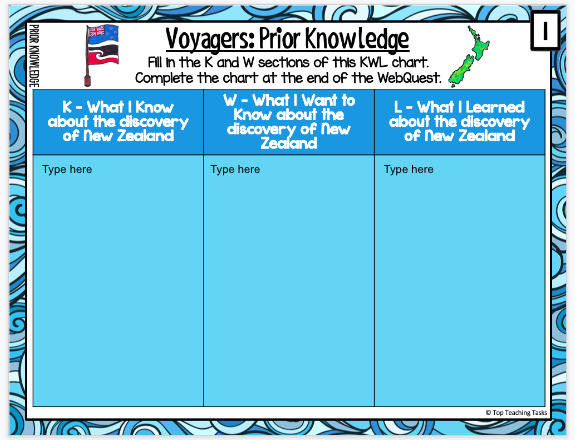
EXPLORE / TŪHURA learning intentions:
- We are EXPLORING our country and making connections between the history of the arrival of colonists to Aotearoa
Who was Kupe?
Answer the following questions on the slide presentation in Google Classroom
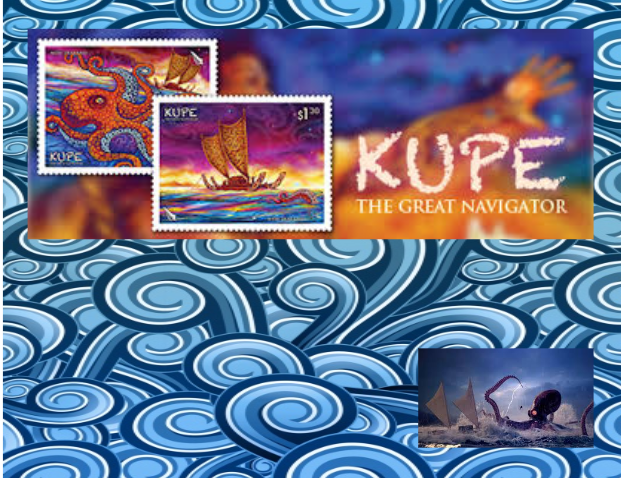
Look at the following information
The Fish of Māui video
Māui and the Giant Fish http://eng.mataurangamaori.tki.org.nz/Support-materials/Te-Reo-Maori/Maori-Myths-Legends-and-Contemporary-Stories/Maui-and-the-giant-fish
Māui Recites a Fishing Karakia https://teara.govt.nz/en/video/6799/maui-chants-a-fishing-karakia
The Legend of New Zealand https://www.newzealand.com/int/feature/the-legend-of-new-zealand/
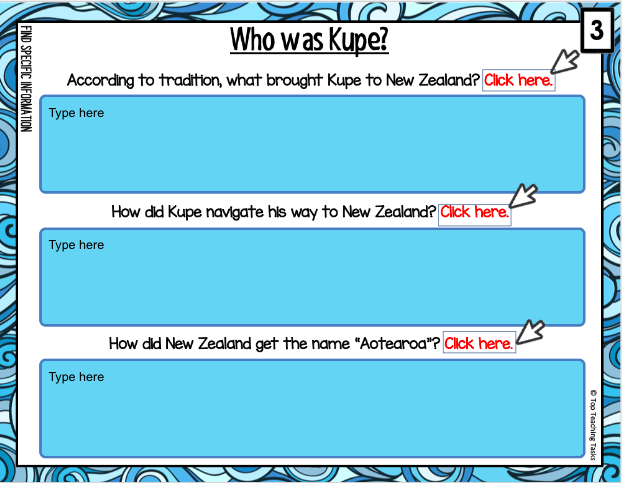
- According to legend, what brought Kupe to Aotearoa?
First People’s in Maori Tradition – Kupe
2. How did Kupe navigate his way to New Zealand?
3. How did New Zealand get the name Aotearoa?
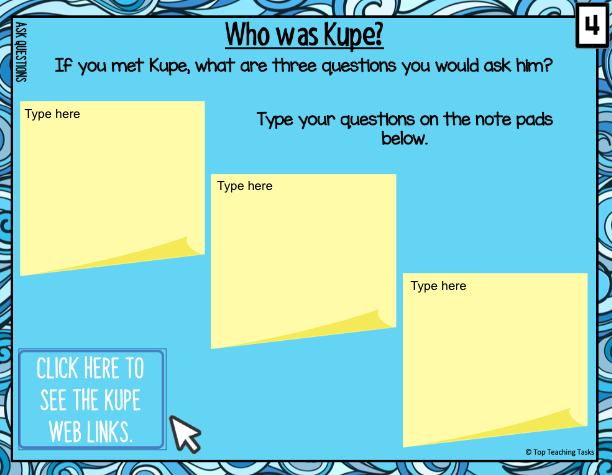
Ask your questions on the Google Slides doc in Google Classroom.
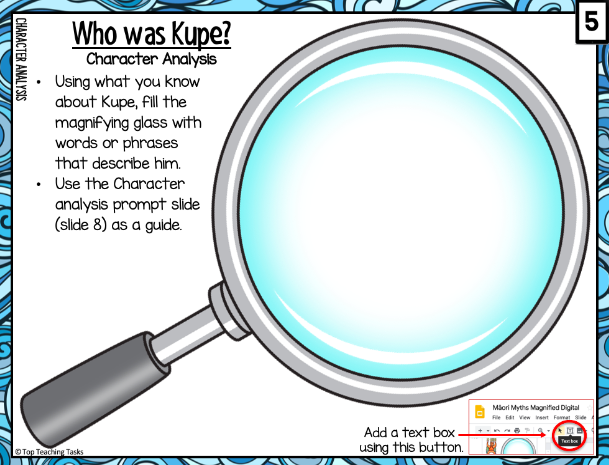
Use the prompts below to tell us what you know about Kupe as a person.
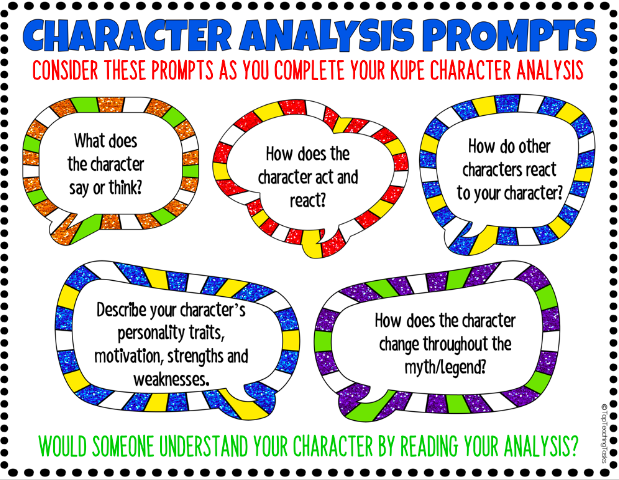
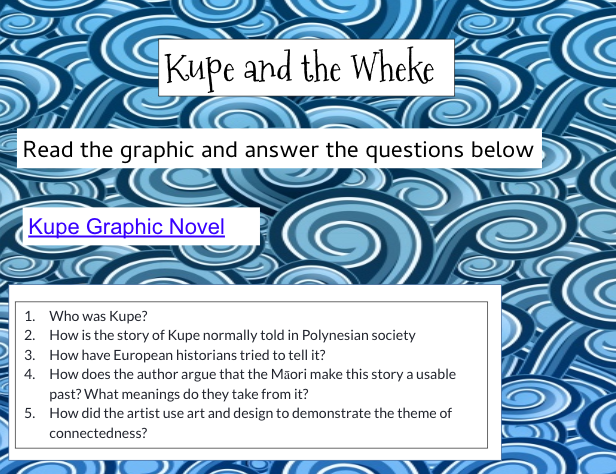
Graphic attached below
-
Kia ora 7C2,
EXPLORE / TŪHURA learning intentions:
- We are EXPLORING the Parihaka invasion and making connections between the controversy around land ownership caused by the mistranslation of the Treaty of Waitangi.
- The Parihaka invasion is a shameful historical event that displaced those who were peacefully resisting colonisation by British settlers.
- This Parihaka invasion PowerPoint lays out the historical context post-New Zealand Land Wars and the controversy around land ownership caused by the mistranslation of the Treaty of Waitangi.
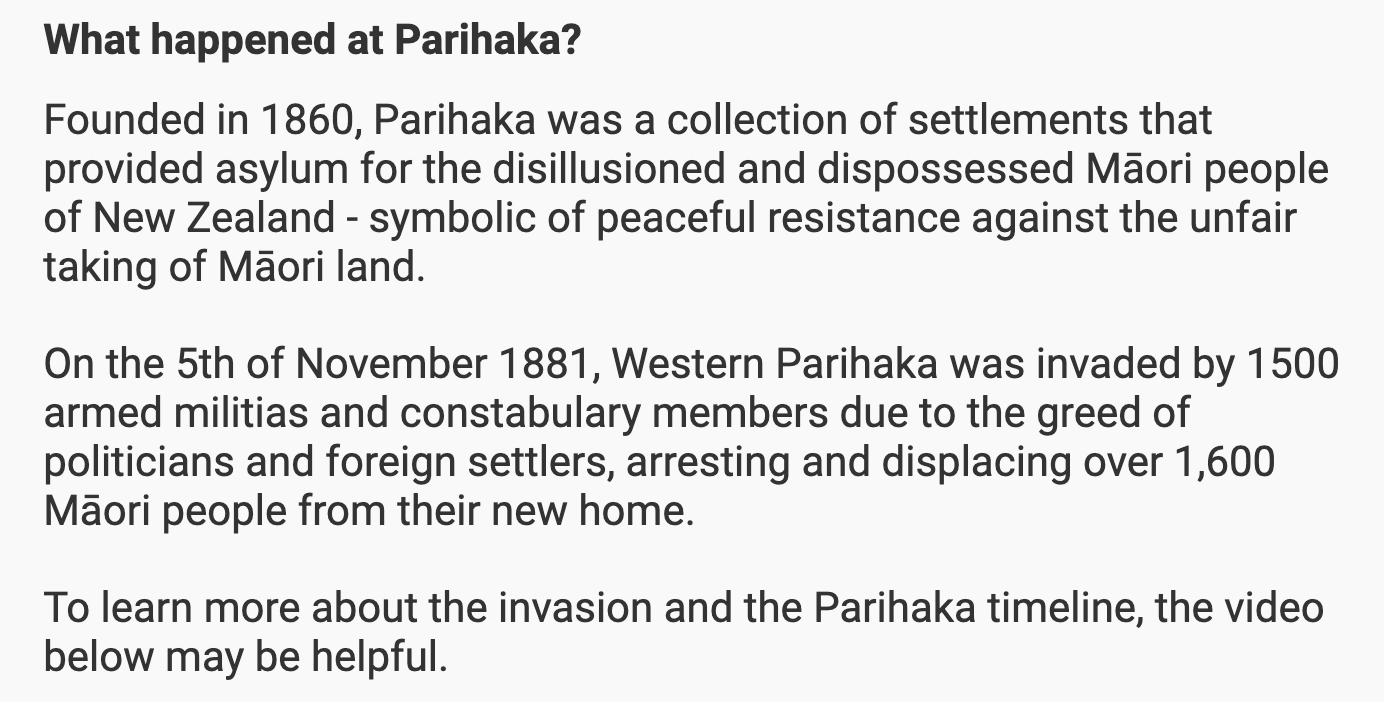
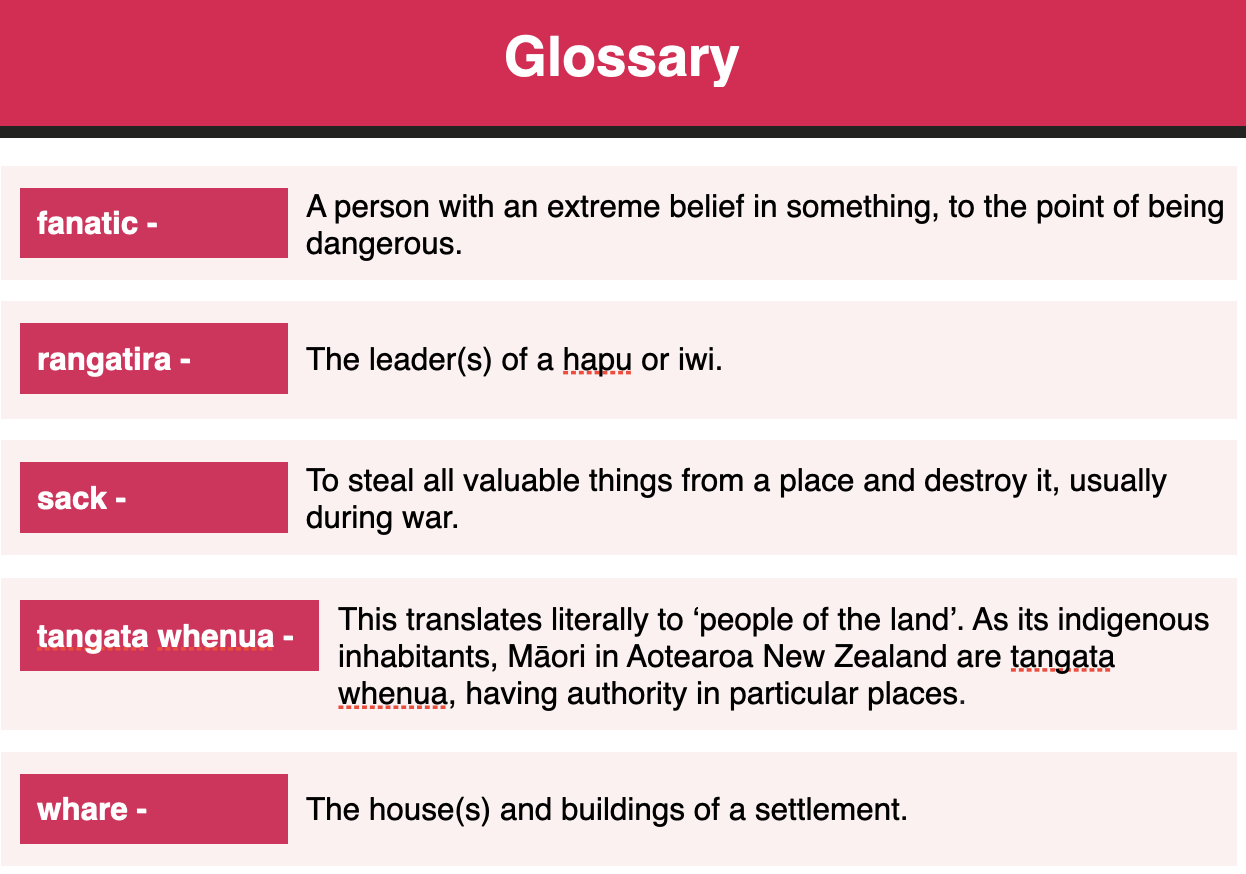
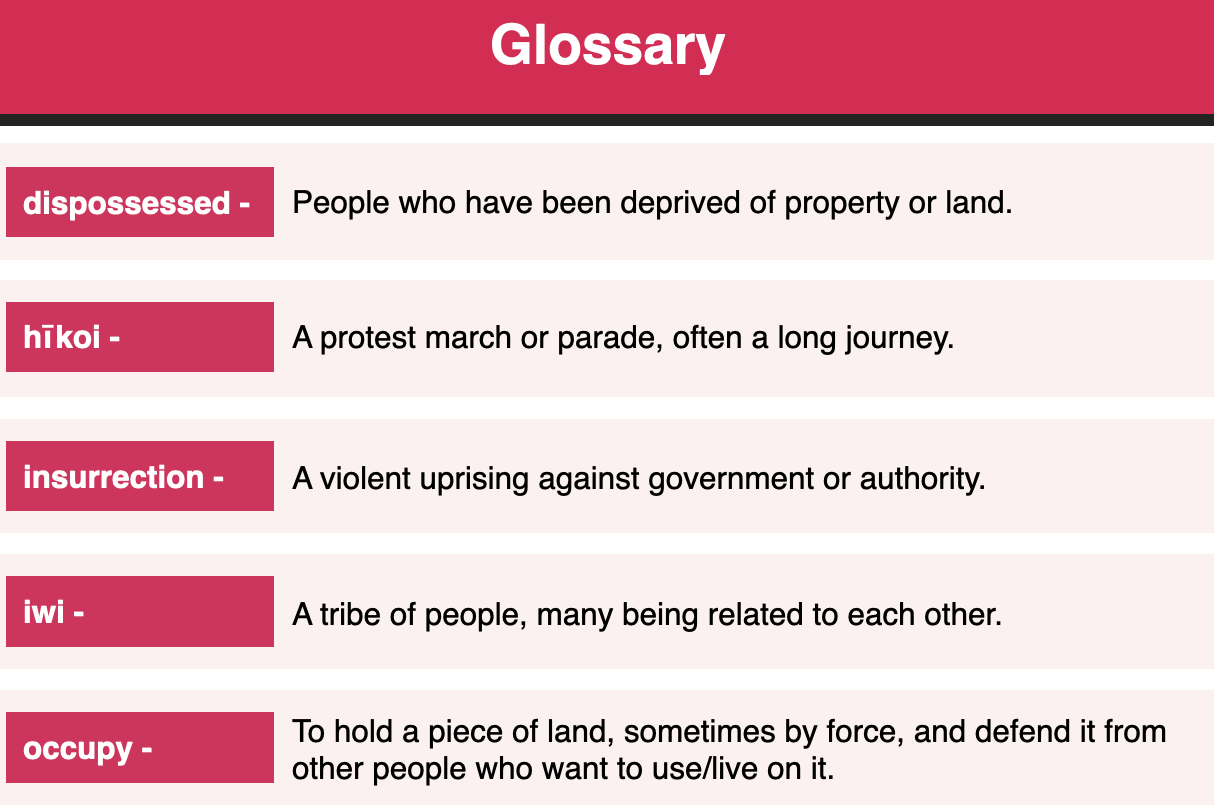
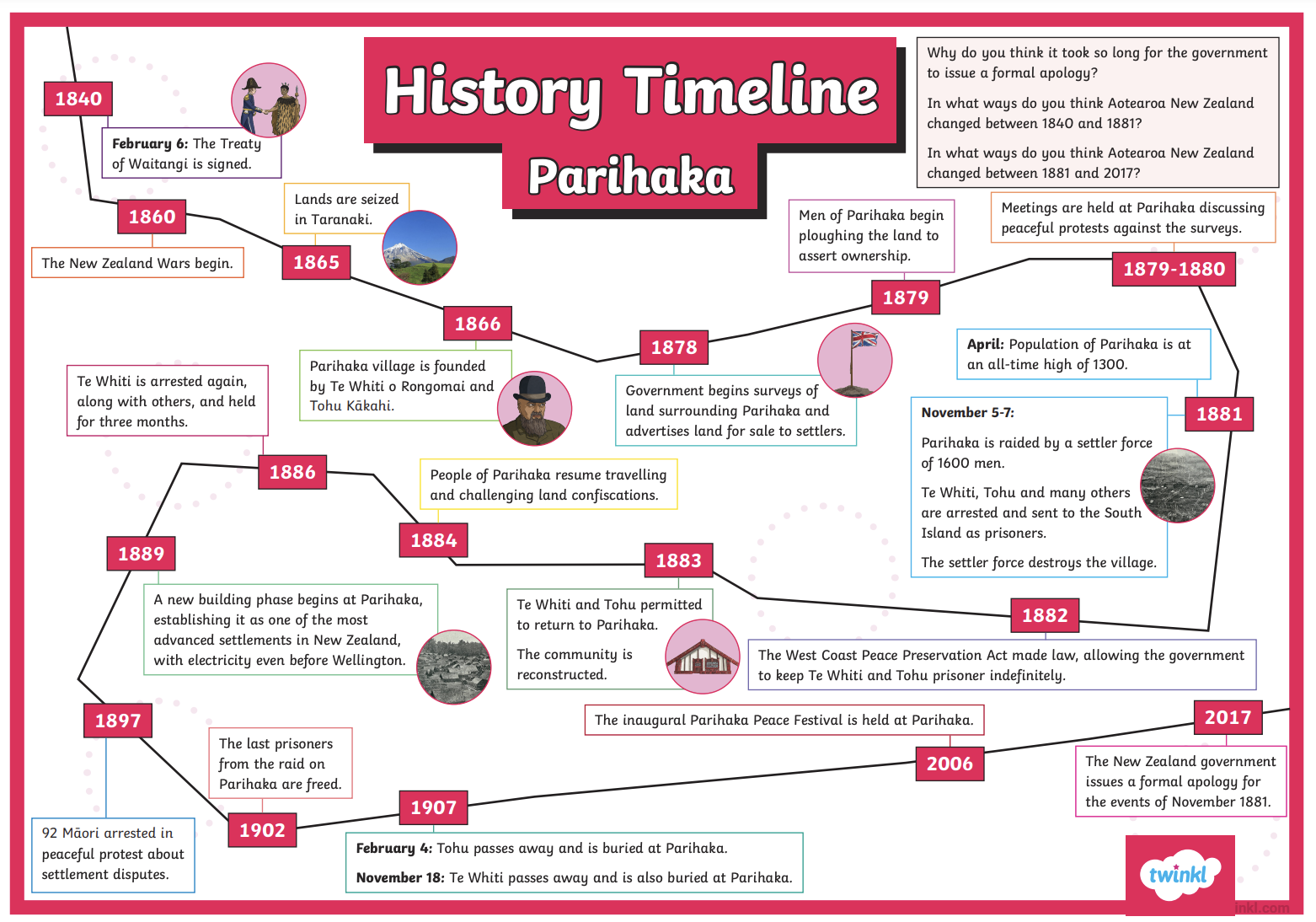
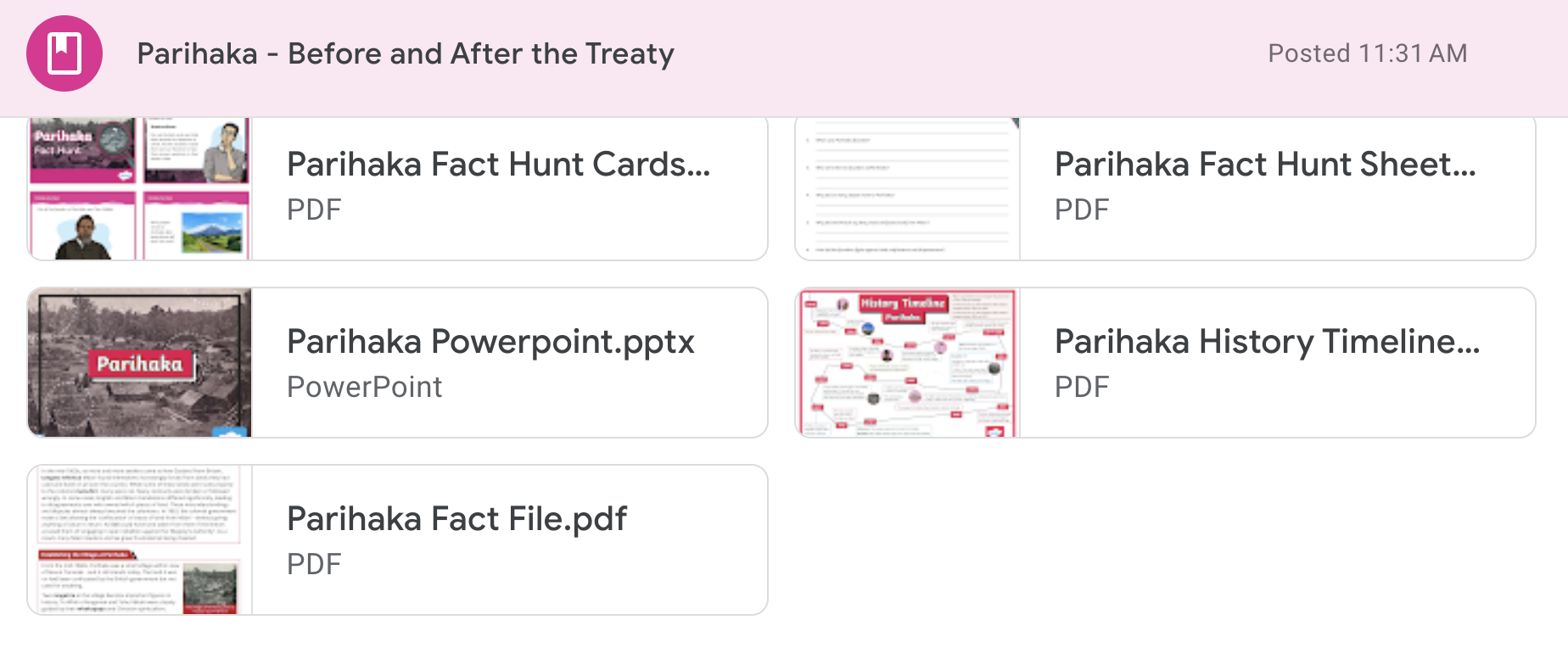 Students will be reading through the resources on Google Classroom:Parihaka - Before and after the treaty:Parihaka - Fact Hunt Cards - ReadParihaka - Fact Hunt Sheet - Complete answers in booksComplete any incomplete Education Perfect and Brainpop.
Students will be reading through the resources on Google Classroom:Parihaka - Before and after the treaty:Parihaka - Fact Hunt Cards - ReadParihaka - Fact Hunt Sheet - Complete answers in booksComplete any incomplete Education Perfect and Brainpop. -
Kia ora 7C2,
FOCUS / ARONGA learning intentions:
- We are FOCUSING on the strong spiritual bonds Māori have with the land - Papatūānuku (the Earth mother).
- We are FOCUSING on the Māori world view of taonga/treasures (such as land, soil and water).
- We are FOCUSING on the Māori concept of kaitiakitanga (guardianship and conservation) of these taonga.
- We are FOCUSING on understanding kaitiakitanga as a source of unity and identity for tangata whenua.
Success Criteria
- We have been able to reflect on the impact of an experience for ourselves and on the impact of an experience for the group as a whole.
- We have been able to transfer skills and knowledge they have learnt in one context to another context
- We have identified key words or phrases to describe an activity, experience or concept and create a crossword using these.
- We have explored different ways of learning and what is comfortable for each person and develop caring thinking skills.
- We have been able to review and assess how they are going as they work through a project, activity or journey.
The Y Camp Adair is one of NZ's oldest and largest camps!
Established in 1913, The Y Camp Adair (formerly known as the YMCA) in Hunua has provided thousands of Kiwis the opportunity to develop themselves using the great outdoors. Overlooking the stunning Hunua Ranges Regional Park, YMCA Camp Adair covers 100 acres and includes four self-contained areas that can accommodate a total of 434 people.
At The Y Camp Adair, we love welcoming people from all walks of life. Examples of groups that have used our camp have included (but are not limited to); community groups, family groups, corporate team building, church retreats, sports teams and school camps from Auckland and beyond. If you are a group of people who need a venue, you will find everything you need for your outdoor adventure experience – accommodation, indoor facilities, catering and most importantly our amazing activities!
Everyone who visits our unique camp in Hunua gets the opportunity to enjoy the fresh air, open fields and the native bush of Auckland’s oldest regional park right on our doorstep.
As Year 7's at MHJC, we get to attend 3 days of camp. This week we are preloading with information about the camp and activities and preparing to experience some great events and have a great time.
-
Kia ora 7C2,
Camp week : Wednesday 20 March - Friday 22 March.
PLAN & DO / WHAKAMAHI learning intentions:
- This week Monday and Tuesday we will continue with our PLANNING for our camp at Camp Adair so that we can we can be prepared and have knowledge and understanding about Camp Adair, the area and activities.
Founded in 1913.
Camp run by The Y.
Originally known as Camp Hunua, founded by George Adair, Director of YMCA, Auckland and later name changed to Camp AdairNew Zealand’s oldest and largest camp.
Select one of the 3 camps and research the camp.
Find out:
Where they are?
What they offer?
Costs of going to camp?
Other interesting ideas?
Stories of the pastThis 1938 newspaper article reports on the first-ever nationally authorised school camp, held for senior boys from Auckland's Epsom Normal School at a YMCA camp at Hūnua, south of Auckland. The Auckland Star reported that the boys 'did all the cooking and assisted the cook; they studied chiefly Nature, art, practical arithmetic, music, physical education, swimming and lifesaving, went on study rambles, produced plays, and ended each day with a singsong.' Their parents felt that such camps should become 'a permanent feature of normal school policy,' and the Education Department agreed.
Where you are staying
The Hugh Lambie (HL) village sleeps 96 people, made up of three cabins of 16, three of 12 and two of 6. Minimum occupation of 40 people. All cabins and dining hall have wheelchair access along with 1 toilet/shower.
ChallengeCreate a crossword or word find using the activities at Camp Adair.
The task is to use the information on the website to write the clues.
https://www.ymcanorth.org.nz/find-your-local/camp-adair-hunua/It must include at least 15 clues:
Climbing -
Air Rifles
Abseil -
Archery
Cargo Climb -
Bush Cooking
Crate Stack -
Confidence Course
Giant Ladder -
Fire Lighting
High Beam -
Orienteering
Flying Kiwi -
Catapults
Islands in the sky -
Kayaking
Pirates Crossing -
Raft Building
Two Wire Bridge -
Tramping
Leap of Faith -
Campfire
High Swing -
Mudslide
- Burma Trail -
- Glow Worm Walk
You will leave for Camp on Wednesday morning. Make sure that you have gone through your gear list and that you are well prepared!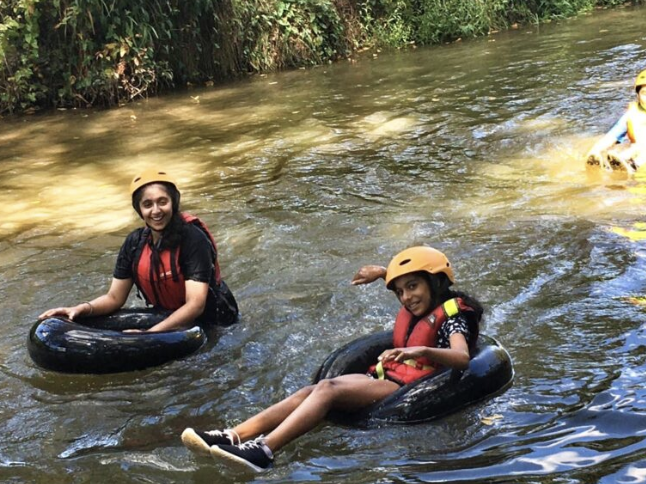
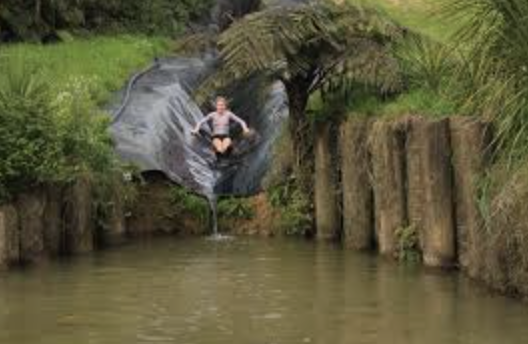
-
Kia ora 7C2,
Welcome back from Camp. It is great to have you back!
I hope that you enjoyed Orienteering at camp! As a follow up activity we will be completing a few mapping skills.
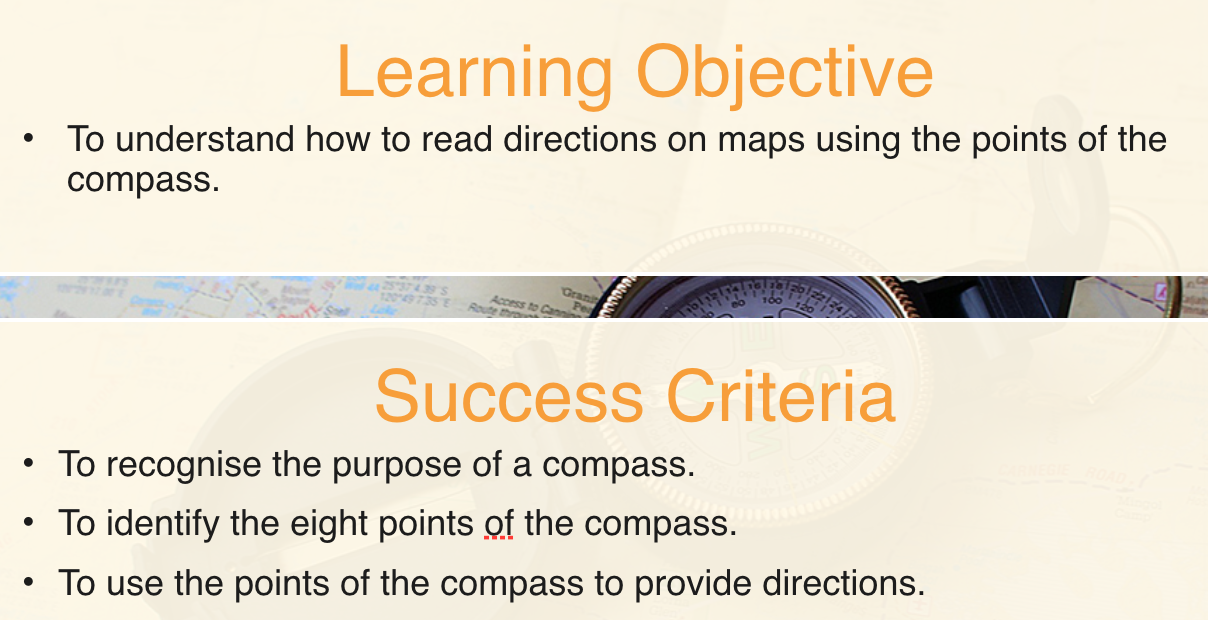
Activities:
Starting on a new page in your books, write down the heading Mapping Skills and Direction.Copy the Learning Objective and Success Criteria.
Next answer the questions from the slide below in your Global Studies book.
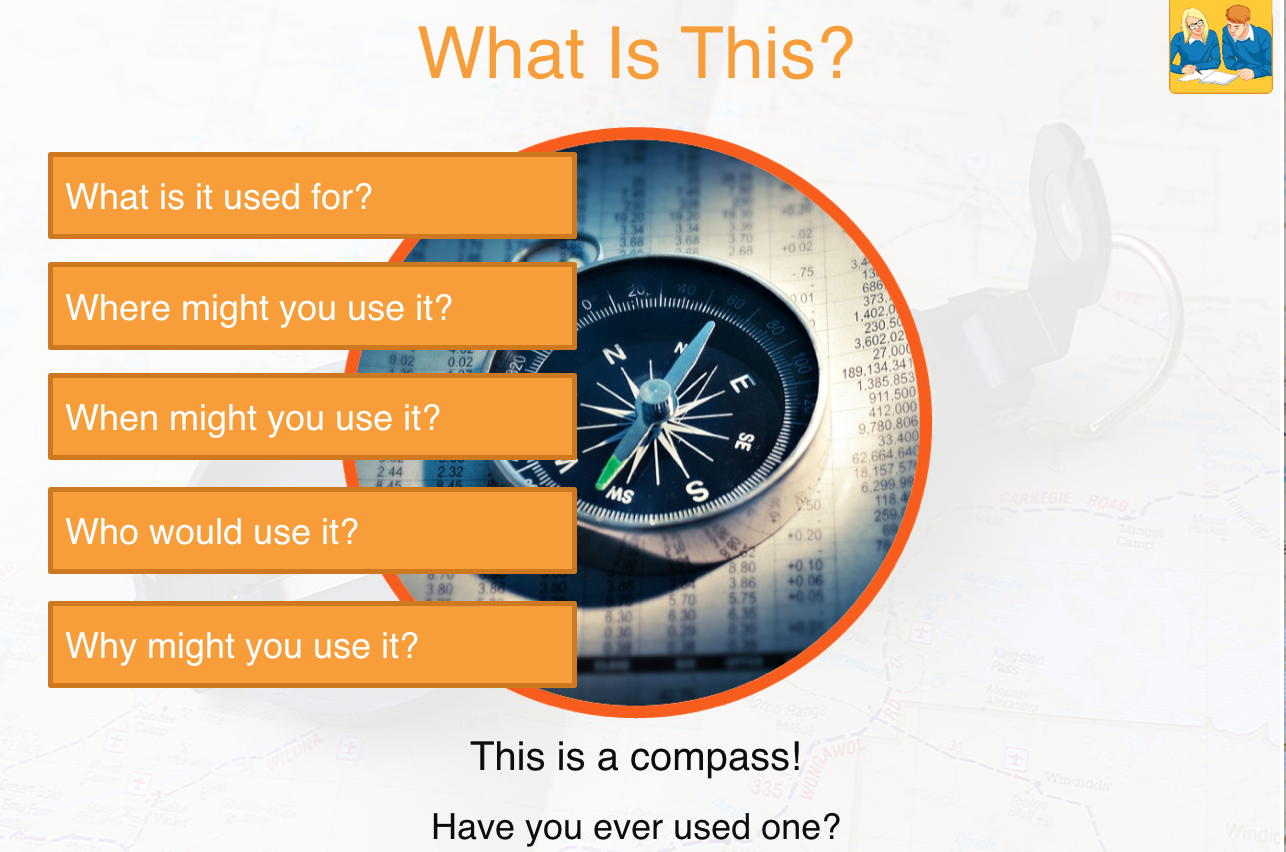
For your information,
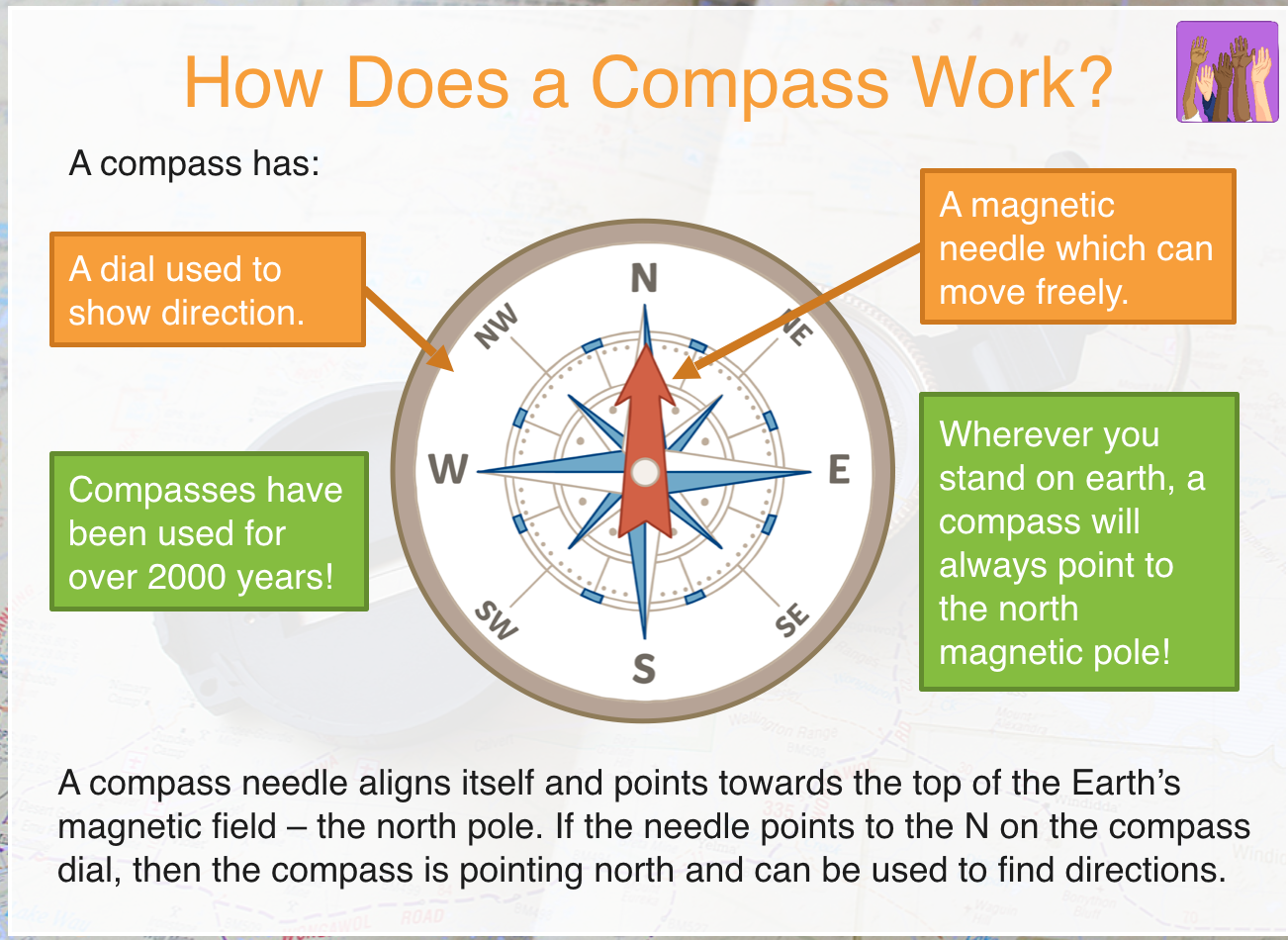
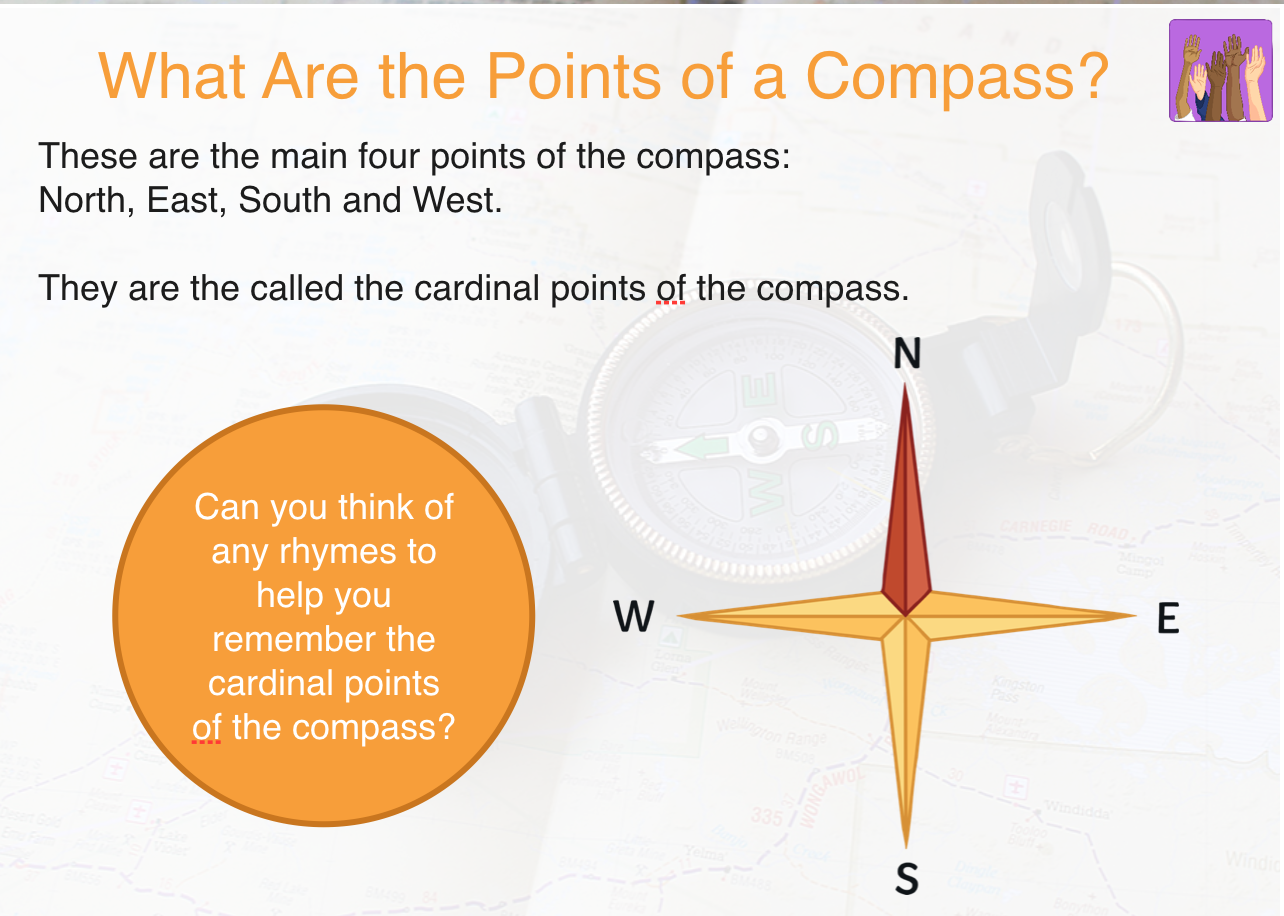
Copy the compass points image below in your book and label the compass points.
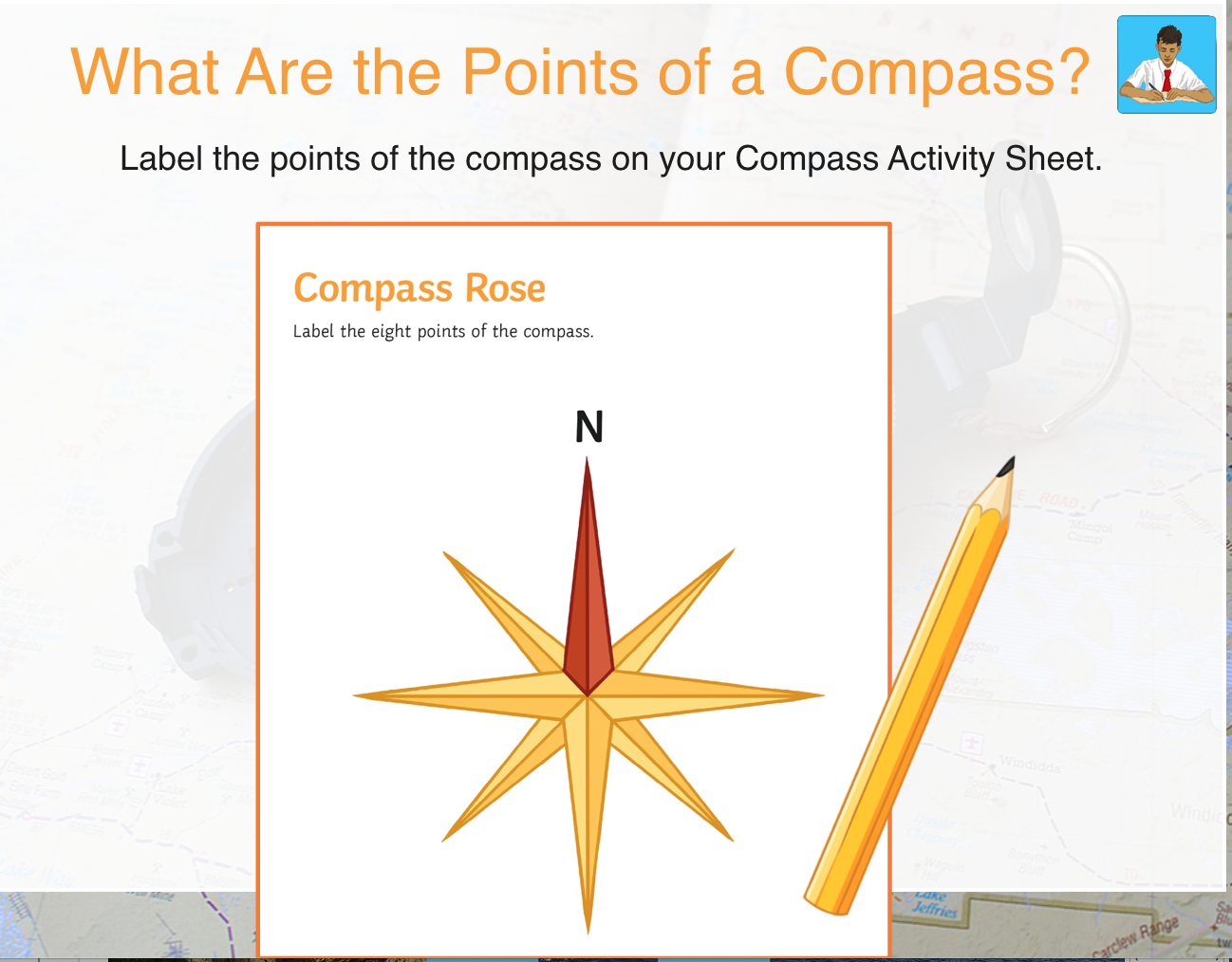
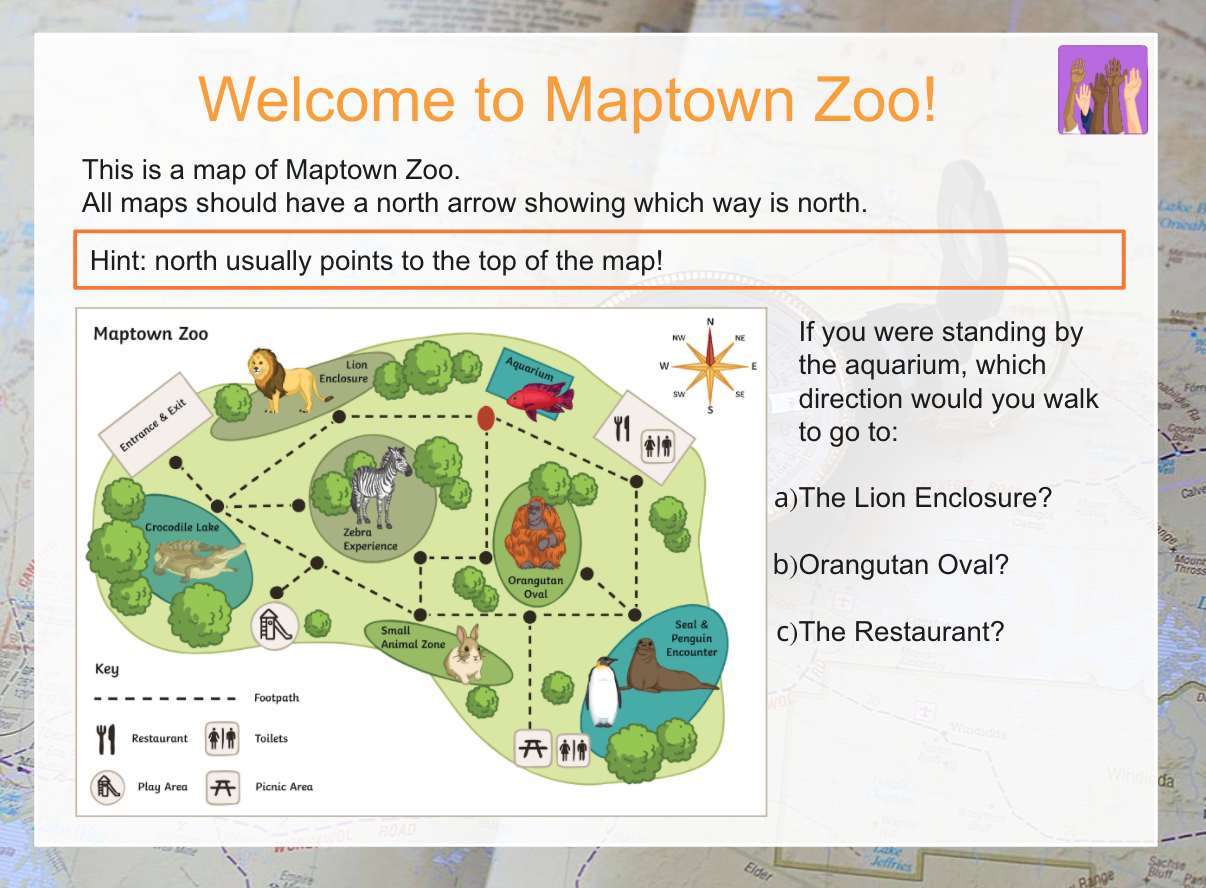
Activities:
Weekly quiz
-
Kia ora 7C2,
REFLECT / WHAIWHAKAARO learning intentions:
- We are REFLECTING on our experiences at Camp Adair and preparing our assessment during classtime.
Camp Week Assessment: A Global Studies Adventure!
Welcome back from camp, Year 7! This week was all about teamwork, challenge, and exploring who we are as New Zealanders. This assessment will reflect on your experiences at camp through the lenses of both Global Studies.
Global Studies - Kiwis on the Move!
Challenges & Teamwork: Describe a challenging activity you faced at camp. How did you use teamwork and communication skills to overcome it? (e.g., building a shelter, navigating an obstacle course)
Manaakitanga: Explain the concept of "Manaakitanga" and how you demonstrated it during camp. Give an example of how you looked after yourself and others.
Who are We? Think about the activities you did at camp. How did these activities connect to the land (whenua) and our place in Aotearoa New Zealand?
Imagine you are creating a brochure to promote camp to new Year 7 students. Using your experiences, highlight the Global Studies aspects above that make camp a valuable learning experience. Be creative!
Remember:
Use clear and concise language.
Give specific examples from your camp experience.
Reflect on your learning and growth.
This assessment is a chance for you to showcase the amazing things you learned and achieved at camp!
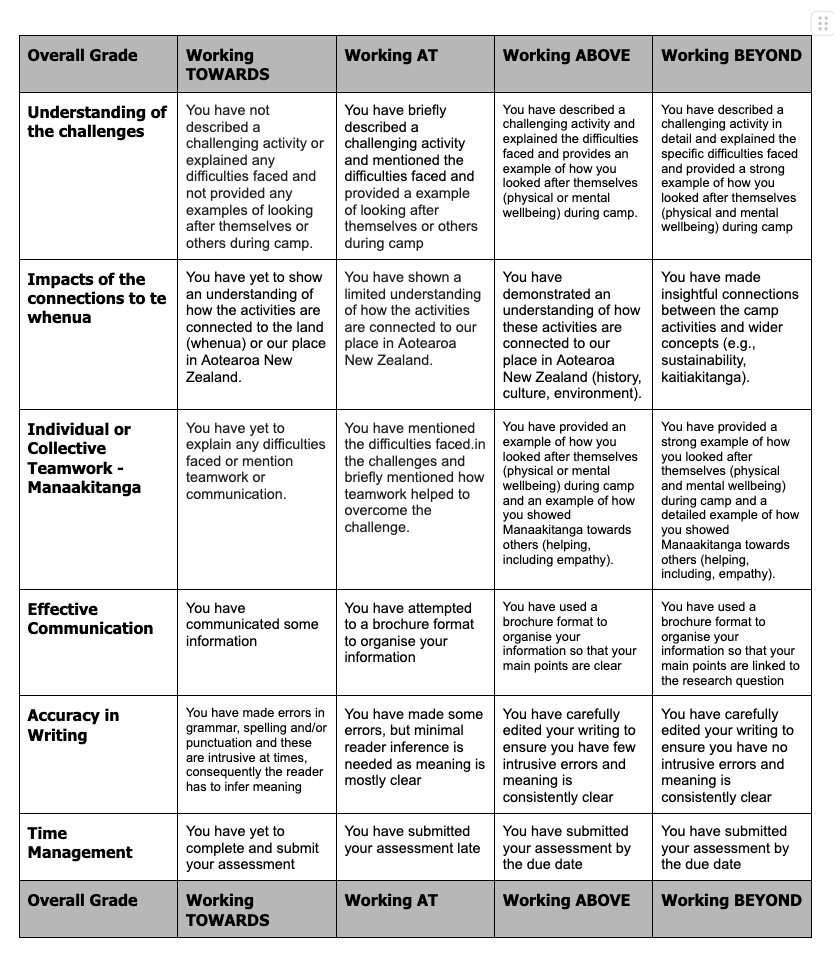
-
Kia ora 7C2,
A reminder that your assessment is due on Wednesday.
Please ensure that your brochures are handed in to me, once completed.
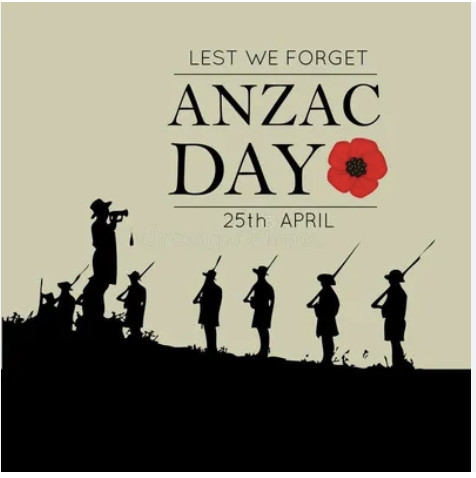 Please complete ANZAC Day activity on Google Classroom.
Please complete ANZAC Day activity on Google Classroom.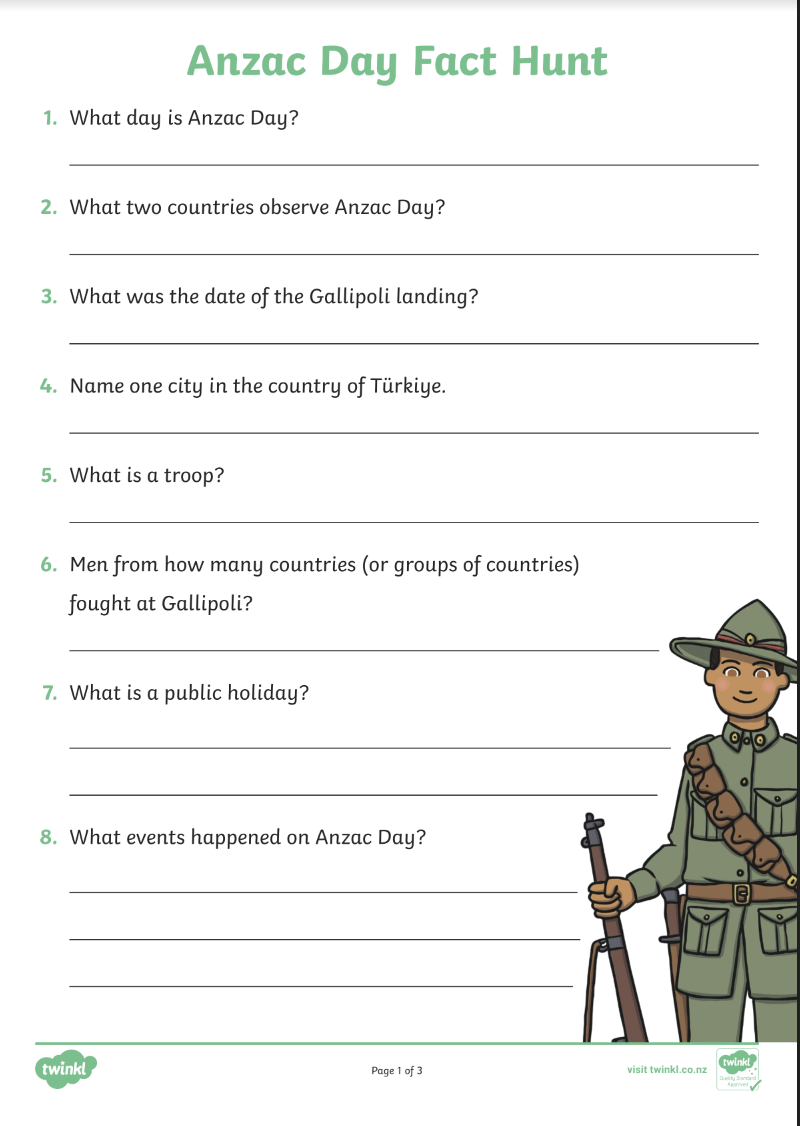
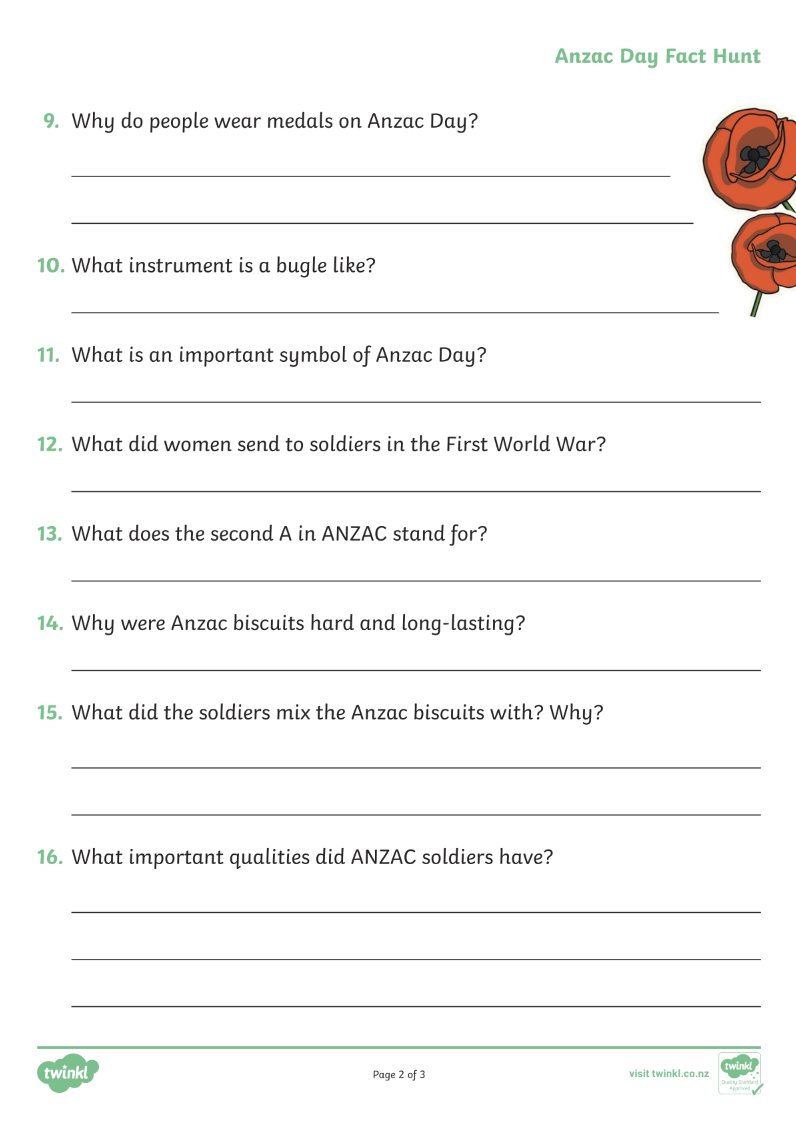
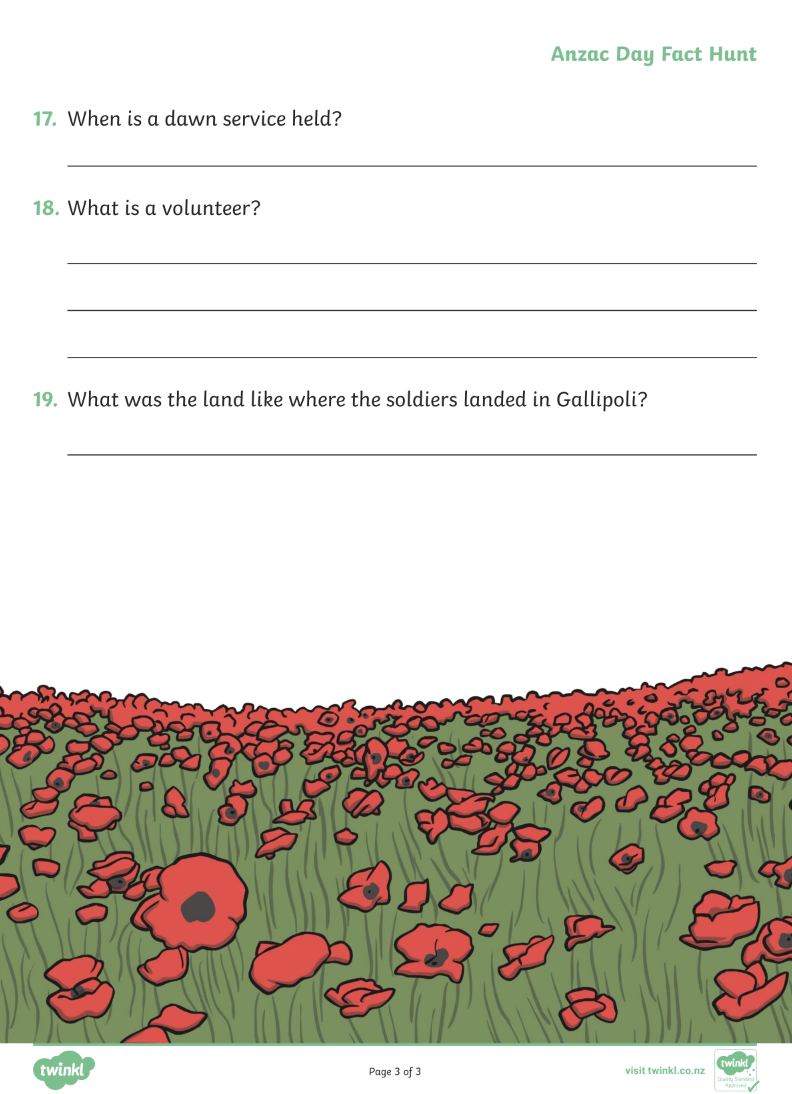
-
Kia ora 7C2,
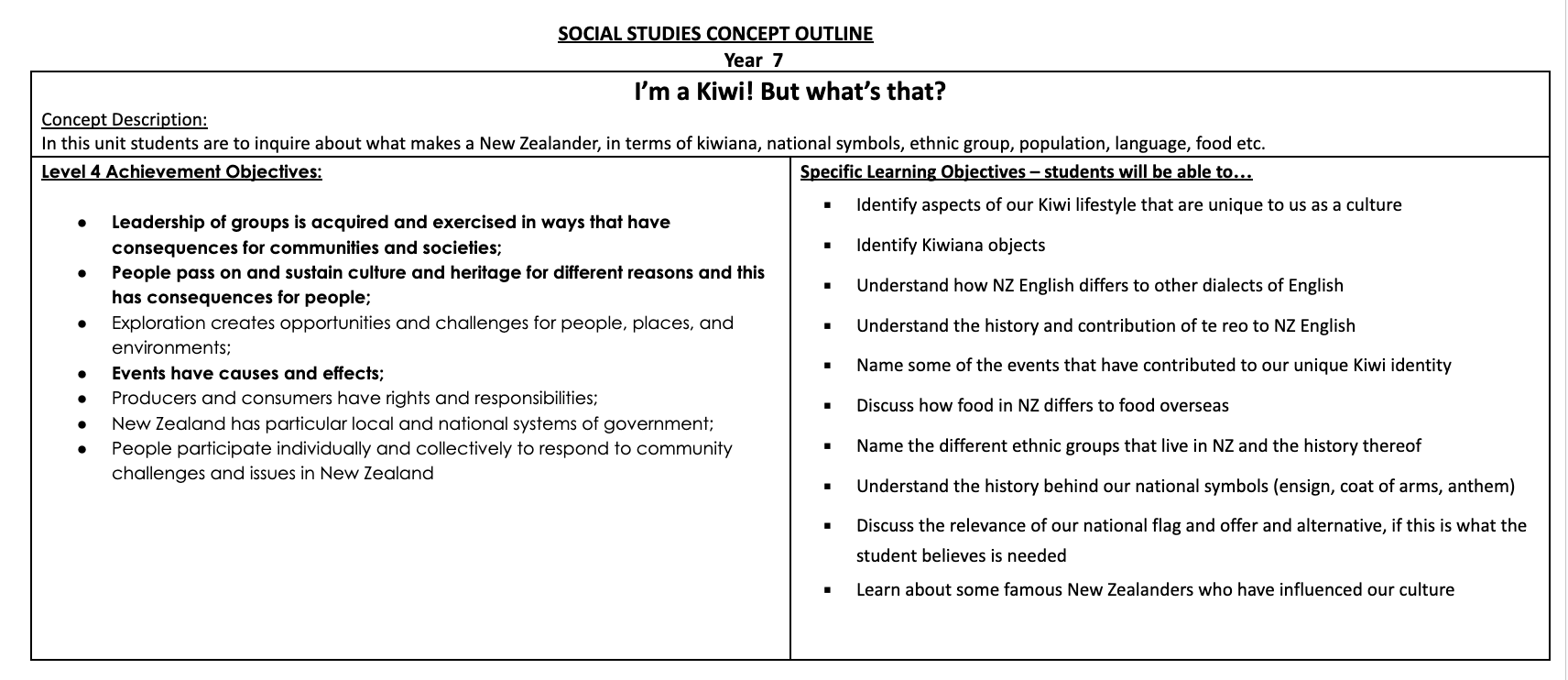
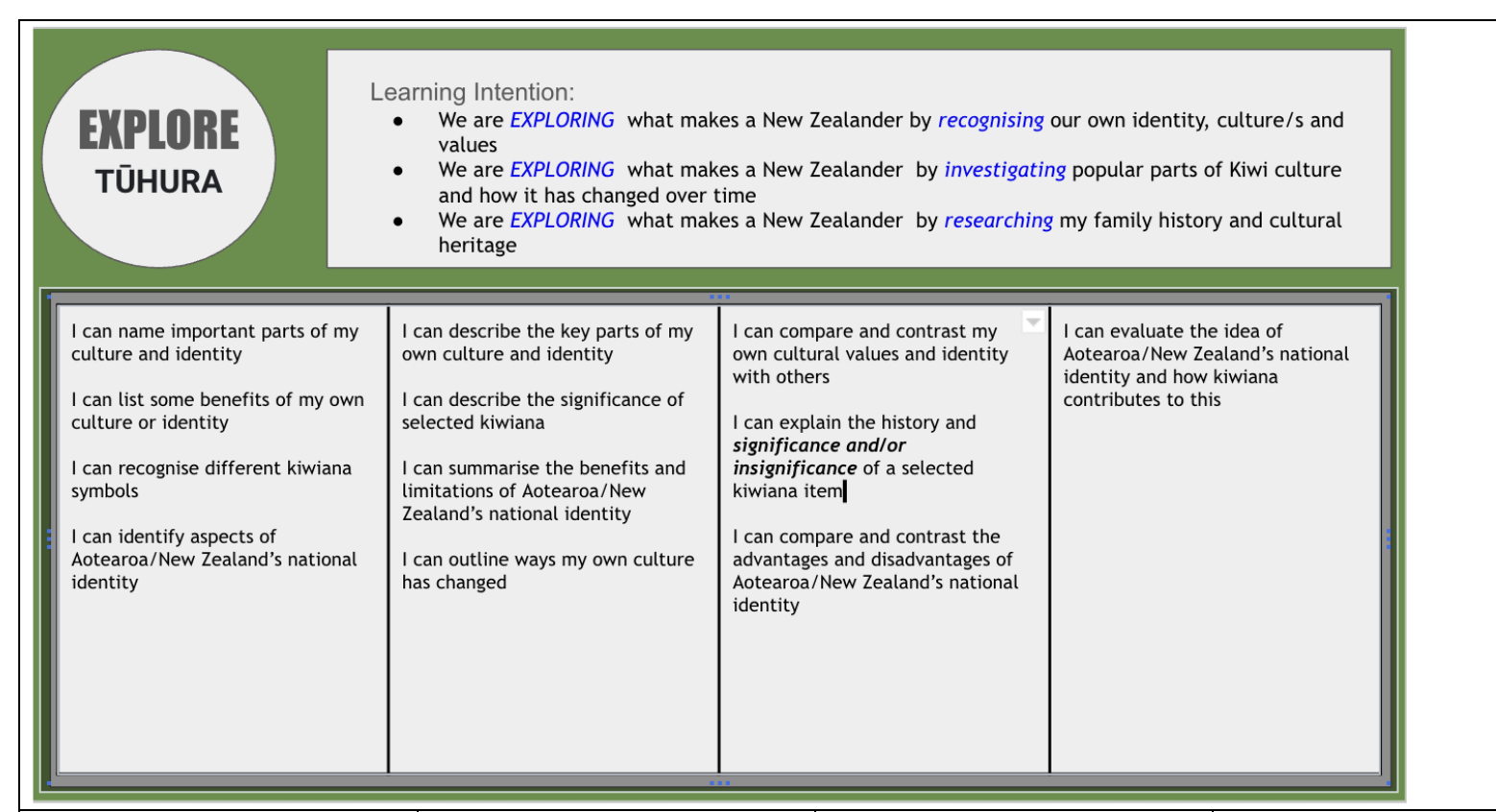
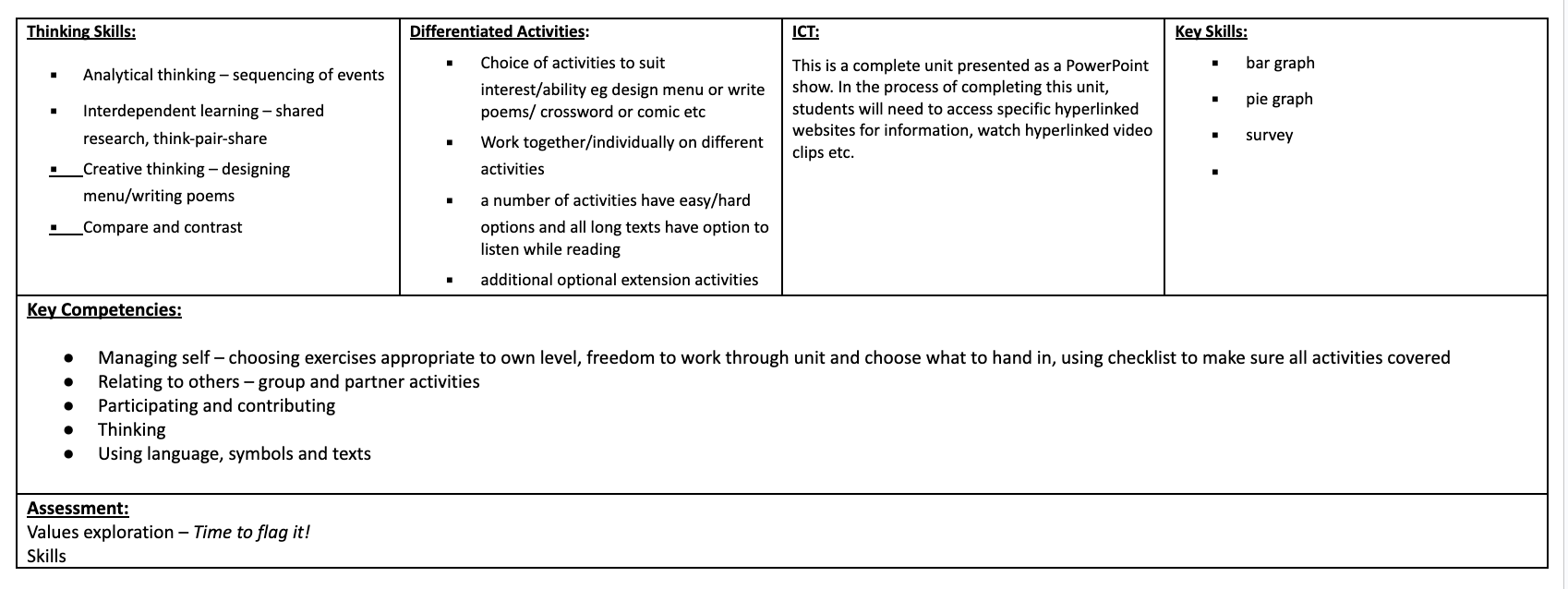
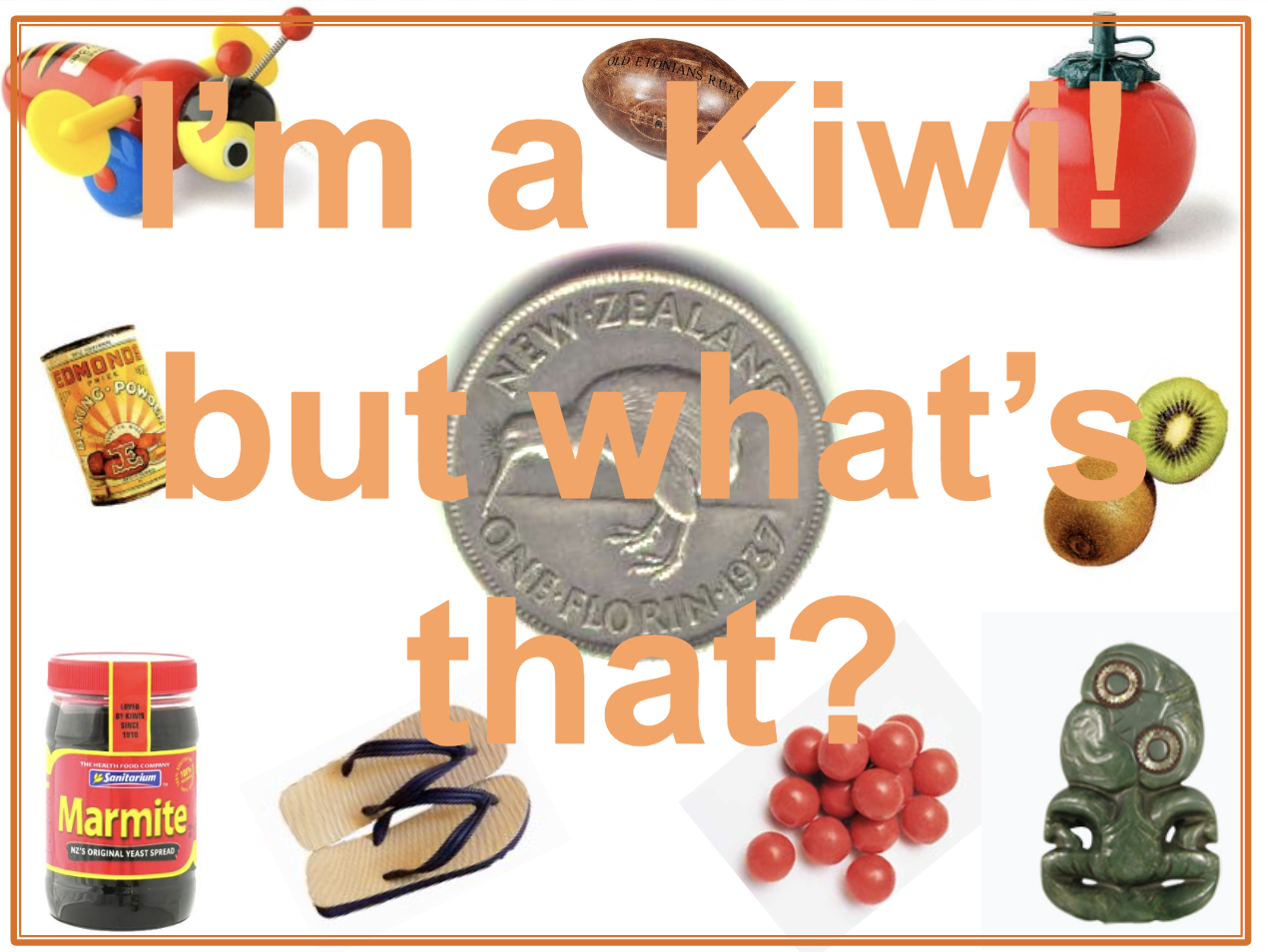
Complete the activity below on Google Classroom:
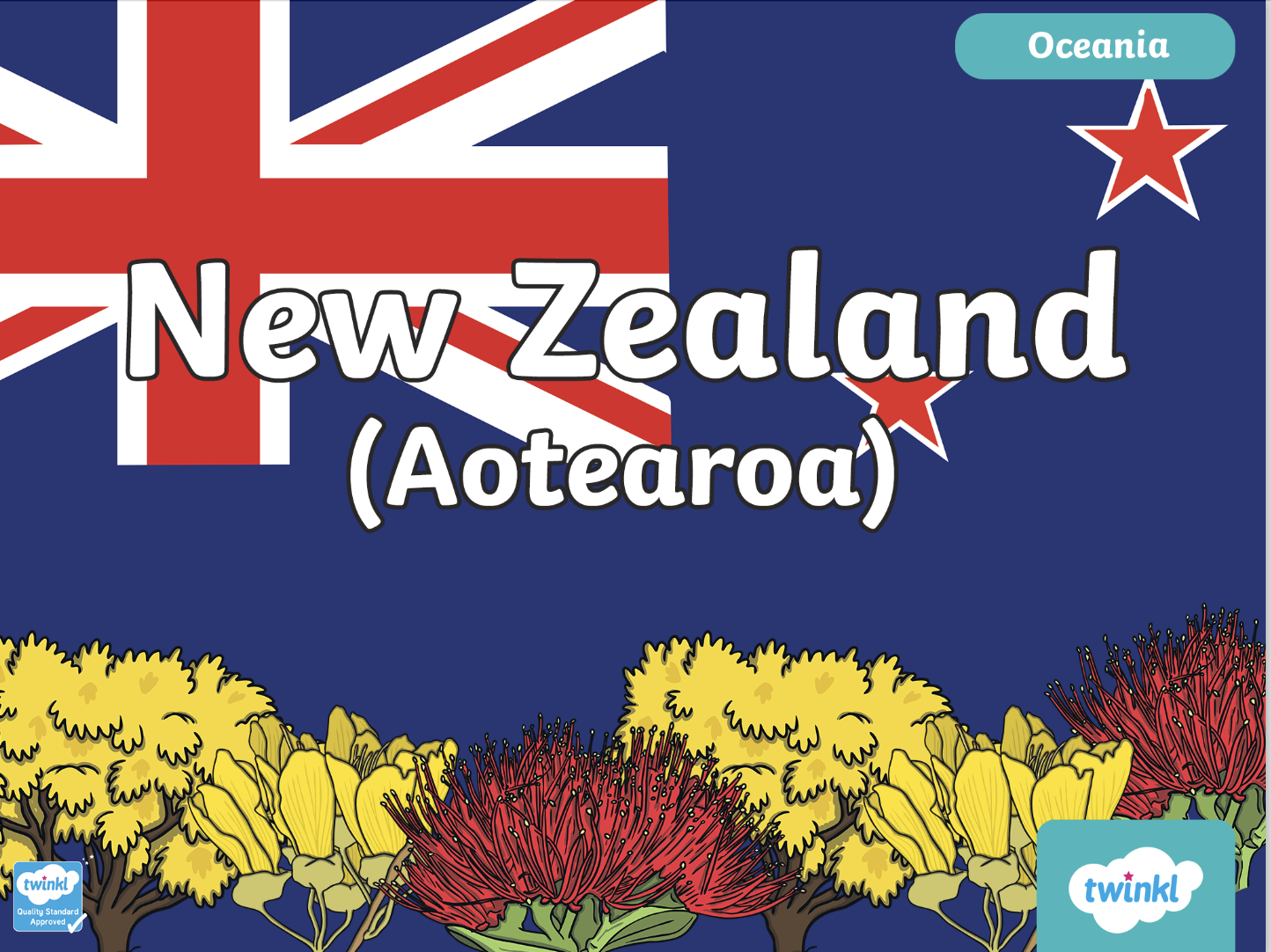
Early finishers please complete the activity on Education Perfect Histories
-
Kia ora 7C2,



Complete the activity below on Google Classroom:
I've created a powerpoint for each student on Google Classroom.
- I've created a powerpoint for each of you.
- We'll be working through this in class.
- Please answer all questions on the powerpoint. Create a new slide if you need to.
- Google/research any information that you are unsure of.
- Your first slide has a homework task which is due on Wednesday. See screenshot below -in red.
- This powerpoint is optional for ESOL students. You can continue with Mrs Naidoo's work, however I would like ESOL students to also complete the homework slide.
- I look forward to some rich discussion in class!

Early finishers please complete the activity on Education Perfect Histories
Students must complete this, including their homework activity before starting their weekly quiz.
Weekly Quiz -individual research activity: Weekly quizWe are going to try the weekly quiz a bit differently this week. Working on your own and using your research skills, how many answers can you get correct? Answer questions on the doc - Google Classroom
To gain some pre-knowledge for next week, please complete the fact file for Sir William Manchester
-
Kia ora 7C2,
It is so good to be back after a week away! I hope that you all managed to complete all the work that was discussed with you, by the relieving teachers.
We'll start our session on Monday by discussing last weeks work and sharing answers. I'm really looking forward to hearing how your interviews with your family member went!



Discussion of answers from last week...
Weekly quiz
To gain some pre-knowledge :
We'll be discussing the presenation below in class on Monday.
I_m a Kiwi.ppt -
Kia ora 7C2,
EXPLORE / TŪHURA learning intentions:
- We are EXPLORING what makes a New Zealander by recognising our own identity, culture/s and values
- We are EXPLORING what makes a New Zealander by investigating popular parts of Kiwi culture and how it has changed over time
- We are EXPLORING what makes a New Zealander by researching my family history and cultural heritage
Events that shaped us – role play and writing activity
Aim: To create a role play based on an important New Zealand event which teaches the rest of the class about how a New Zealand event shaped the Kiwi identity.
The class will divided into six groups randomly and you will each be assigned an event from New Zealand’s past which shaped Kiwi identity.
The events are as follows:
Your tasks are as follows:
Lesson one: Research your story behind the event you have been assigned. Use the table below to record your ideas
Lesson two: Prepare your role play to present to the class. This should include three acts:
The storyline of what happened
A representation of how Kiwi identity has been shaped by this event
Lesson three: Perform your play to the rest of the class
Research planning sheet
What are the key events and actions that take place?
Who are the key characters that will be portrayed?
How has New Zealand’s identity been shaped by these actions/events?
-
Kia ora 7C2,
EXPLORE / TŪHURA learning intentions:
- We are EXPLORING empowerment in New Zealand
- We are EXPLORING democracy and the democratic right to vote in New Zealand
- We are EXPLORING the history of suffrage in New Zealand
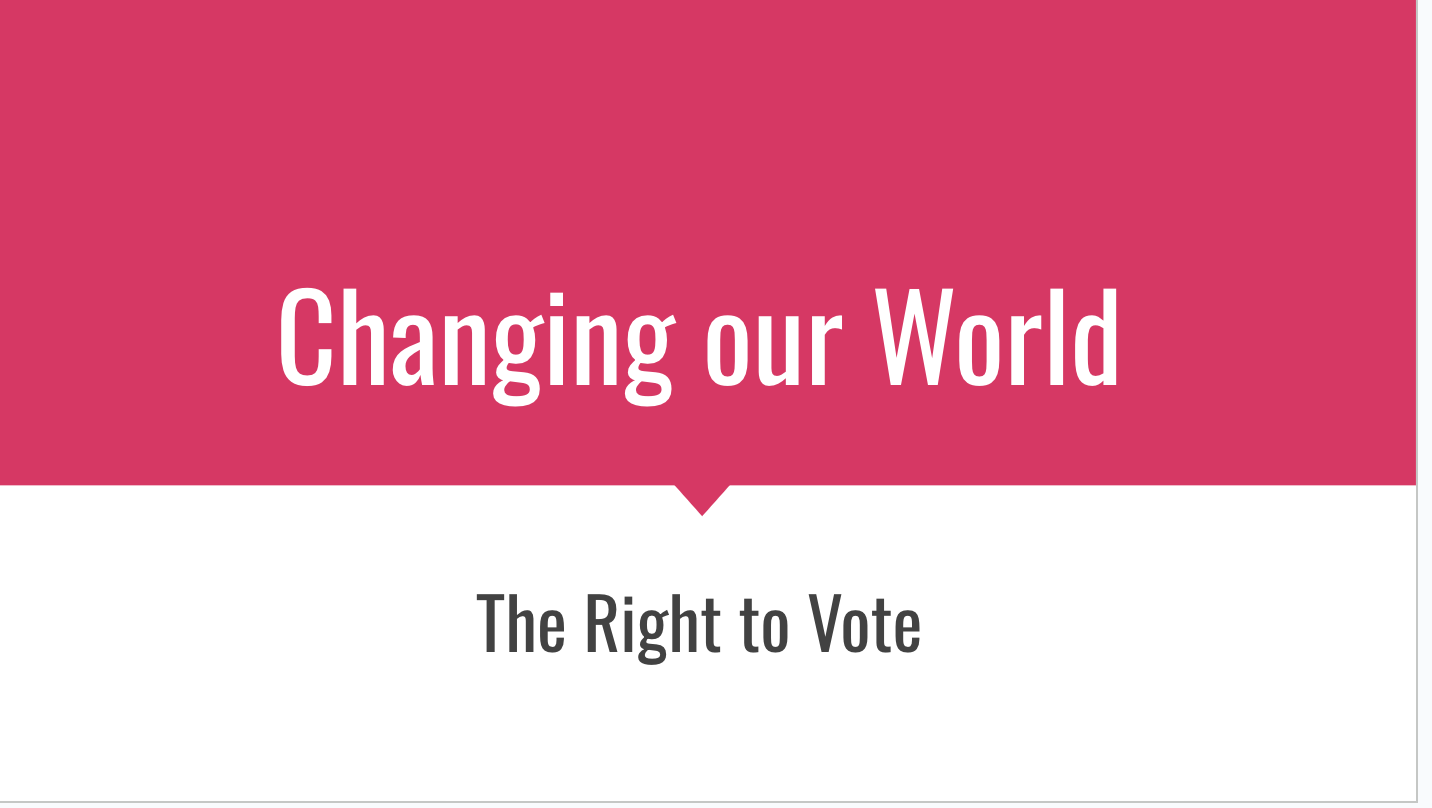
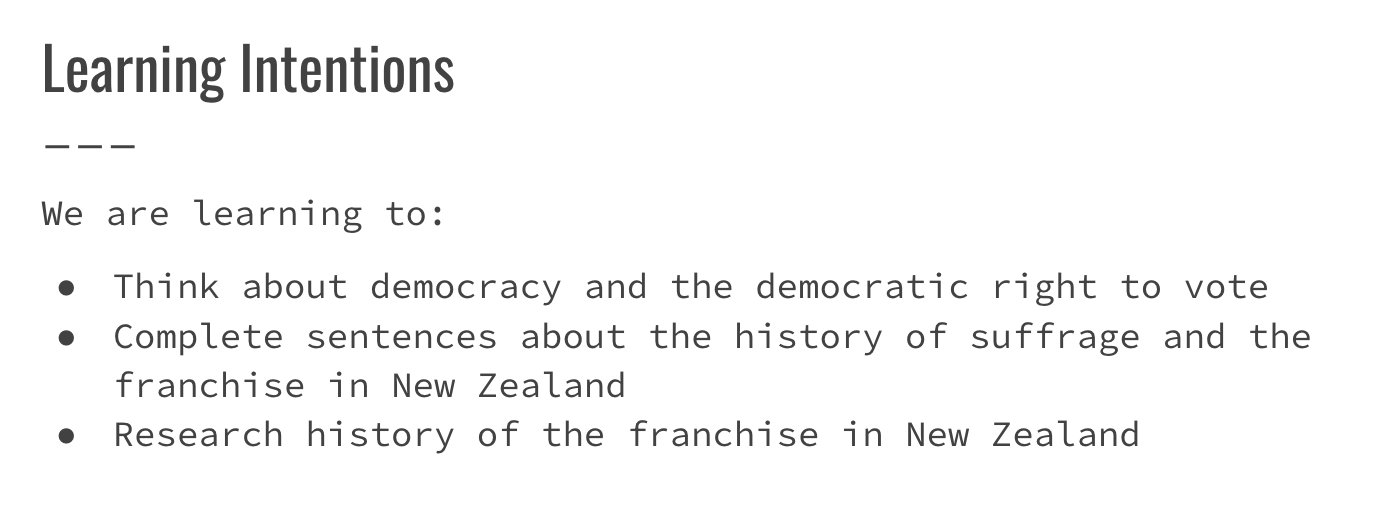
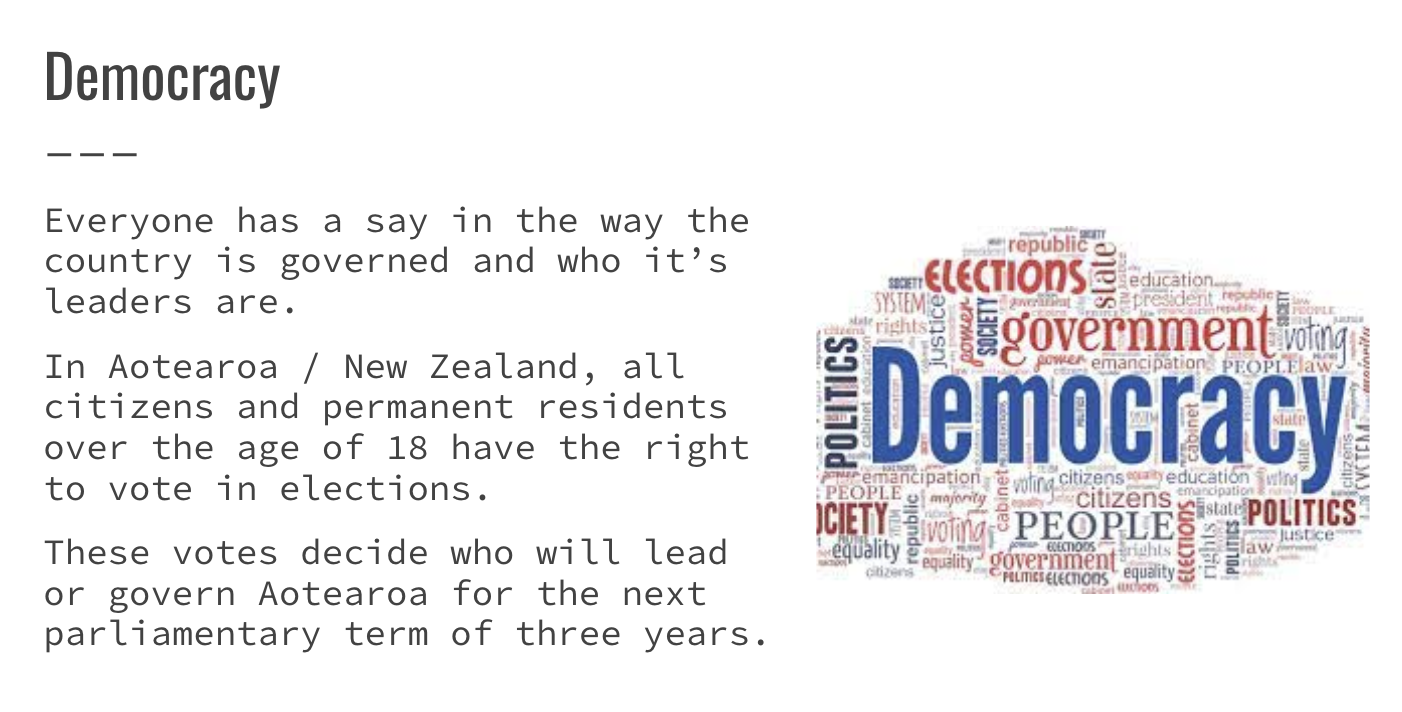

-
Kia ora 7C2,
EXPLORE / TŪHURA learning intentions:
- We are EXPLORING empowerment in New Zealand
- We are EXPLORING democracy and the democratic right to vote in New Zealand
- We are EXPLORING the history of suffrage in New Zealand


Important vocabulary....




Please refer to Googleclassroom for further activities and resources. -
Kia ora 7C2,
EXPLORE / TŪHURA learning intentions:
- We are EXPLORING how people remember and record the past in different ways.
- We are EXPLORING how early Polynesian and British migrations to New Zealand have continuing significance for tangata whenua and communities.
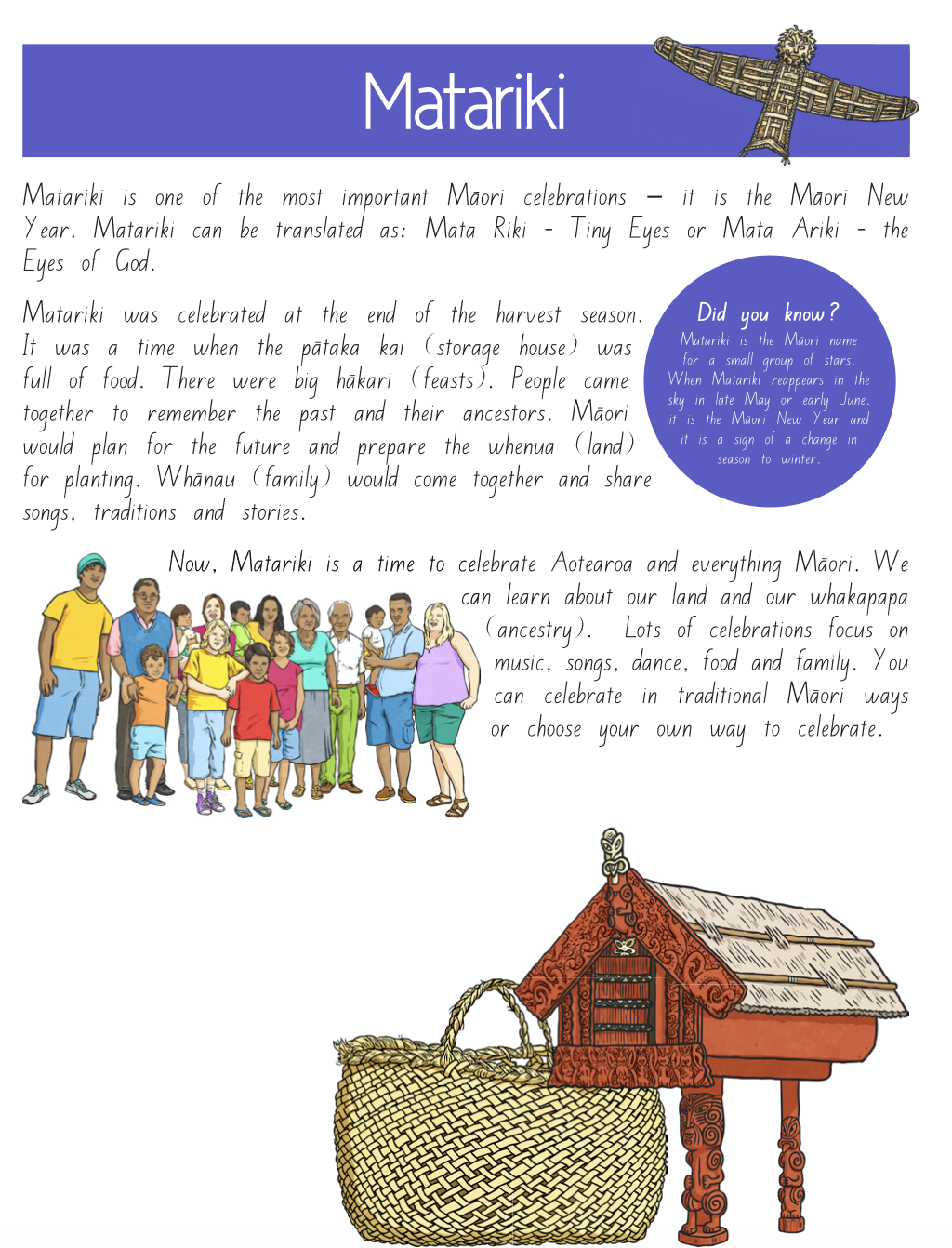
WALT:
Activitiy:
Working in pairs, complete the Matariki star making activity. -
Kia ora 7C2,
EXPLORE / TŪHURA learning intentions:
- We are EXPLORING how people remember and record the past in different ways.
- We are EXPLORING how early Polynesian and British migrations to New Zealand have continuing significance for tangata whenua and communities.


WALT:
Activitiy:
Working in pairs, complete the Matariki star making activity that you started last week. -
Kia ora 7C2,
EXPLORE / TŪHURA learning intentions:
- We are EXPLORING empowerment in New Zealand
- We are EXPLORING democracy and the democratic right to vote in New Zealand
- We are EXPLORING the history of suffrage in New Zealand
You will be completing your group presentations this week.
In groups, research a key leader involved in the New Zealand Suffrage movement.
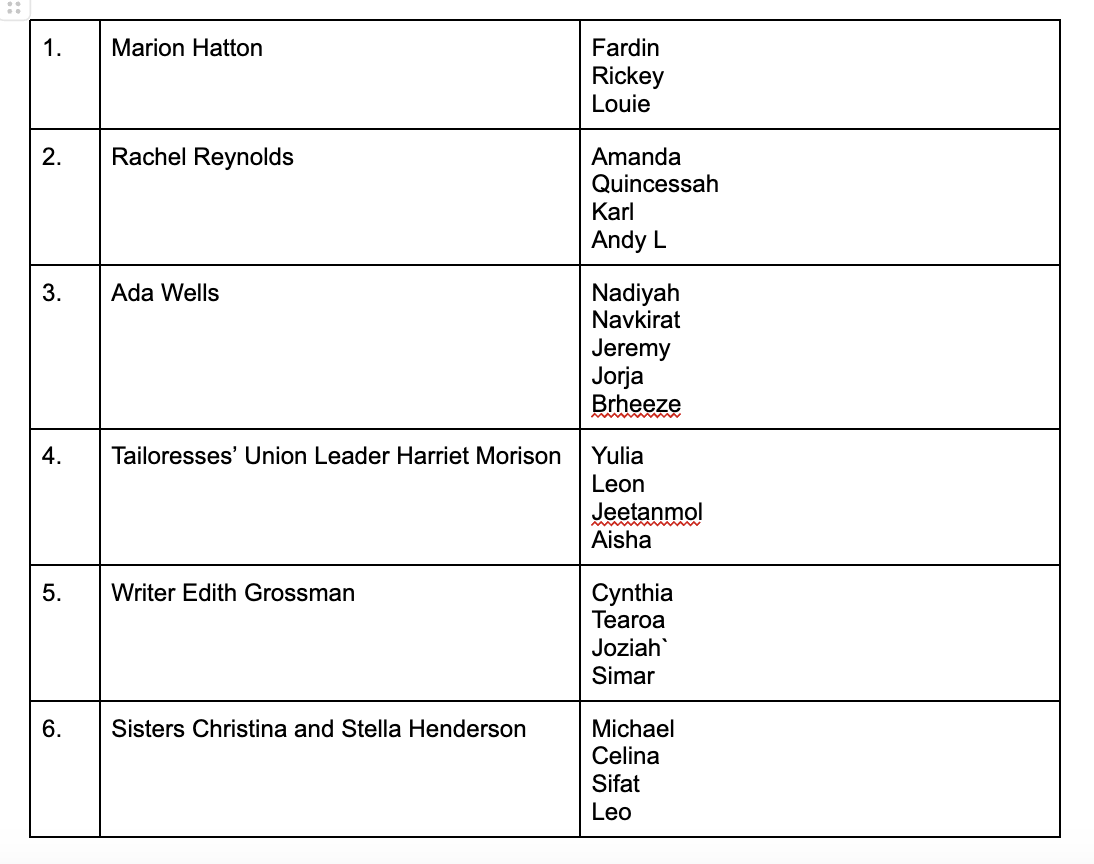 Display your findings on a Power point presentation. Include pictures and other items of interest.
Display your findings on a Power point presentation. Include pictures and other items of interest.- Your research must include:Name, date of birth and death
- Leadership role in the suffrage campaign and how he/she obtained this role.
- Main contributions to the fight to obtain the franchise for women.
- Consequences from being involved in the suffrage movement PLUS any interesting facts.
-
Kia ora 7C2,
Welcome to Term 3. I hope that you had an awesome holiday break!
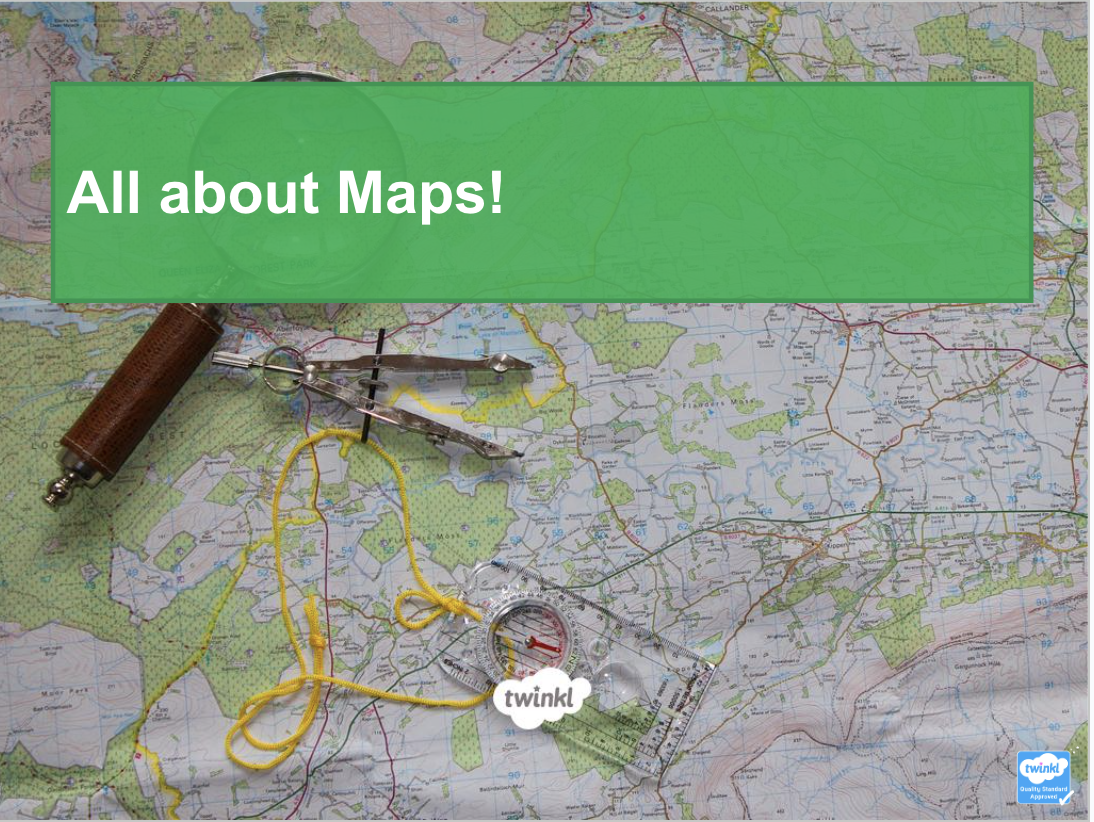
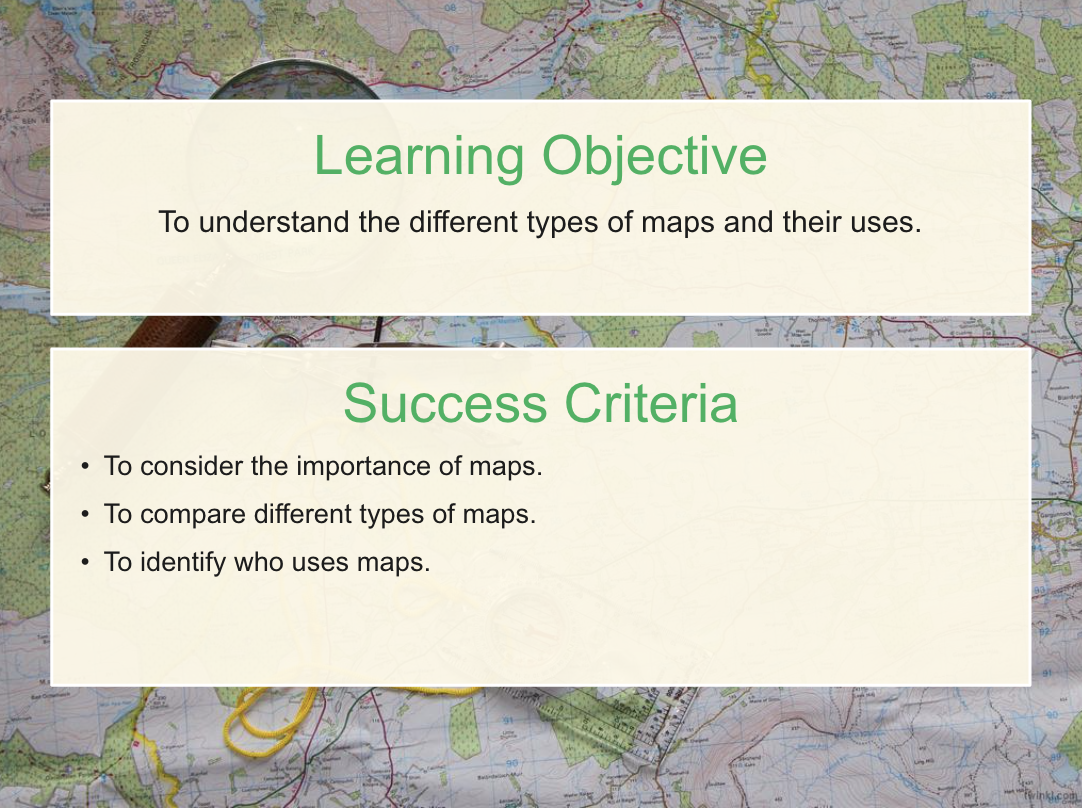
All about Maps - Lesson 1
https://docs.google.com/presentation/d/1pLTSi04-KbWH9VcQxI6imAEFVh1DY2cK/edit#slide=id.p2
https://drive.google.com/file/d/1JjyJ_kfeeUa8Vcv6zpvVFnVsRMkyOUa-/view
-
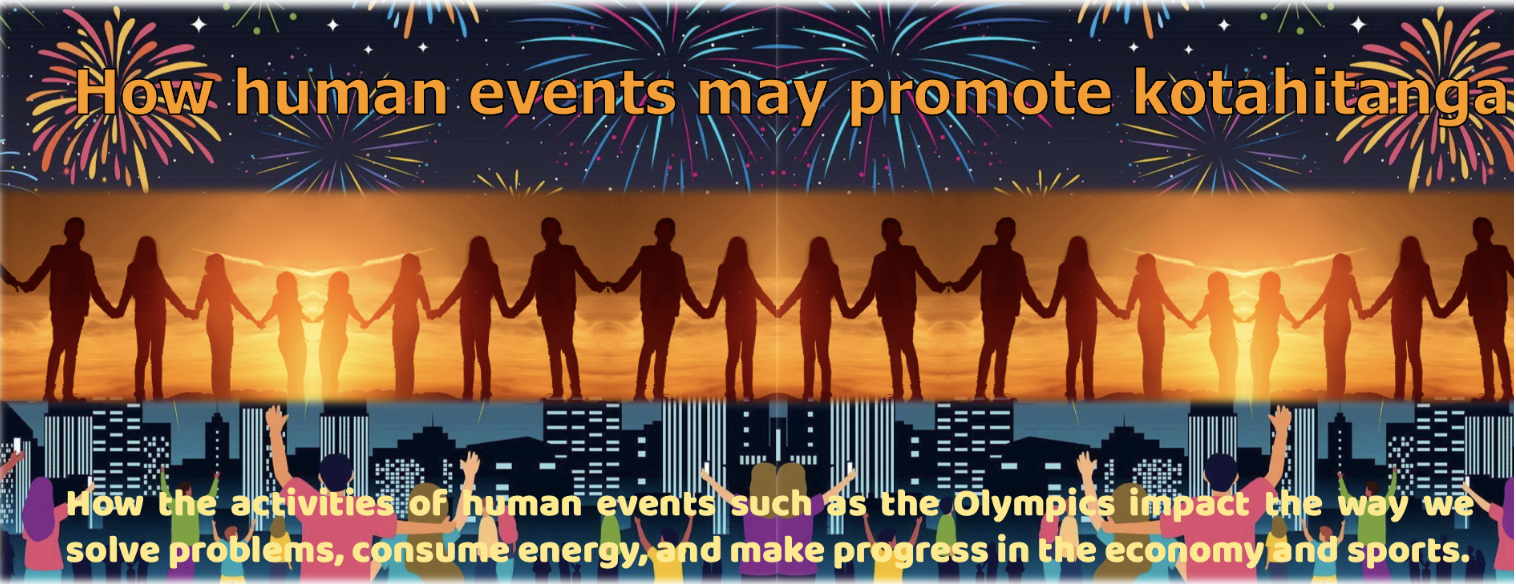
Kia ora 7C2,
The Olympics Brings Us Together as a Nation
Ngā mahinga ohaoha | Economic activity
This context focuses on how people seek to meet their needs and wants and the constraints some face in doing so; how people make a living individually and collectively and the exchanges and interconnections that result from this; and people’s rights and responsibilities as producers, workers, and consumers. It considers different ways in which economies allocate scarce resources and the resulting national and global consequences for equity and for people’s wellbeing.
KNOW: Within Aotearoa New Zealand’s histories, iwi and hapū experimented with new economic opportunities to enhance their mana. In doing so, they built extensive trading networks domestically and with Australia.
Students will be able to identify ways in which the Olympic Games promote a sense of unity among participating nations.FOCUS / ARONGA learning intentions:
- We are FOCUSING on identifying the key features of a united world and how the Olympic Games contribute to this concept.
Students can list key characteristics of a united world (e.g., peace, cooperation, respect for diversity).
Students can explain how the Olympic Games promote some of these characteristics (e.g., athletes from different countries competing together, truce during the Games).EXPLORE / TŪHURA learning intentions:
- We are EXPLORING to analyse the connections between the Olympic Games and the concept of a united world.
Students can plan the steps involved in their chosen project and identify resources needed.
...PLAN & DO / WHAKAMAHI learning intentions:
- We are CREATING a plan so that we can promote a united world through the Olympic Games.
Students can develop a proposal or campaign idea related to the Olympics that fosters unity (e.g., designing a poster promoting cultural exchange between athletes, creating a class presentation on sportsmanship).
Students can plan the steps involved in their chosen project and identify resources needed.REFLECT / WHAIWHAKAARO learning intentions:
- We are REFLECTING on the effectiveness of the Olympic Games in promoting a united world.
Students can form an opinion on the effectiveness of the Games in creating a more peaceful and cooperative world, supported by evidence from their learning.
As an introduction to the Olympics students are EXPLORING more about the Olympic Games.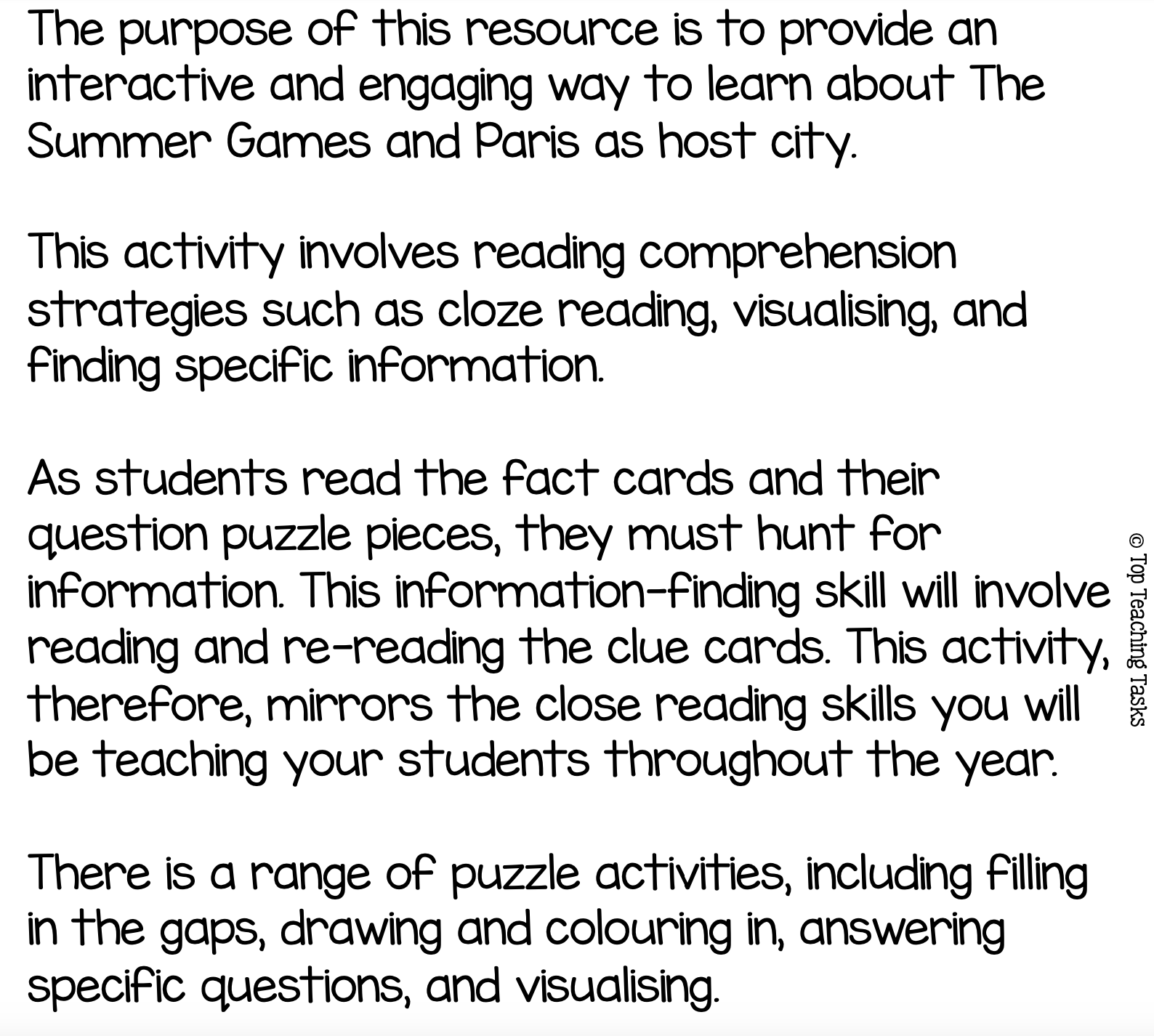
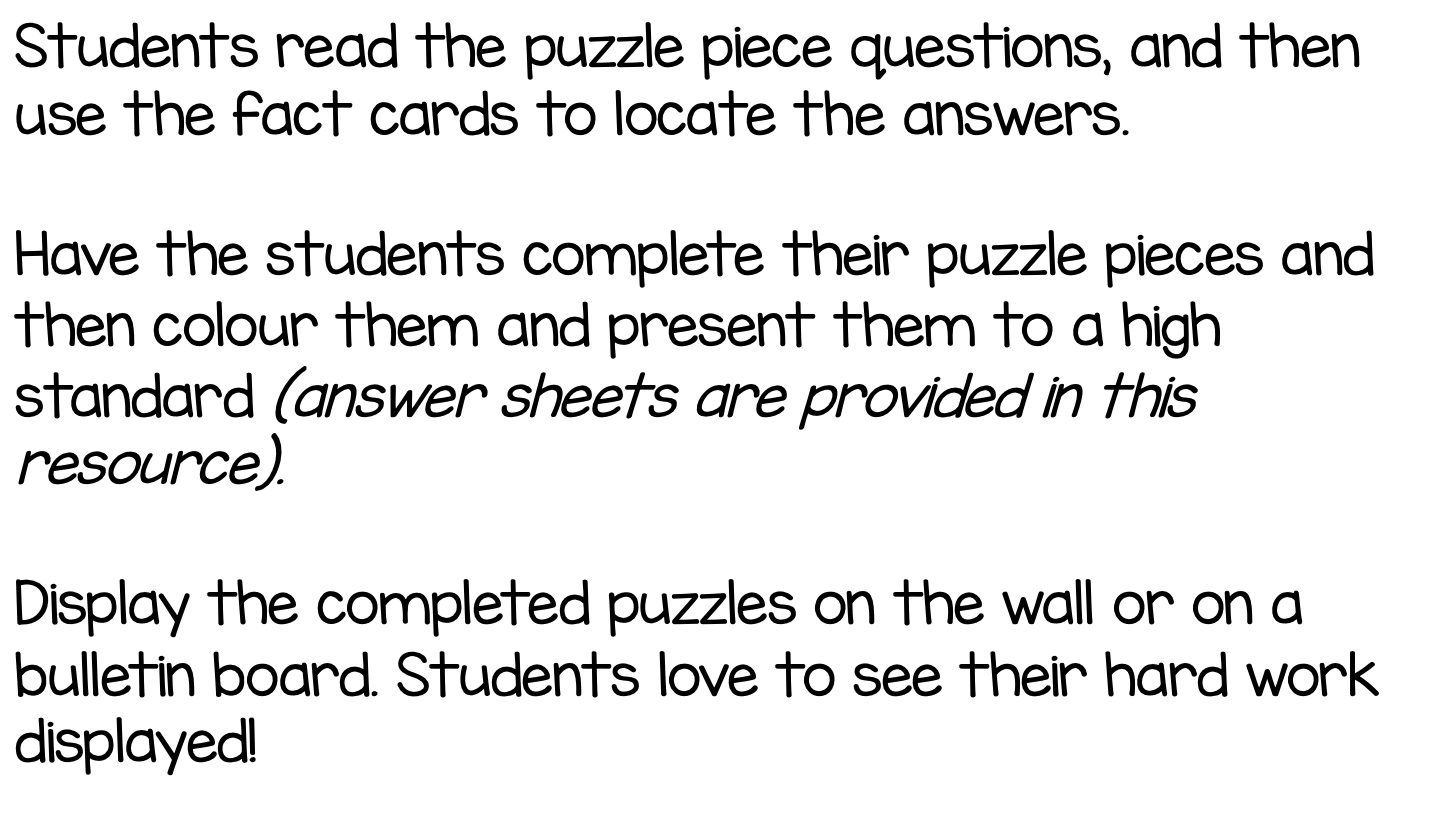
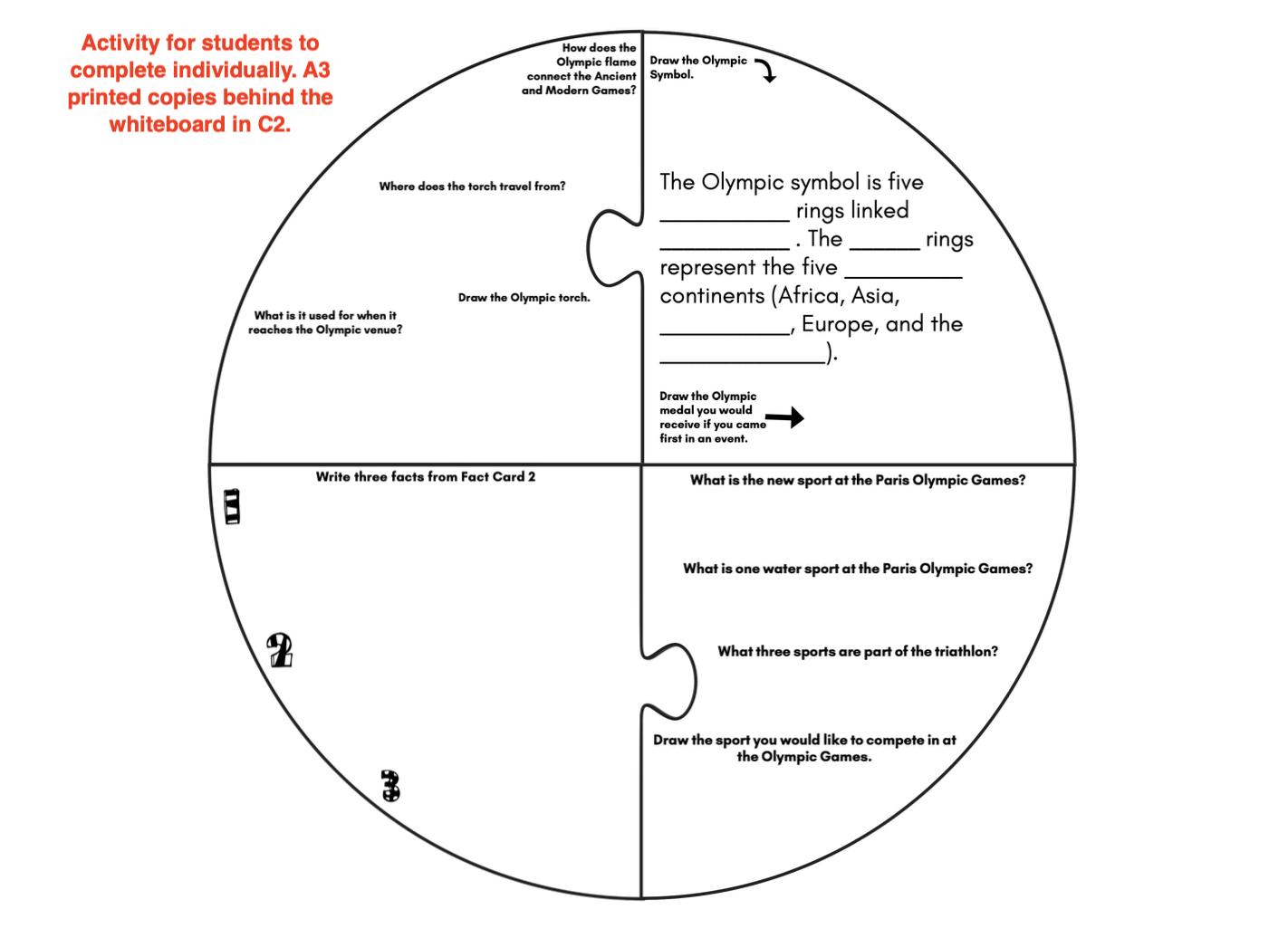
-

Kia ora 7C2,
The Olympics Brings Us Together as a Nation
Ngā mahinga ohaoha | Economic activity
This context focuses on how people seek to meet their needs and wants and the constraints some face in doing so; how people make a living individually and collectively and the exchanges and interconnections that result from this; and people’s rights and responsibilities as producers, workers, and consumers. It considers different ways in which economies allocate scarce resources and the resulting national and global consequences for equity and for people’s wellbeing.
KNOW: Within Aotearoa New Zealand’s histories, iwi and hapū experimented with new economic opportunities to enhance their mana. In doing so, they built extensive trading networks domestically and with Australia.
Students will be able to identify ways in which the Olympic Games promote a sense of unity among participating nations.FOCUS / ARONGA learning intentions:
- We are FOCUSING on identifying the key features of a united world and how the Olympic Games contribute to this concept.
Students can list key characteristics of a united world (e.g., peace, cooperation, respect for diversity).
Students can explain how the Olympic Games promote some of these characteristics (e.g., athletes from different countries competing together, truce during the Games).EXPLORE / TŪHURA learning intentions:
- We are EXPLORING to analyse the connections between the Olympic Games and the concept of a united world.
Students can plan the steps involved in their chosen project and identify resources needed.
...PLAN & DO / WHAKAMAHI learning intentions:
- We are CREATING a plan so that we can promote a united world through the Olympic Games.
Students can develop a proposal or campaign idea related to the Olympics that fosters unity (e.g., designing a poster promoting cultural exchange between athletes, creating a class presentation on sportsmanship).
Students can plan the steps involved in their chosen project and identify resources needed.REFLECT / WHAIWHAKAARO learning intentions:
- We are REFLECTING on the effectiveness of the Olympic Games in promoting a united world.
Students can form an opinion on the effectiveness of the Games in creating a more peaceful and cooperative world, supported by evidence from their learning.
As an introduction to the Olympics students are EXPLORING more about the Olympic Games. -
Kia ora 7C2,
FOCUS / ARONGA learning intentions:
- We are FOCUSING on identifying the key features of a united world and how the Olympic Games contribute to this concept.
Students can list key characteristics of a united world (e.g., peace, cooperation, respect for diversity).
Students can explain how the Olympic Games promote some of these characteristics (e.g., athletes from different countries competing , truce during the Games).
Learning Objective
Students will understand the concept and importance through the context of Olympic Games and learn about how this unity can transcend difference to bring countries together on a common platform of sportsmanship and peace.Origin of the Olympics
We're going on a time-traveling adventure to ancient Greece! Over 2,700 years ago, the very first Olympic Games were held in a place called Olympia. Unlike the Olympics today, only freeborn Greek men were allowed to compete in running, jumping, wrestling, and other athletic contests.
The ancient Greeks believed the Games honored Zeus, the king of the gods. They also saw it as a time for peace. During the Olympics, warring cities would put down their weapons and come together in a spirit of competition and unity.
Activities:- Create a timeline in your books with why the Summer or Winter Games in the past years and places listed below, were disrupted, delayed, postponed or cancelled.
- Create a paper visual timeline that shows the date, location and reason for each.
- Complete Education Perfect Activity on Revisiting Old Stories
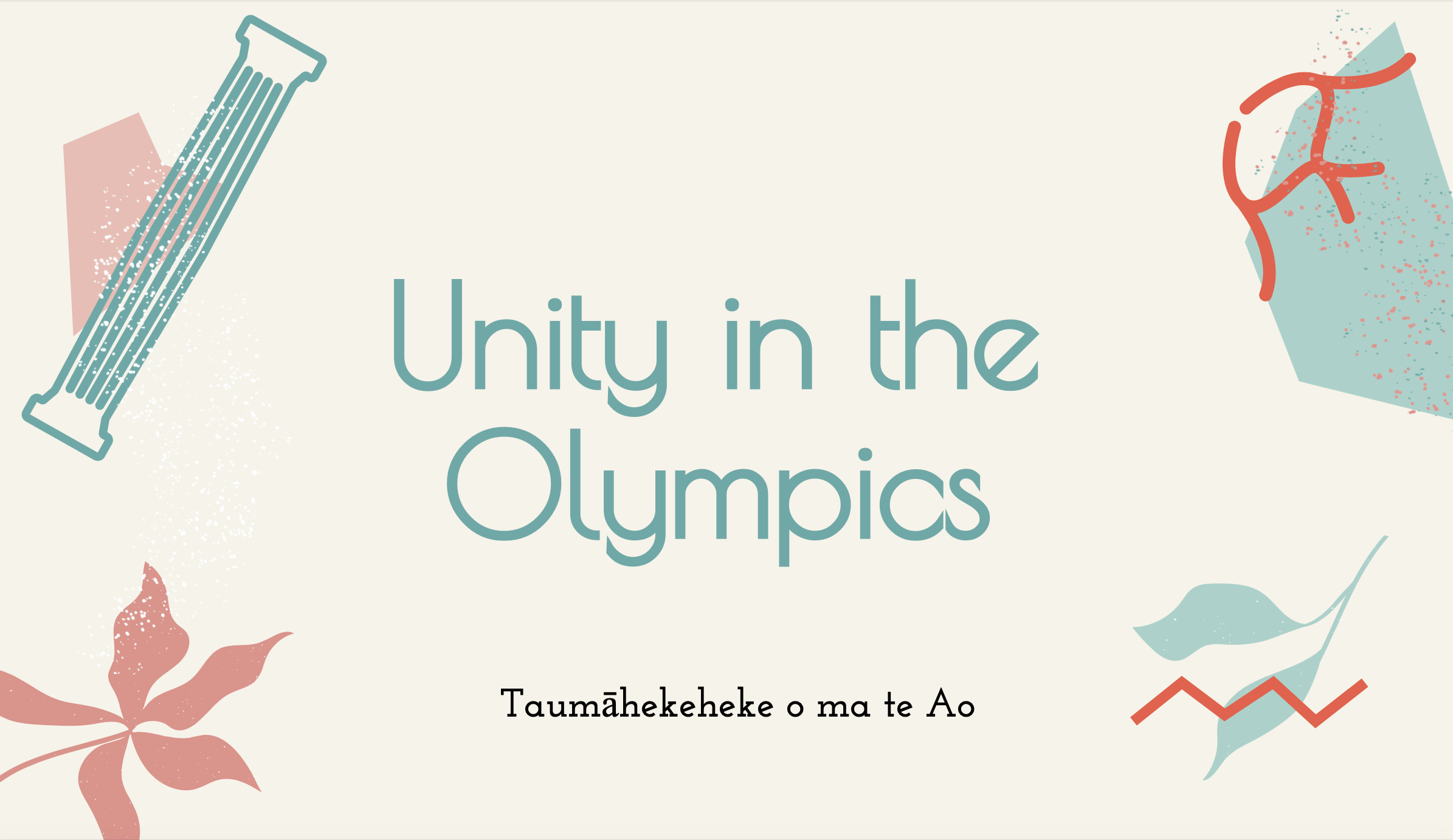
-
Kia ora 7C2,
This week we will focussing on our second assessment.
PLAN & DO / WHAKAMAHI learning intentions:
- We are EXPLORING the role of Olympic mascots in promoting unity and understanding different cultures.
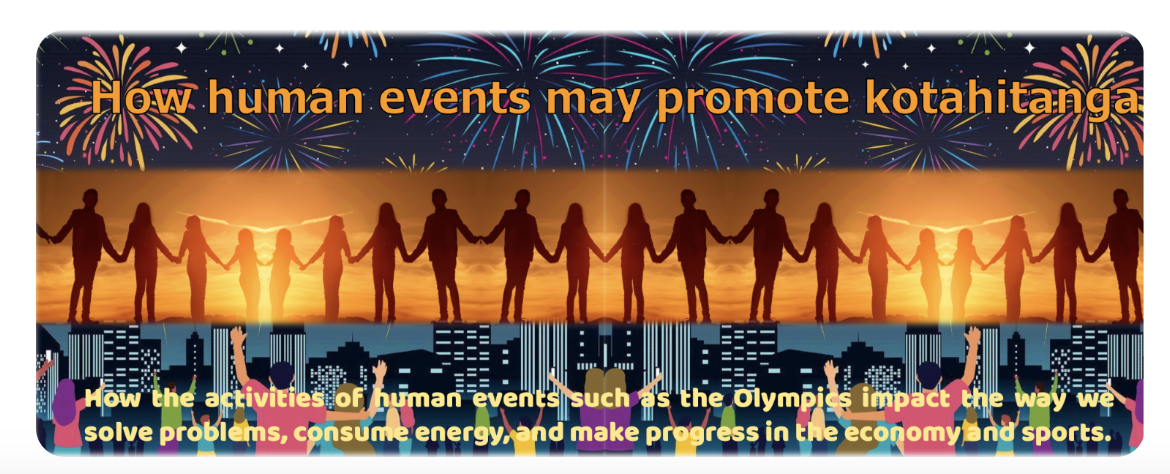
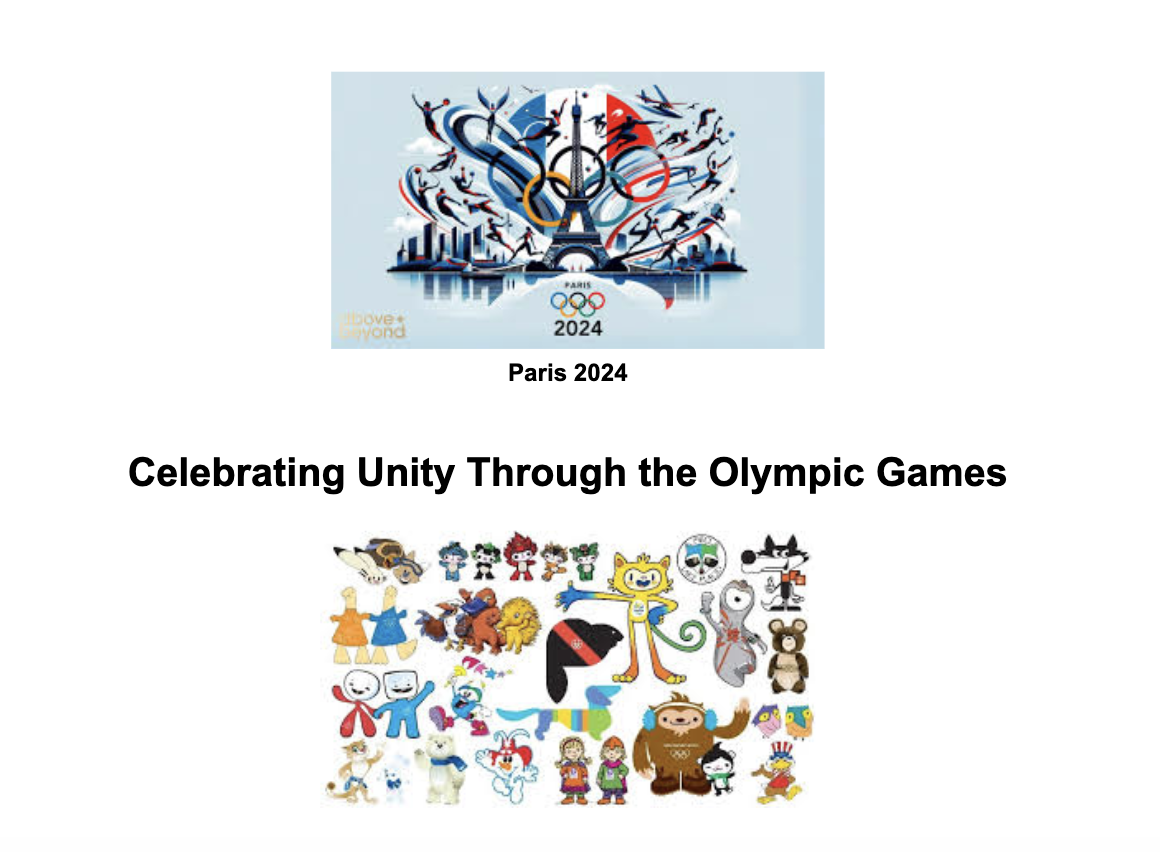
By completing this assessment, students will demonstrate an understanding of how human events throughout time promotes kotahitanga within the world, their understanding of the role of Olympic mascots in promoting unity and their ability to apply this knowledge to create original designs.
Assessment Requirements:
Part 1:
Students will research an Olympic mascot of their choice.
They will create a written report or presentation explaining the mascot's significance and how it promotes unity.
Part 2:
Students will design their own Olympic mascot, representing a chosen country, and explain the cultural elements incorporated into the design.
A brief reflection on the process and learning should be included.
Additional Considerations:
You are encouraged to explore the historical and cultural context of the chosen mascot.
Choose a teina for tuakana teina feedback to enhance the quality of your assessment.
Use digital tools for research and design.
Success Criteria:
Identify key characteristics of Olympic mascots.
Explain how Olympic mascots represent the host country's culture.
Analyse the ways in which Olympic mascots promote unity and understanding.
Create an original Olympic mascot design that reflects a chosen country's culture.
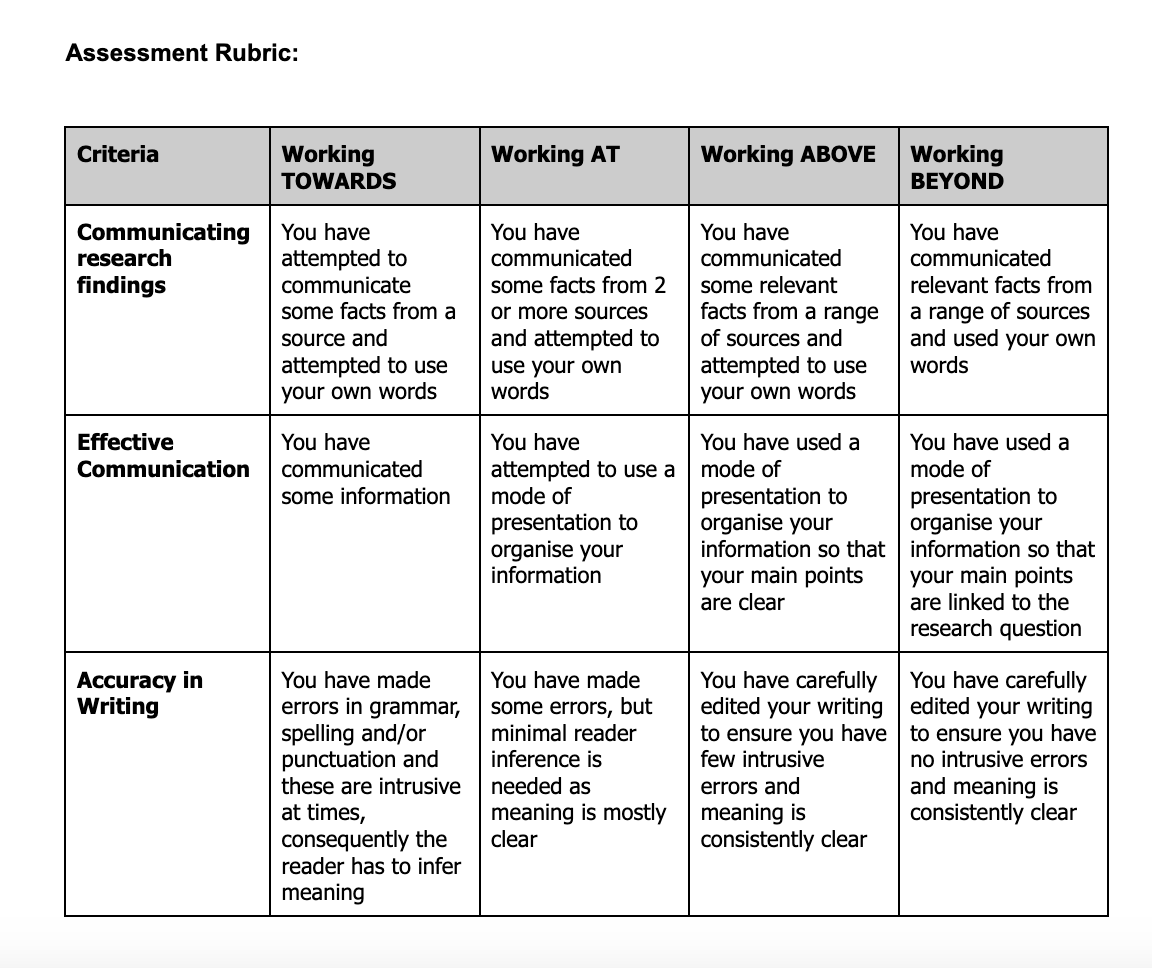
-
Kia ora 7C2,
This week we will continue to focus on our second assessment.
PLAN & DO / WHAKAMAHI learning intentions:
- We are EXPLORING the role of Olympic mascots in promoting unity and understanding different cultures.


By completing this assessment, students will demonstrate an understanding of how human events throughout time promotes kotahitanga within the world, their understanding of the role of Olympic mascots in promoting unity and their ability to apply this knowledge to create original designs.
Assessment Requirements:
Part 1:
Students will research an Olympic mascot of their choice.
They will create a written report or presentation explaining the mascot's significance and how it promotes unity.
Part 2:
Students will design their own Olympic mascot, representing a chosen country, and explain the cultural elements incorporated into the design.
A brief reflection on the process and learning should be included.
Additional Considerations:
You are encouraged to explore the historical and cultural context of the chosen mascot.
Choose a teina for tuakana teina feedback to enhance the quality of your assessment.
Use digital tools for research and design.
Success Criteria:
Identify key characteristics of Olympic mascots.
Explain how Olympic mascots represent the host country's culture.
Analyse the ways in which Olympic mascots promote unity and understanding.
Create an original Olympic mascot design that reflects a chosen country's culture.
 2 things to do in preparation for Māori language week1. In celebration of Māori language week in 3 weeks we will be doing the longest name in Aotearoa challenge!! This is open to all staff and students and participation earns you a prize!!To help you prepare I have attached the video with the name below. You have 2 weeks to practice and on Week 8 on Monday, I will send out another email to see who would like to test their skills! A few of our Māori Pasifika council members will come around to video you doing the challenge!Here is the name for you to practice, as well as a video"Taumata whakatangi hangakoauau o tamatea turi pukakapiki maunga horo nuku pokai whenua kitanatahu”
2 things to do in preparation for Māori language week1. In celebration of Māori language week in 3 weeks we will be doing the longest name in Aotearoa challenge!! This is open to all staff and students and participation earns you a prize!!To help you prepare I have attached the video with the name below. You have 2 weeks to practice and on Week 8 on Monday, I will send out another email to see who would like to test their skills! A few of our Māori Pasifika council members will come around to video you doing the challenge!Here is the name for you to practice, as well as a video"Taumata whakatangi hangakoauau o tamatea turi pukakapiki maunga horo nuku pokai whenua kitanatahu” -
Kia ora 7C2,
This week we will continue to focus on our second assessment.
PLAN & DO / WHAKAMAHI learning intentions:
- We are EXPLORING the role of Olympic mascots in promoting unity and understanding different cultures.


By completing this assessment, students will demonstrate an understanding of how human events throughout time promotes kotahitanga within the world, their understanding of the role of Olympic mascots in promoting unity and their ability to apply this knowledge to create original designs.
Assessment Requirements:
Part 1:
Students will research an Olympic mascot of their choice.
They will create a written report or presentation explaining the mascot's significance and how it promotes unity.
Part 2:
Students will design their own Olympic mascot, representing a chosen country, and explain the cultural elements incorporated into the design.
A brief reflection on the process and learning should be included.
Additional Considerations:
You are encouraged to explore the historical and cultural context of the chosen mascot.
Choose a teina for tuakana teina feedback to enhance the quality of your assessment.
Use digital tools for research and design.
Success Criteria:
Identify key characteristics of Olympic mascots.
Explain how Olympic mascots represent the host country's culture.
Analyse the ways in which Olympic mascots promote unity and understanding.
Create an original Olympic mascot design that reflects a chosen country's culture.

-
Kia ora 7C2,
This week you will begin presenting your assessment to the class.
Please ensure that you have uploaded your assessment on Google Classroom

By completing this assessment, students will demonstrate an understanding of how human events throughout time promotes kotahitanga within the world, their understanding of the role of Olympic mascots in promoting unity and their ability to apply this knowledge to create original designs.
Assessment Requirements:
Part 1:
Students will research an Olympic mascot of their choice.
They will create a written report or presentation explaining the mascot's significance and how it promotes unity.
Part 2:
Students will design their own Olympic mascot, representing a chosen country, and explain the cultural elements incorporated into the design.
A brief reflection on the process and learning should be included.
Additional Considerations:
You are encouraged to explore the historical and cultural context of the chosen mascot.
Choose a teina for tuakana teina feedback to enhance the quality of your assessment.
Use digital tools for research and design.
Success Criteria:
Identify key characteristics of Olympic mascots.
Explain how Olympic mascots represent the host country's culture.
Analyse the ways in which Olympic mascots promote unity and understanding.
Create an original Olympic mascot design that reflects a chosen country's culture.

-
Kia ora 7C2,
This week you will continue presenting your assessment to the class.
Please ensure that you have uploaded your assessment on Google Classroom

By completing this assessment, students will demonstrate an understanding of how human events throughout time promotes kotahitanga within the world, their understanding of the role of Olympic mascots in promoting unity and their ability to apply this knowledge to create original designs.
Assessment Requirements:
Part 1:
Students will research an Olympic mascot of their choice.
They will create a written report or presentation explaining the mascot's significance and how it promotes unity.
Part 2:
Students will design their own Olympic mascot, representing a chosen country, and explain the cultural elements incorporated into the design.
A brief reflection on the process and learning should be included.
Additional Considerations:
You are encouraged to explore the historical and cultural context of the chosen mascot.
Choose a teina for tuakana teina feedback to enhance the quality of your assessment.
Use digital tools for research and design.
Success Criteria:
Identify key characteristics of Olympic mascots.
Explain how Olympic mascots represent the host country's culture.
Analyse the ways in which Olympic mascots promote unity and understanding.
Create an original Olympic mascot design that reflects a chosen country's culture.

-
Kia ora 7C2,
FOCUS / ARONGA learning intentions:
- We are FOCUSING on applying our mapping skills.
- We are FOCUSING on applying our General Knowledge skills through our general knowledge quiz.
Success Criteria: I can/have...
- Apply my mapping skills.
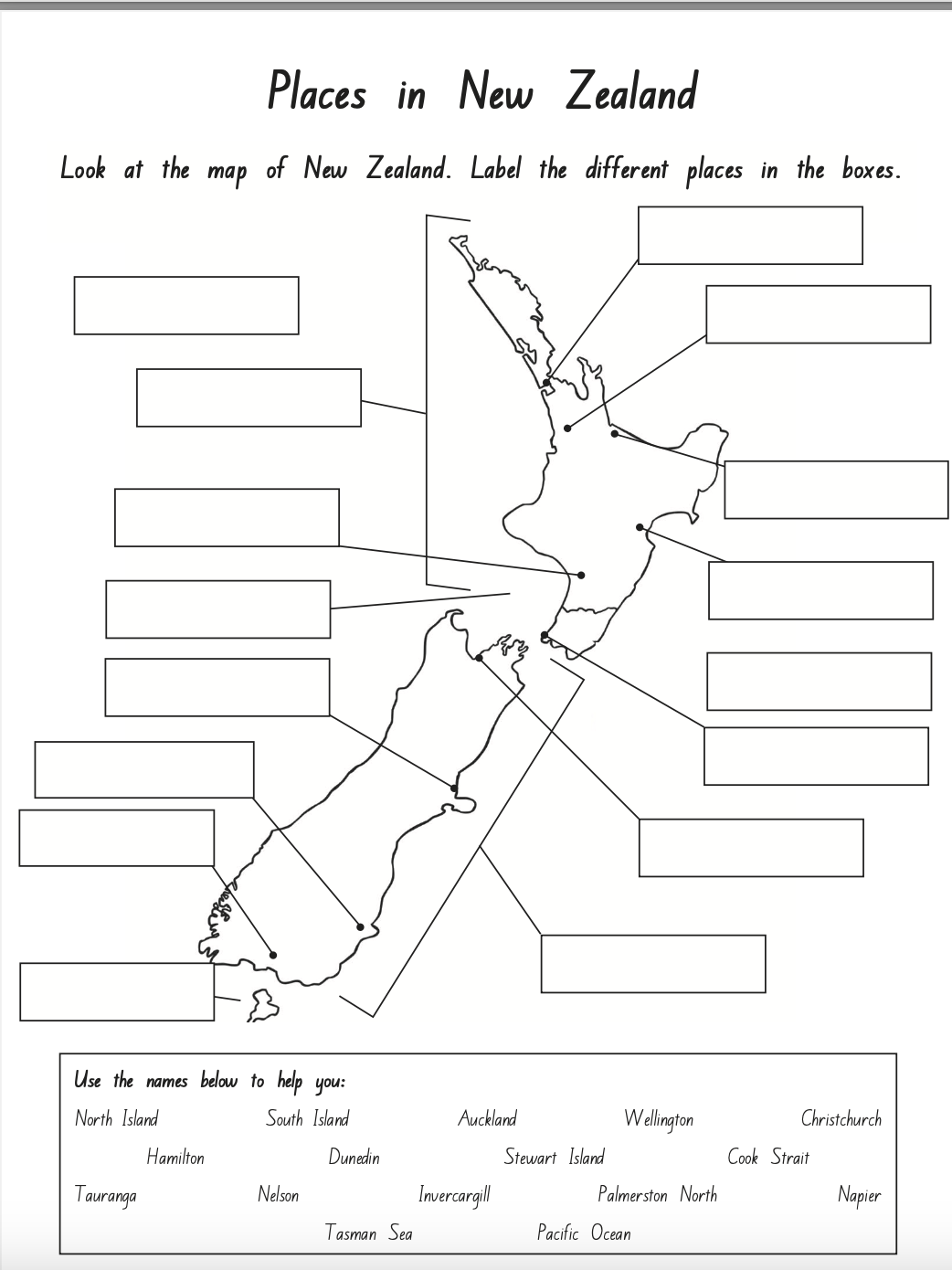


Early finishers please complete your BrainPOP activity. Link is on Google Classroom.
A reminder that we will be completing our Weekly Quiz on Wednesday. -
Enter text here...
EXPLORE / TŪHURA learning intentions:
- We are EXPLORING celebrations and how different cultures celebrate.
- We are EXPLORING...
- We are EXPLORING...
Enter text here...
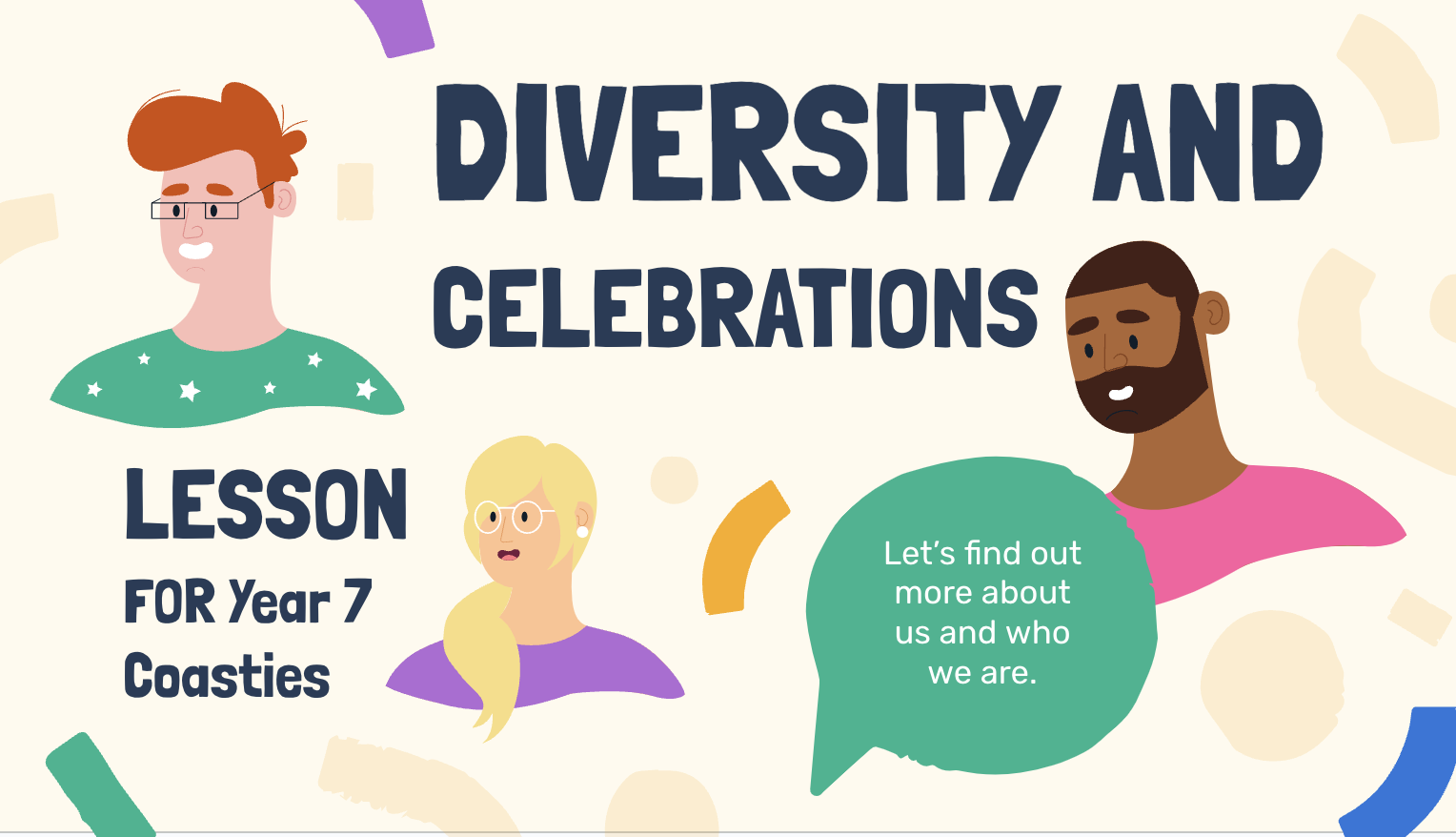
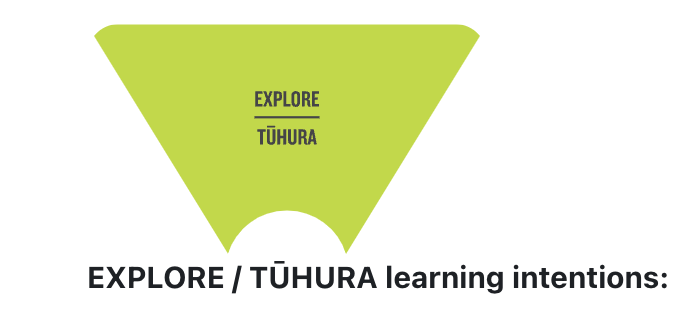
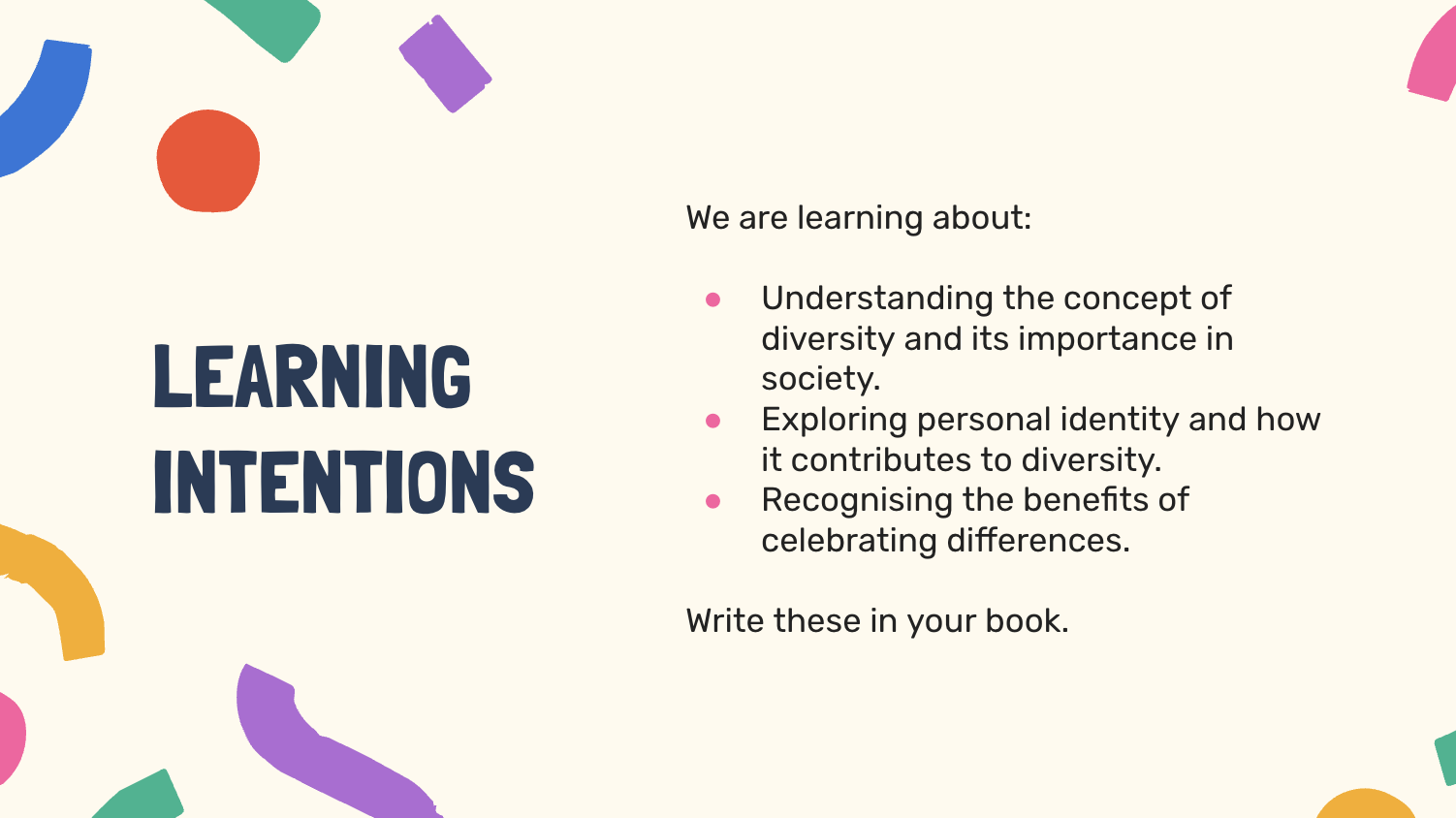
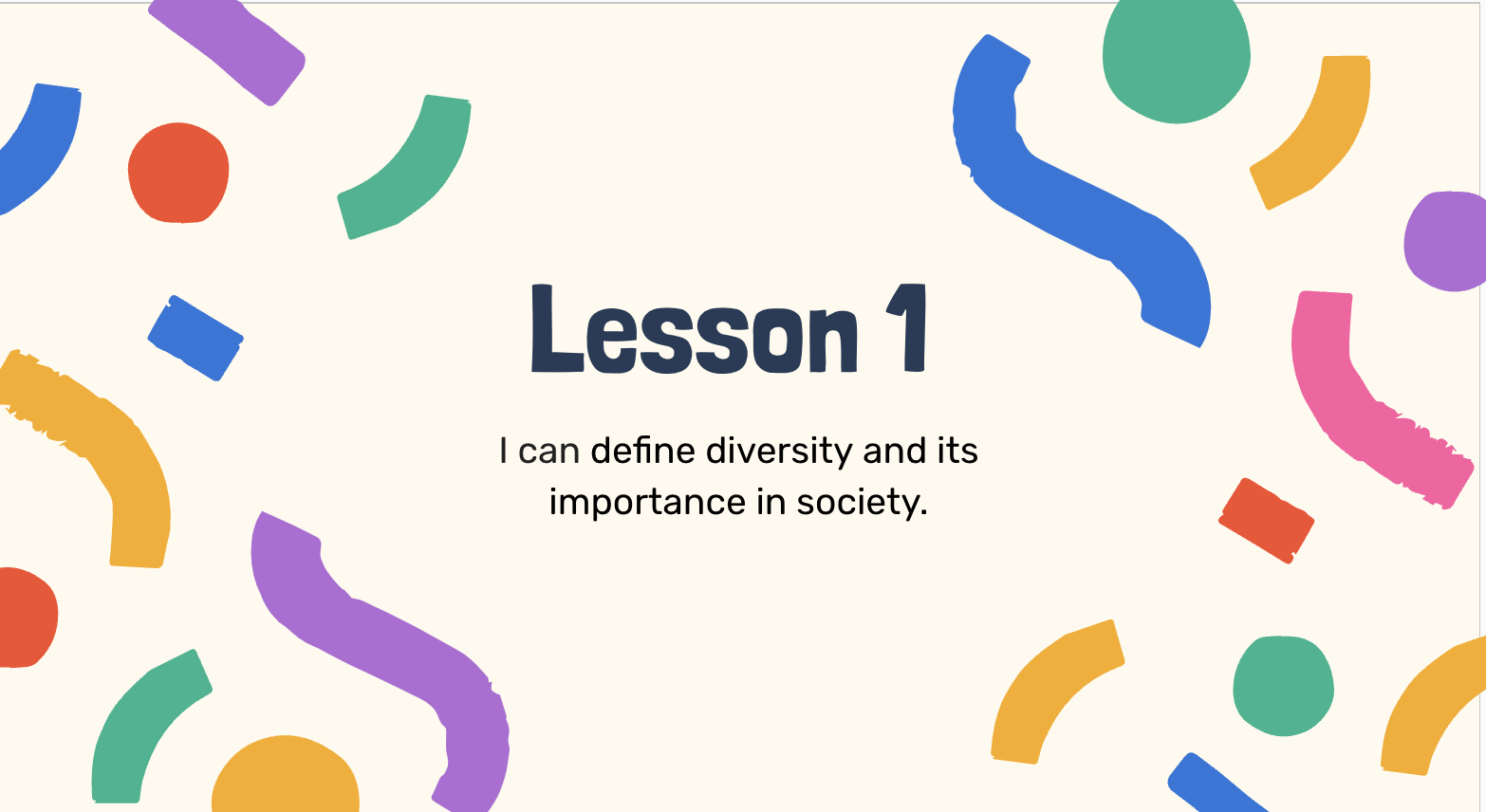
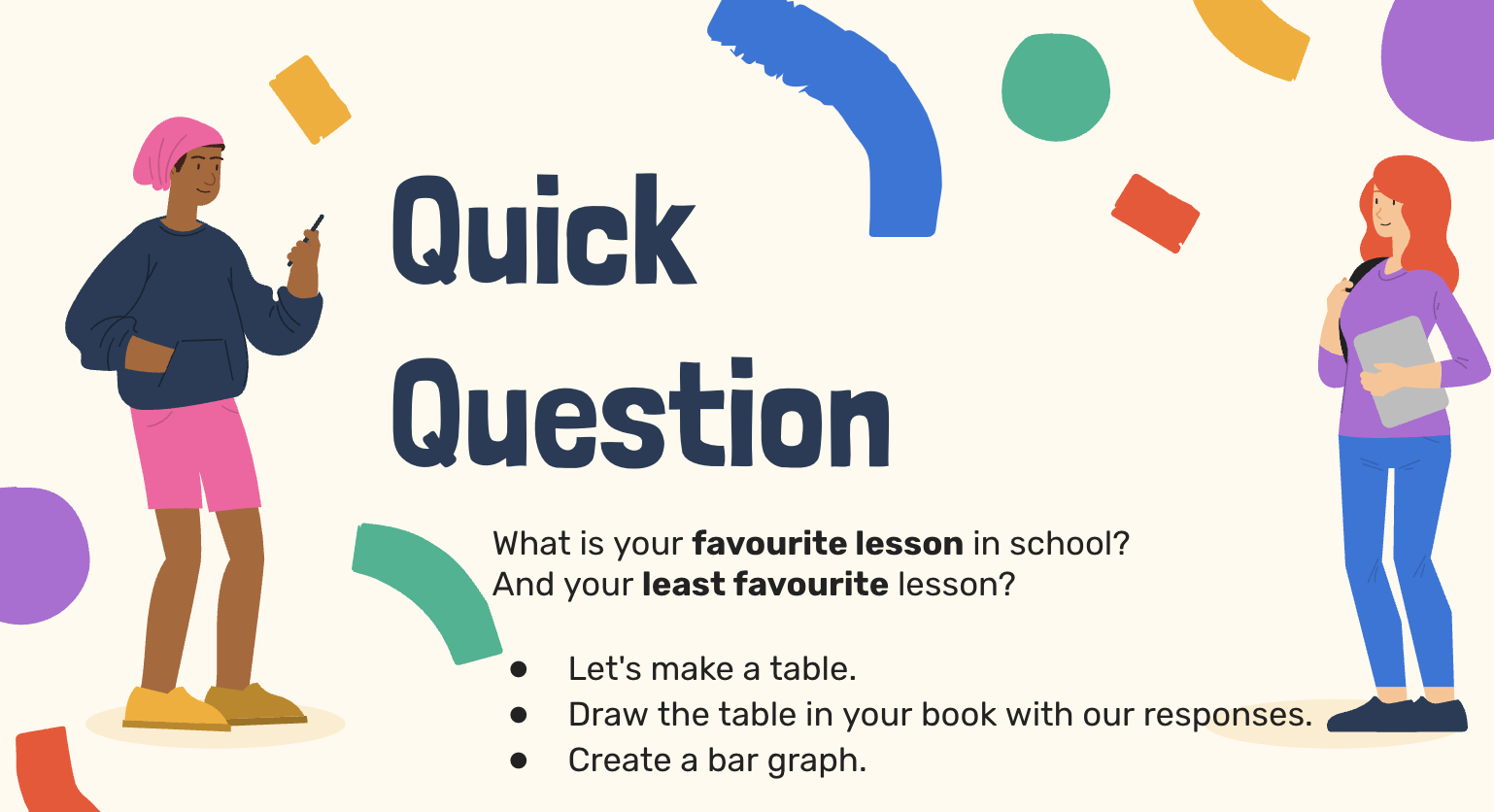
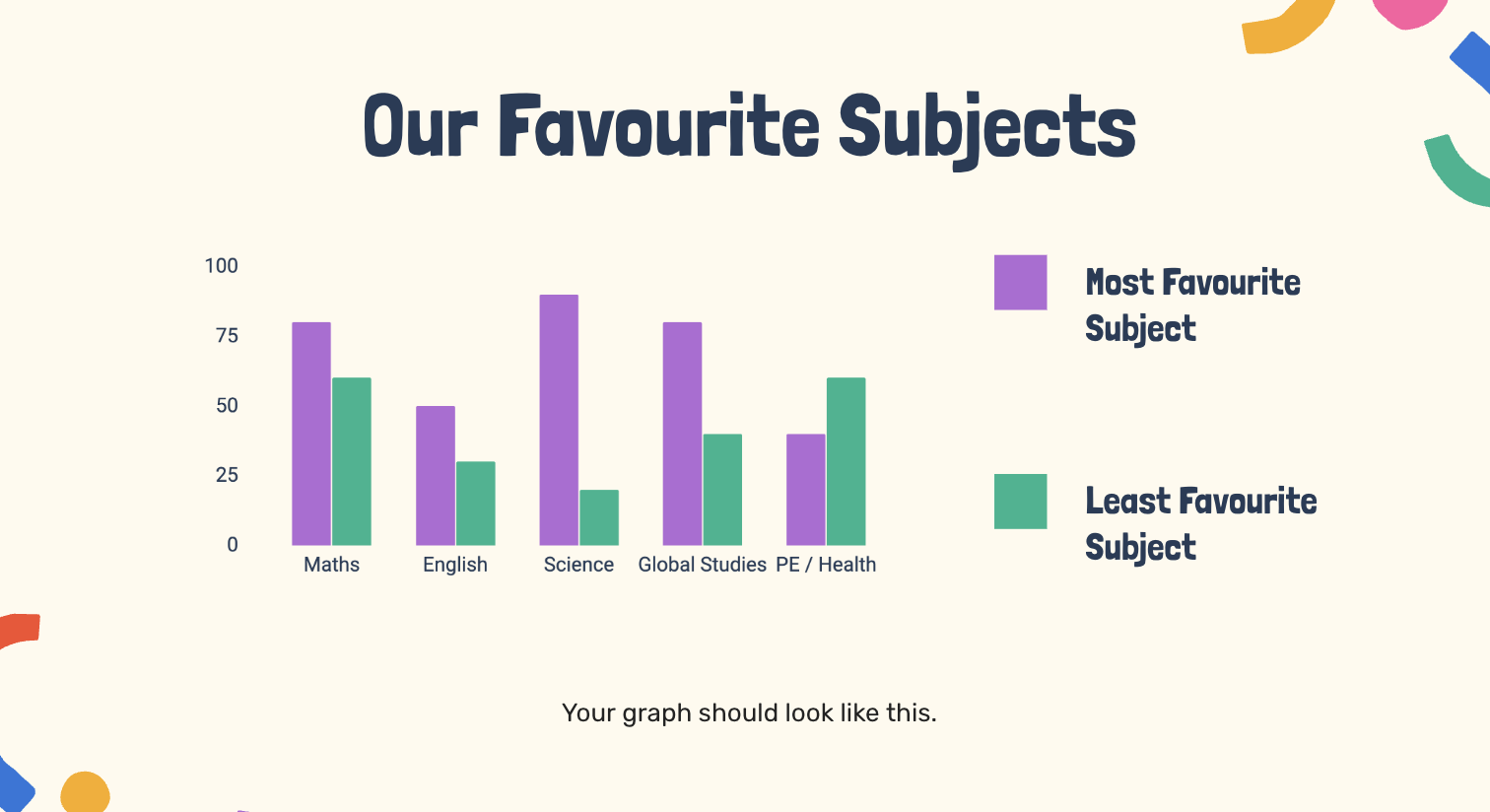
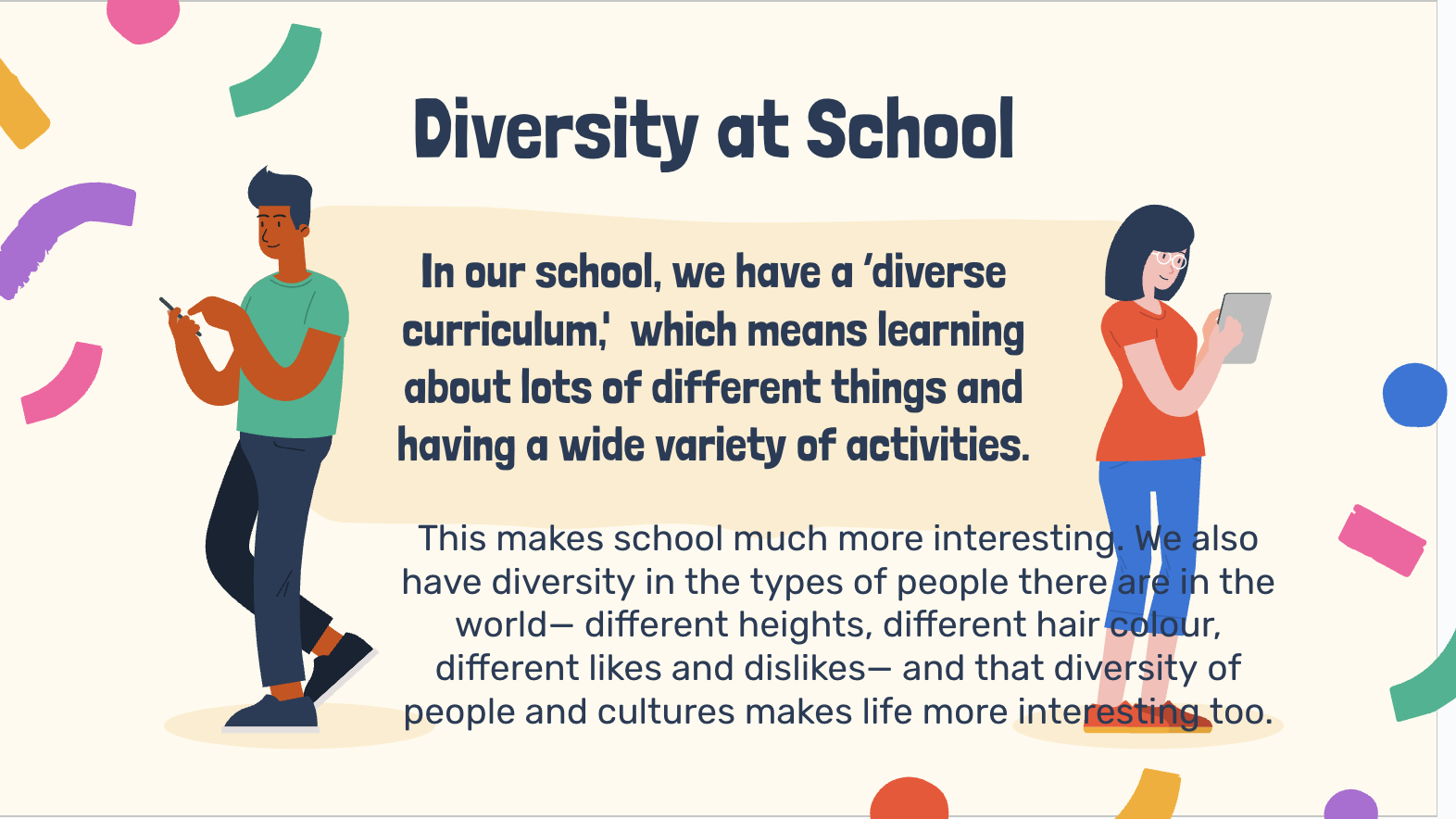
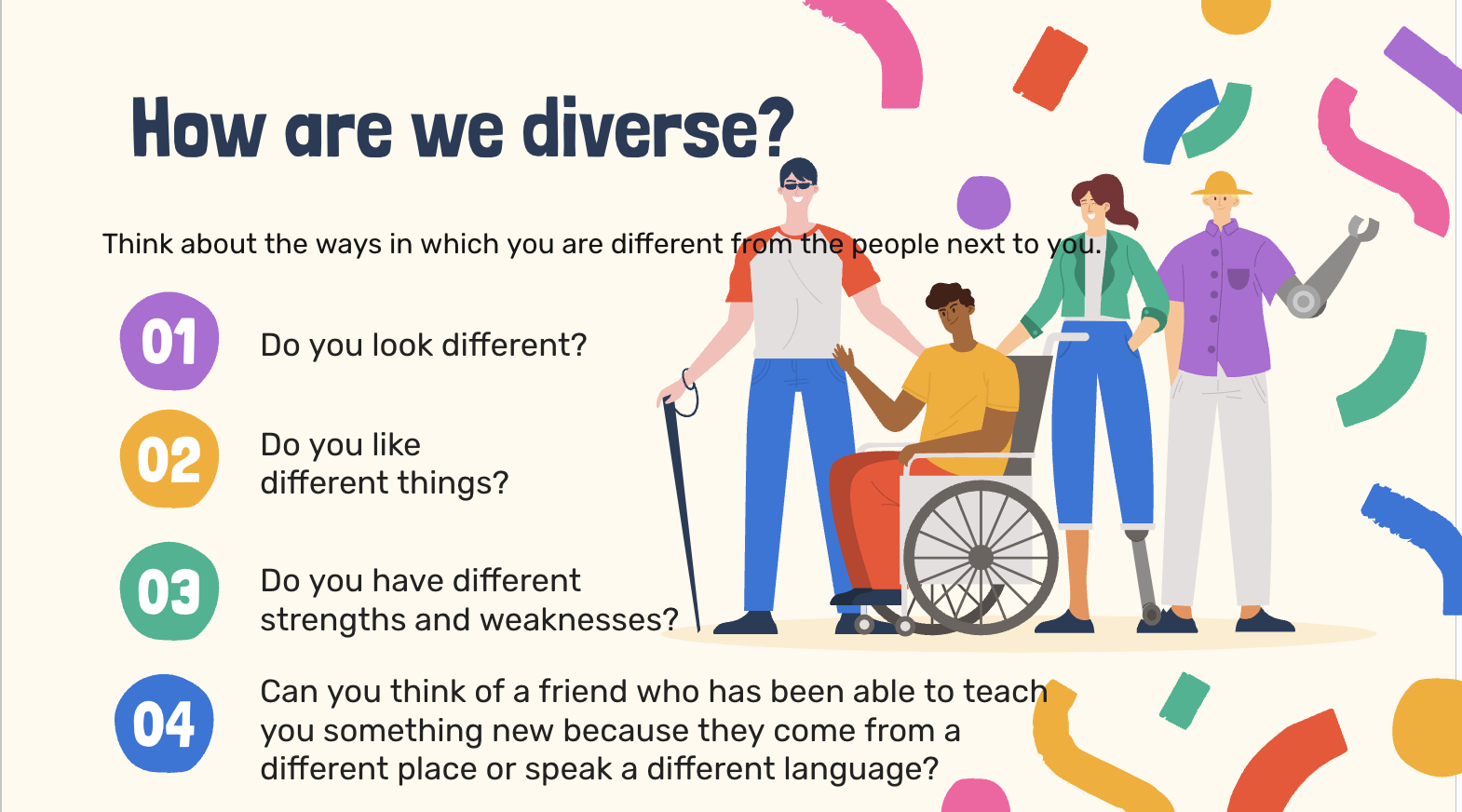
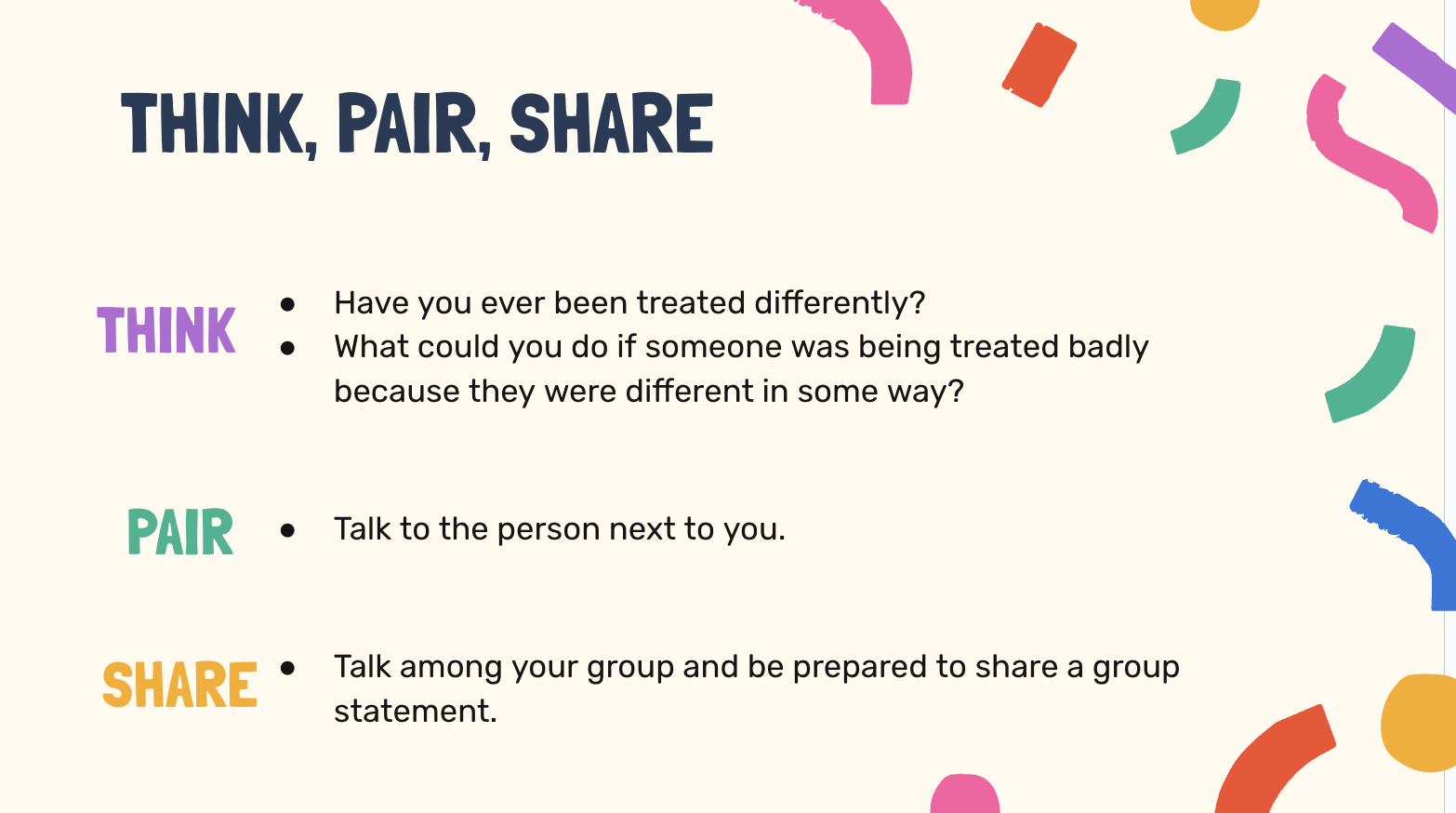
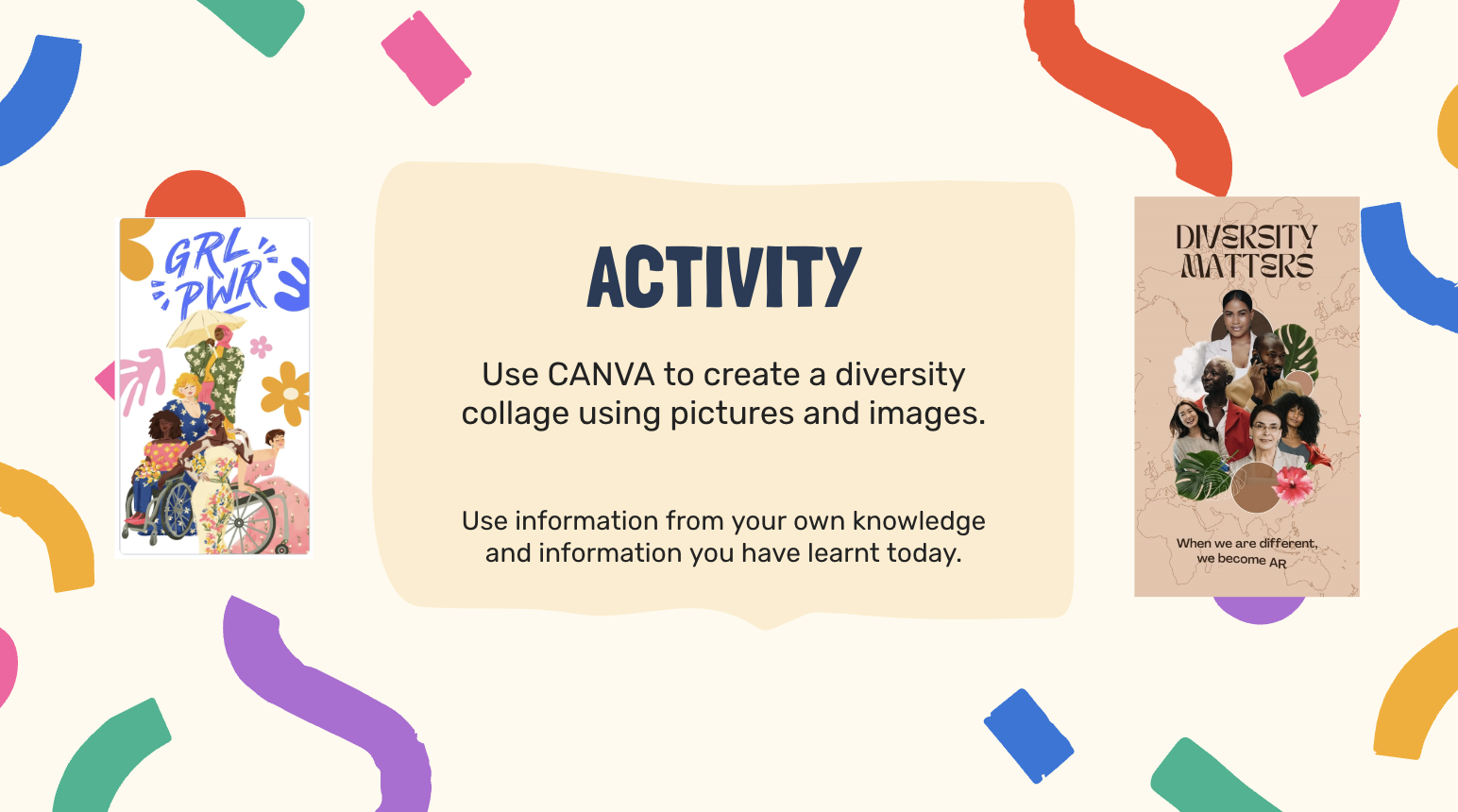
-
Kia ora 7C2,








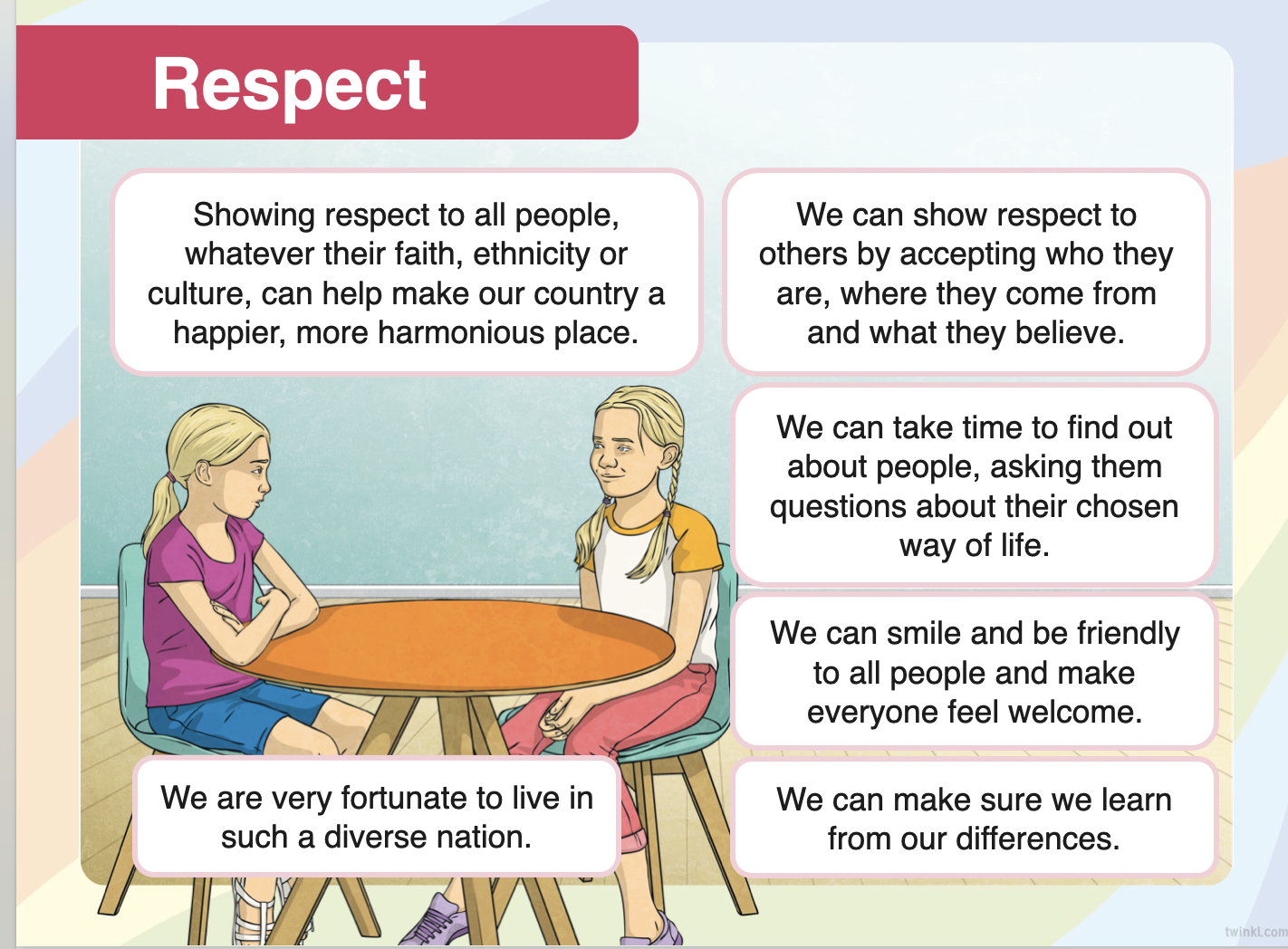


-
Kia ora 7C2,
I hope that you've all had a lovely long weekend.
Monday - Labour Day - No Global Studies.
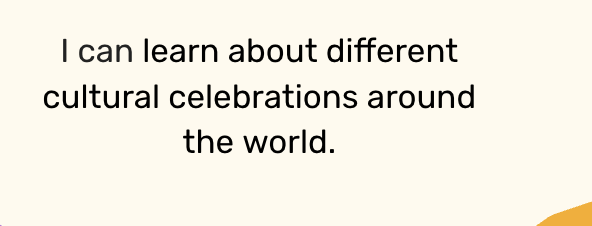
Complete scavenger hunt activity from last week, based on cultural celebrations display in the central whanau.
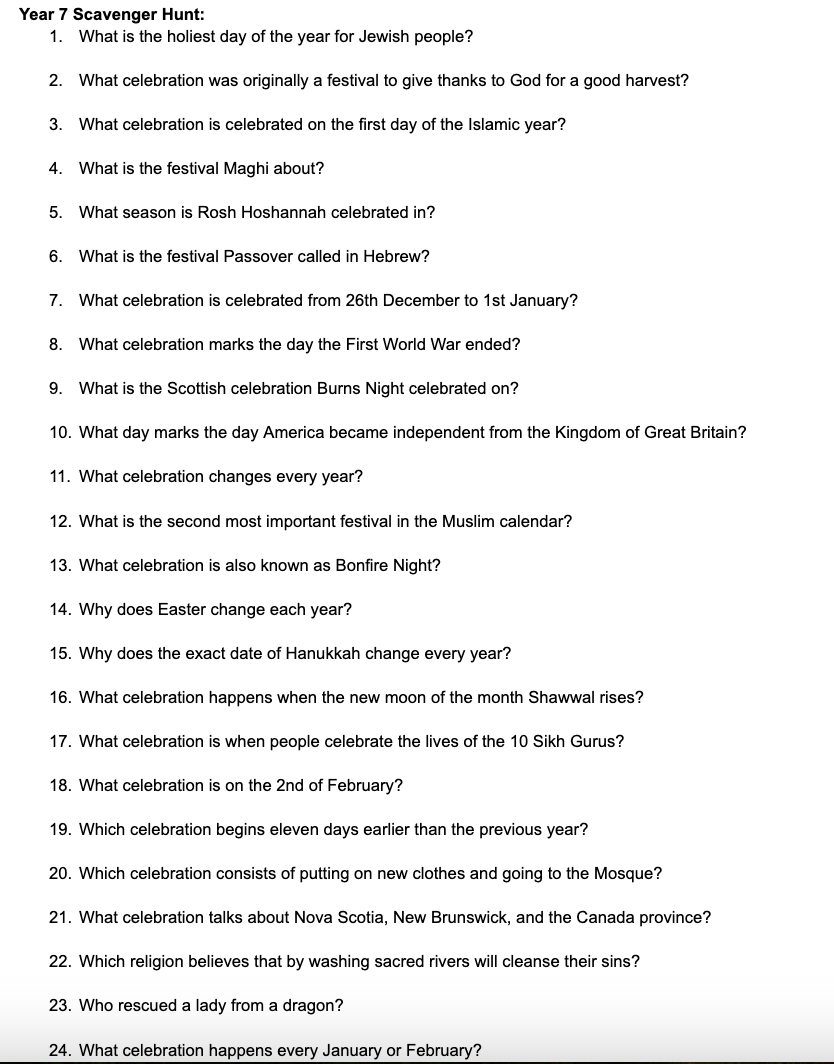
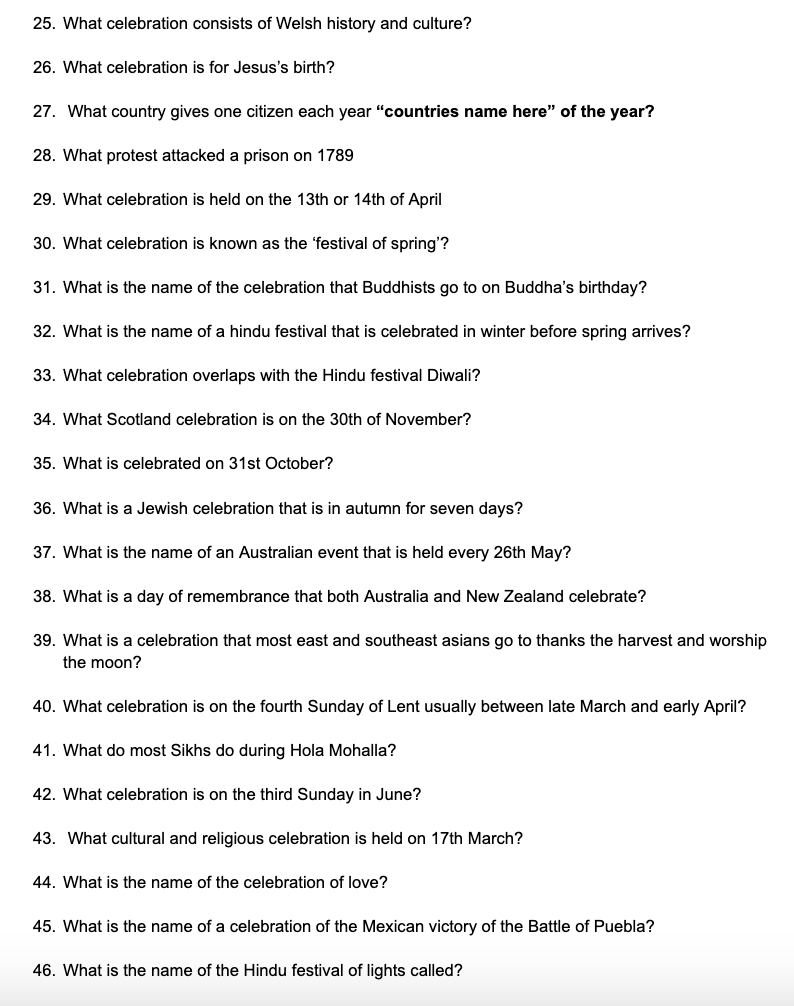
Complete weekly quiz on Thursday.
-
Kia ora 7C2,
Please complete the activity below in your books.
Questions are on Google Classroom.

We are learning about the importance of Labour Day.
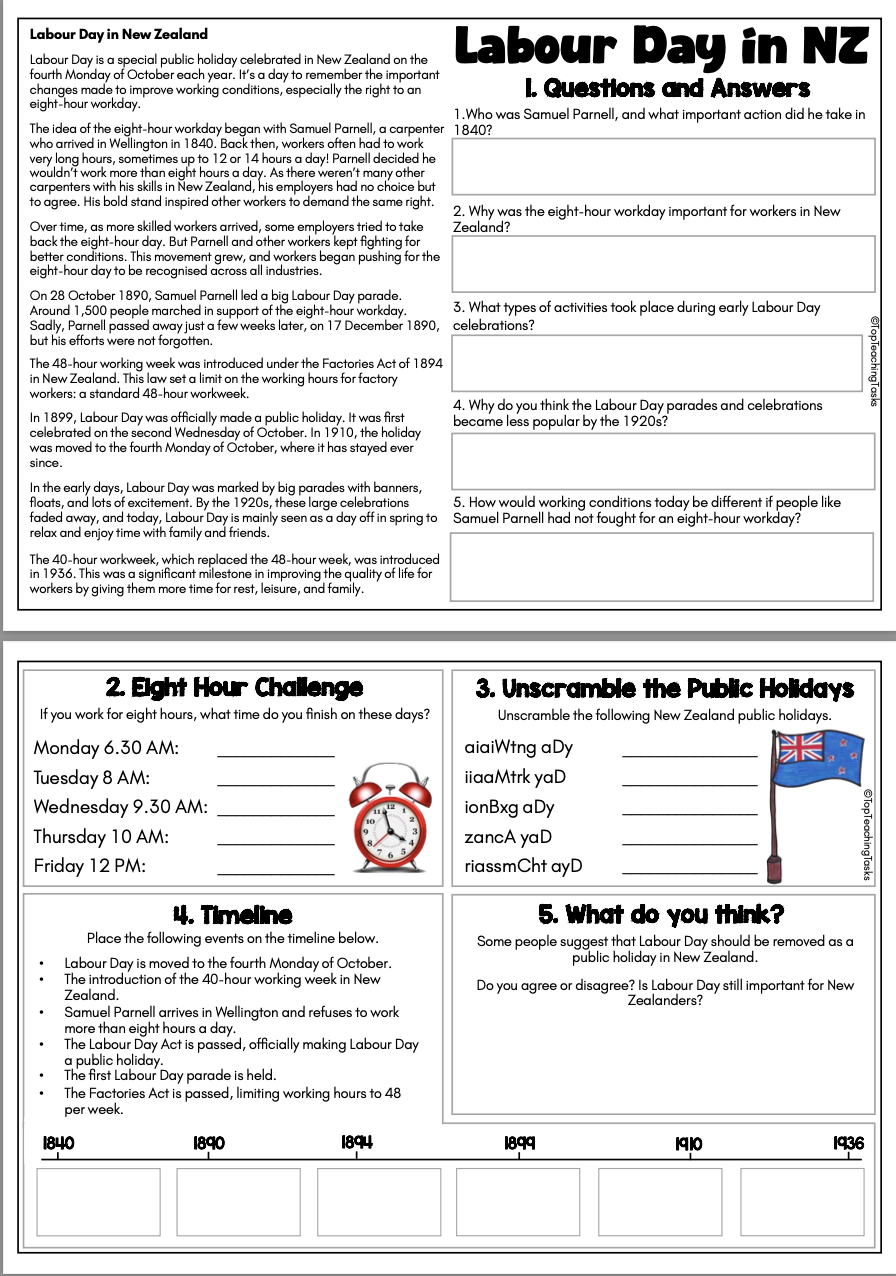
Complete weekly quiz on Thursday.
-
Kia ora 7C2,
Continue with activities below. Discuss and mark answers.
Questions are on Google Classroom.

We are learning about the importance of Labour Day.

Complete weekly quiz on Thursday.
-
Enter text here...
EXPLORE / TŪHURA learning intentions:
- We are EXPLORING celebrations and how different cultures celebrate.
Kia ora 7C2
This week, we will be looking at how diversity is recognised in New Zealand and how we are all different and living in our world. We will discuss celebrations and how we all celebrate around the summer holidays.
We will be reading and completing activities around the books we read.
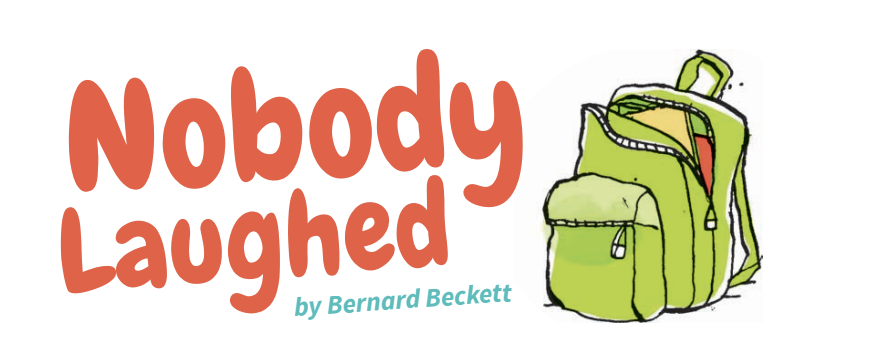

-
Enter text here...
EXPLORE / TŪHURA learning intentions:
- We are EXPLORING celebrations and how different cultures celebrate at Christmas time in New Zealand.
Kia ora 7C2,Welcome to the second to last week of the year.You are planning a christmas party for our class - remember the Matariki Party challenge, this is similar.Session 1Weekly Quiz - mark with your teacherBegin the Christmas Party Challenge.- Brainstorm your meal items. Think about what you have for christmas with your whanau and base your party around your traditions and foods from home.
- Brainstorm possibilities for each of the categories - starters, mains and dessert. You could add family favourites, ideas from recipe books or websites and popular ‘crowd-pleasers’. Aim for at least four ideas for each meal category.
- You now need to decide on your final meal items from your brainstormed list. You can choose to conduct a vote or use a ranking system.
- Your budget is $200.
Session 2- Make a list of all the ingredients required to make your starter, main meal and dessert items. Make sure you think through each
item carefully and check any relevant recipes. - Think about any additional items you may need in order to prepare and serve your food.
Do you need napkins, plates or spoons? - What about cooking oil or sauce?
List these items also, as they will contribute towards your overall cost. - Use the budgeting spreadsheet to work out how much money your have spent.
Session 3Display Menu - Create a menu that displays what you will be serving at your Christmas Party.Music Playlist - Create a music playlist that will set the mood for your celebration!

